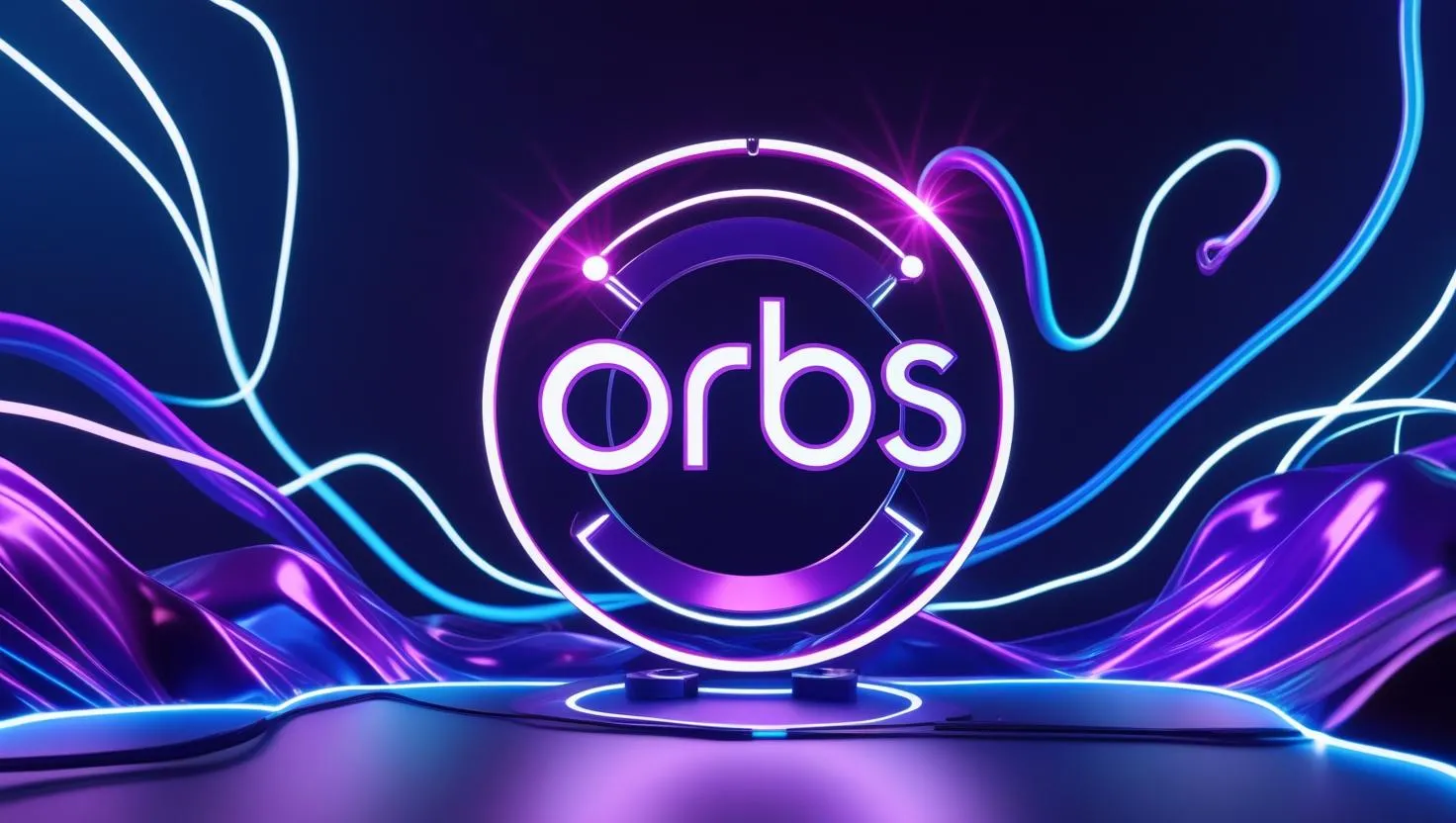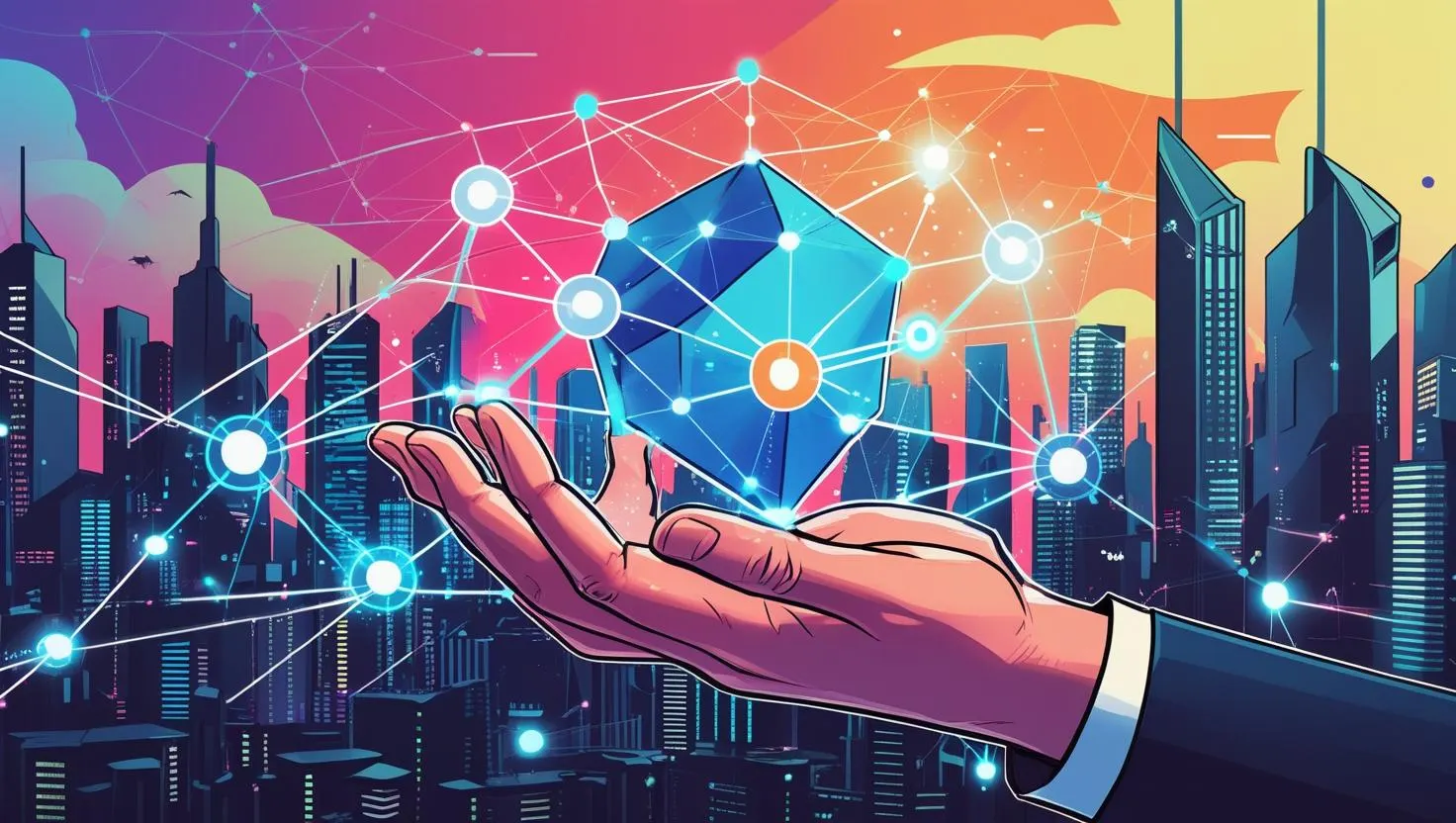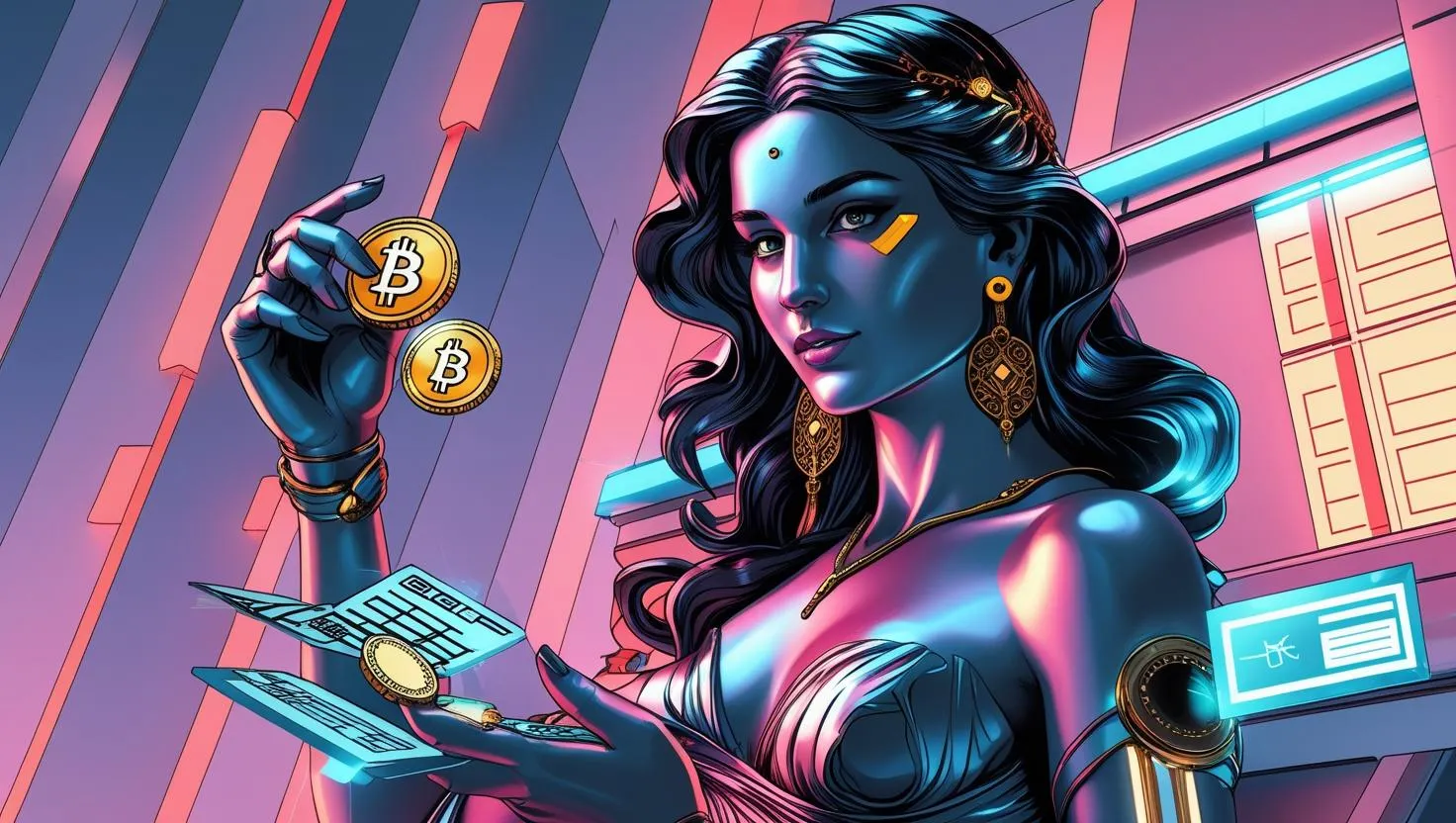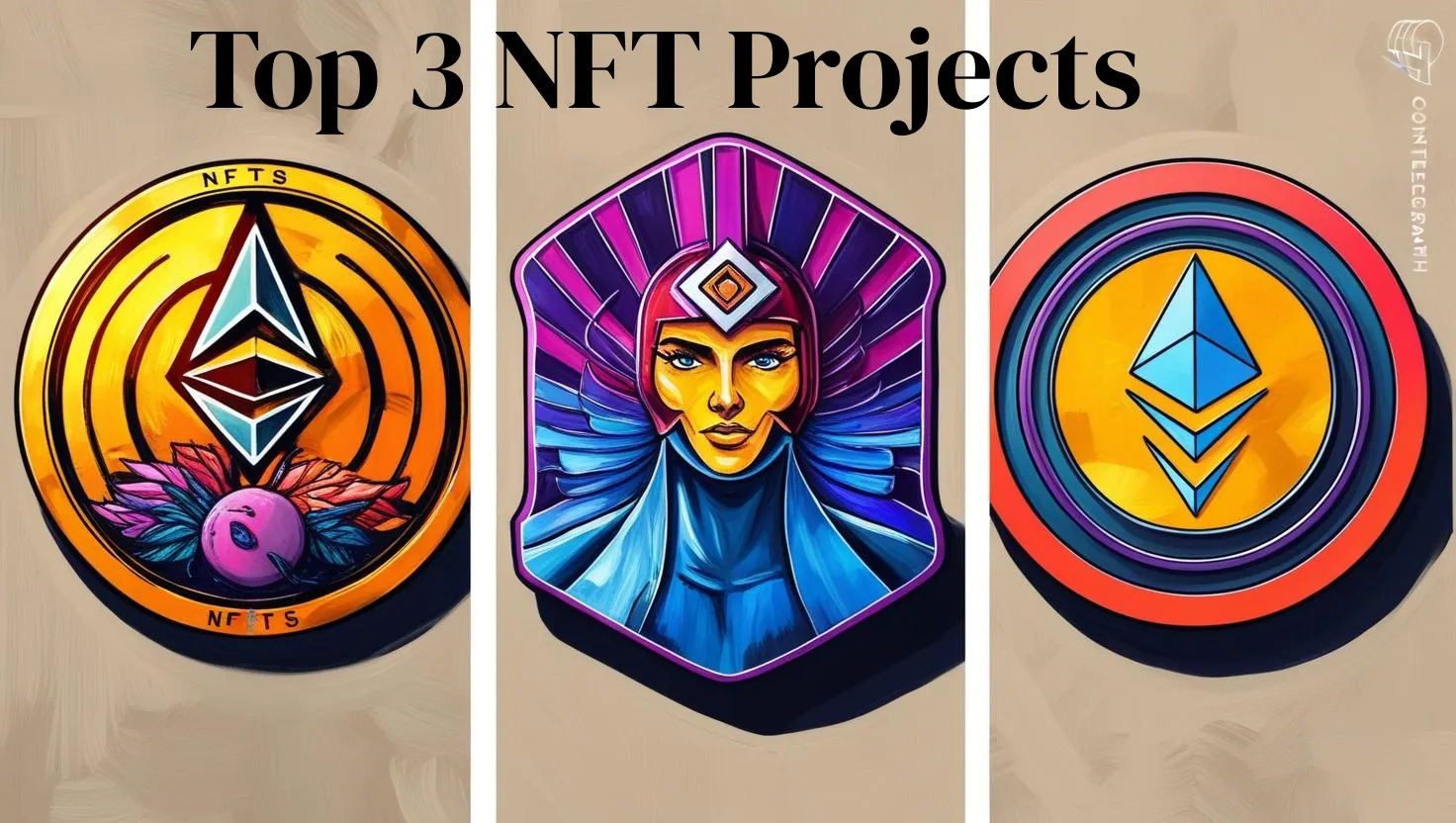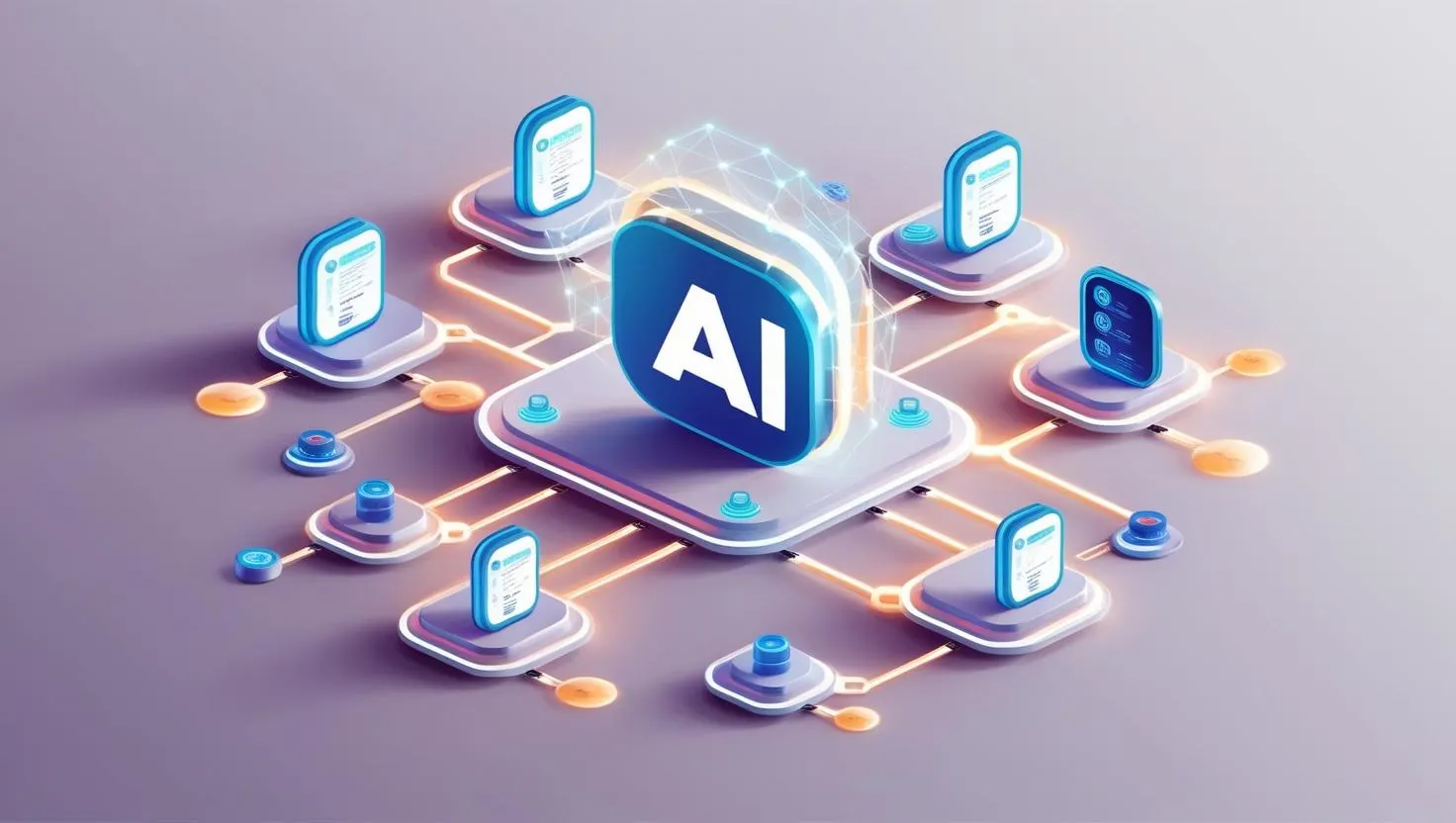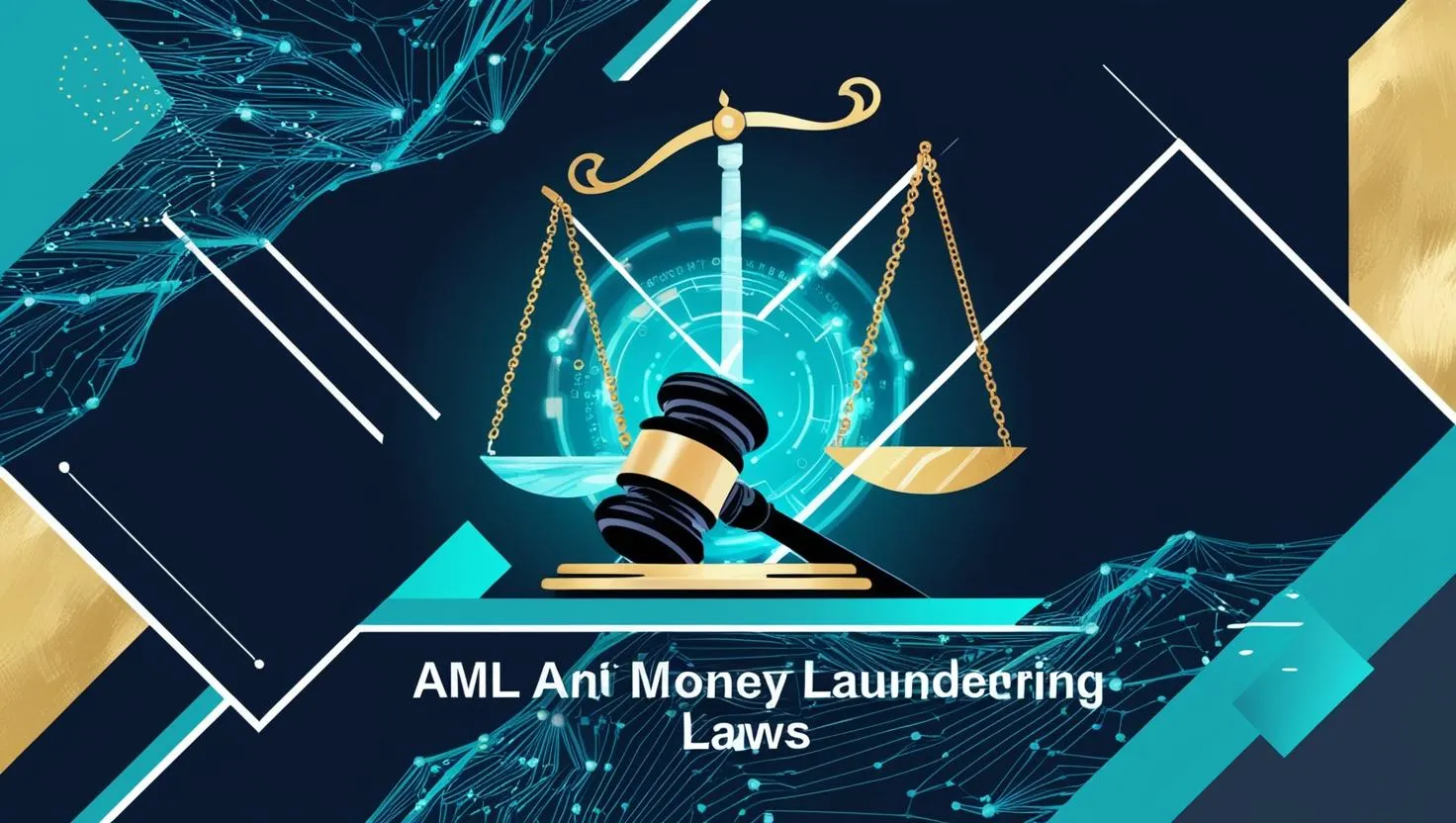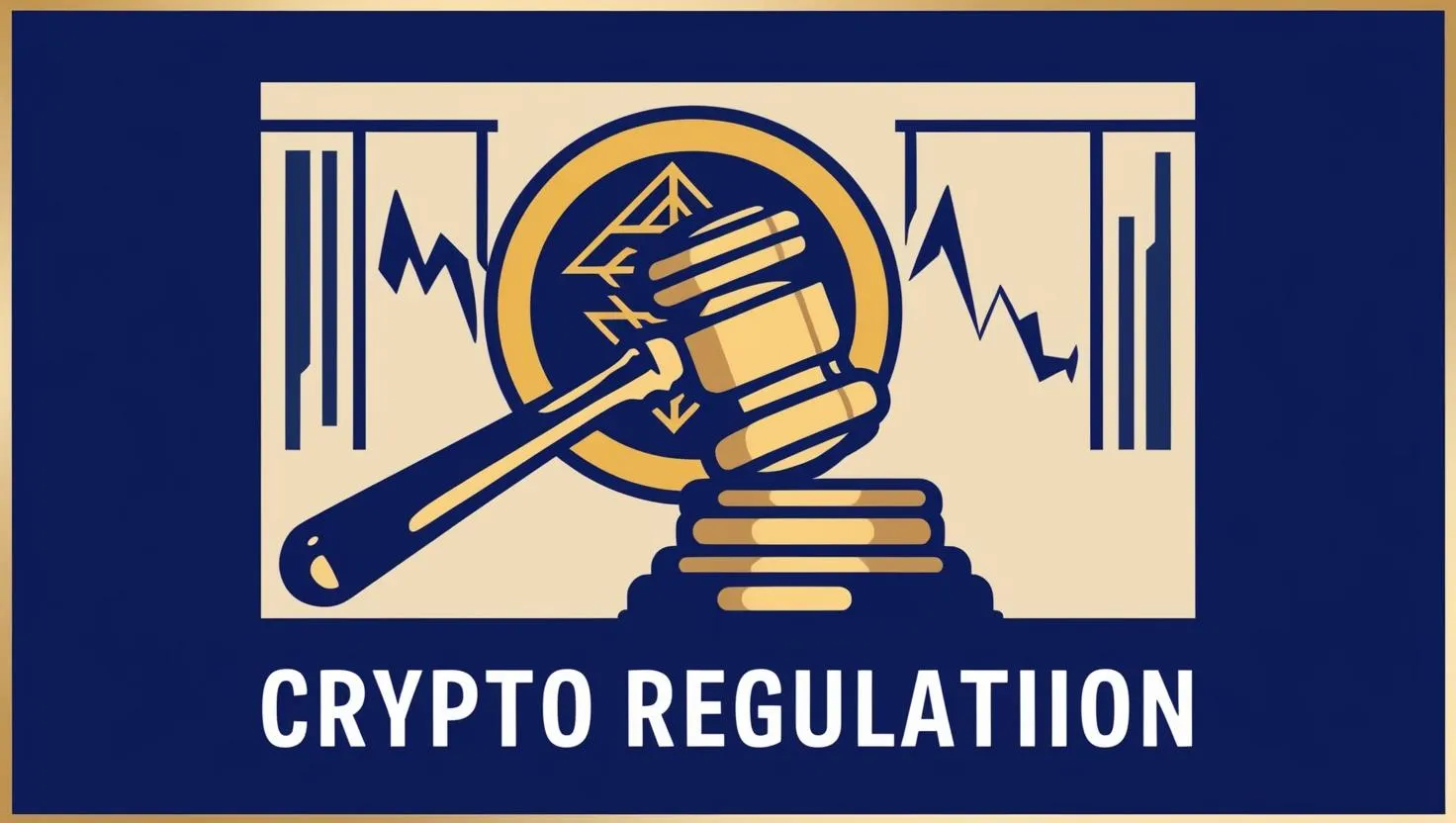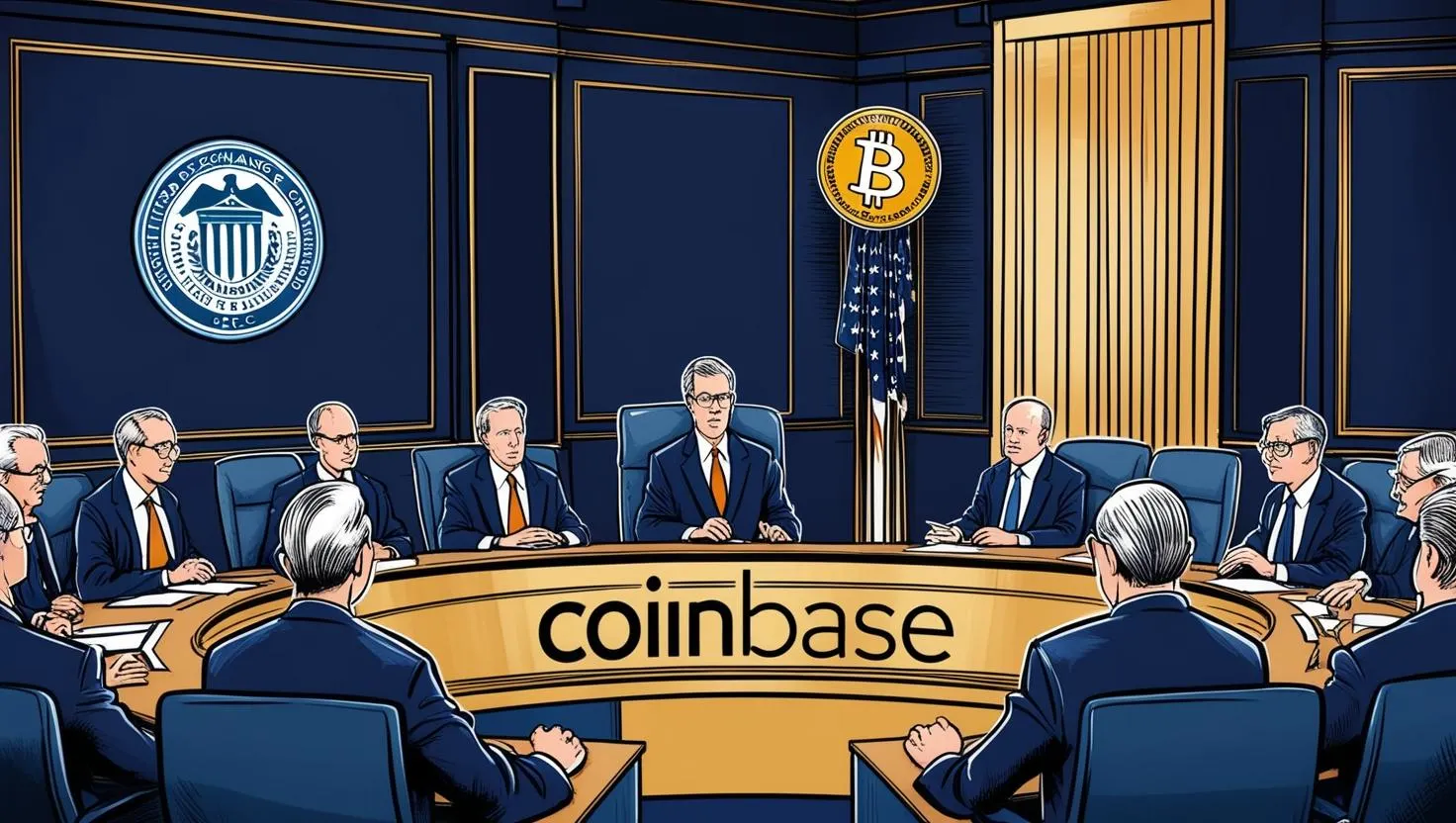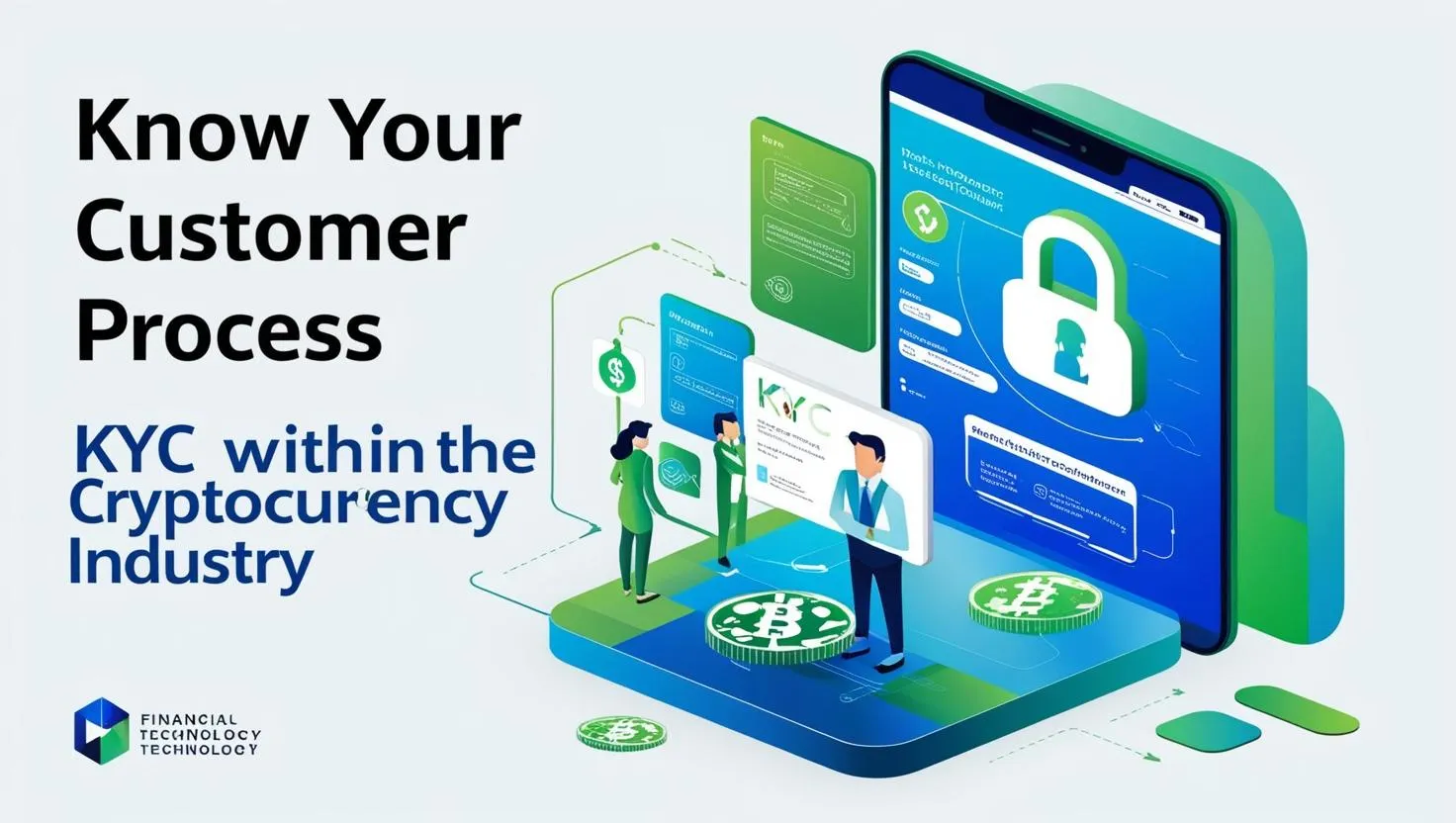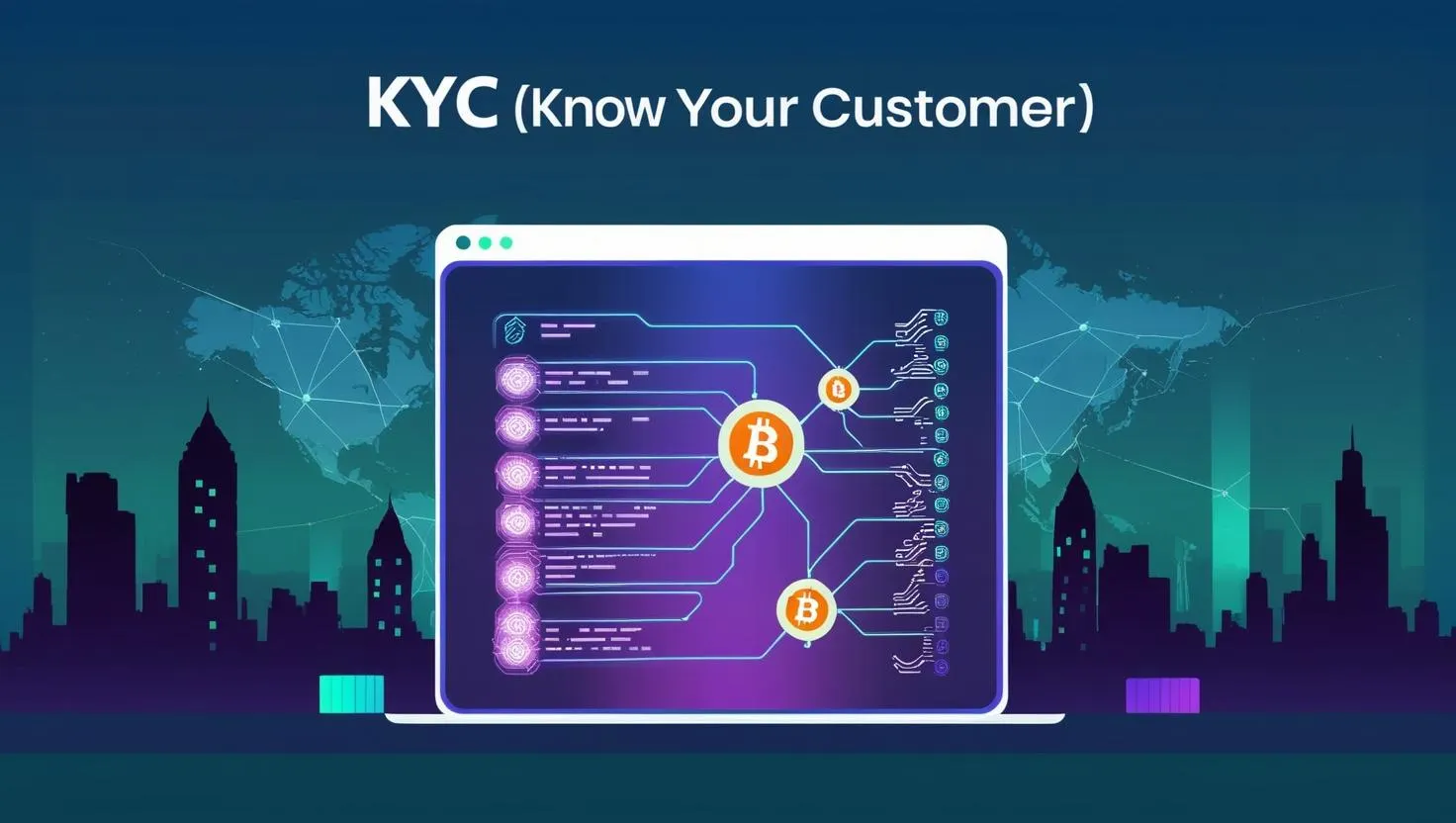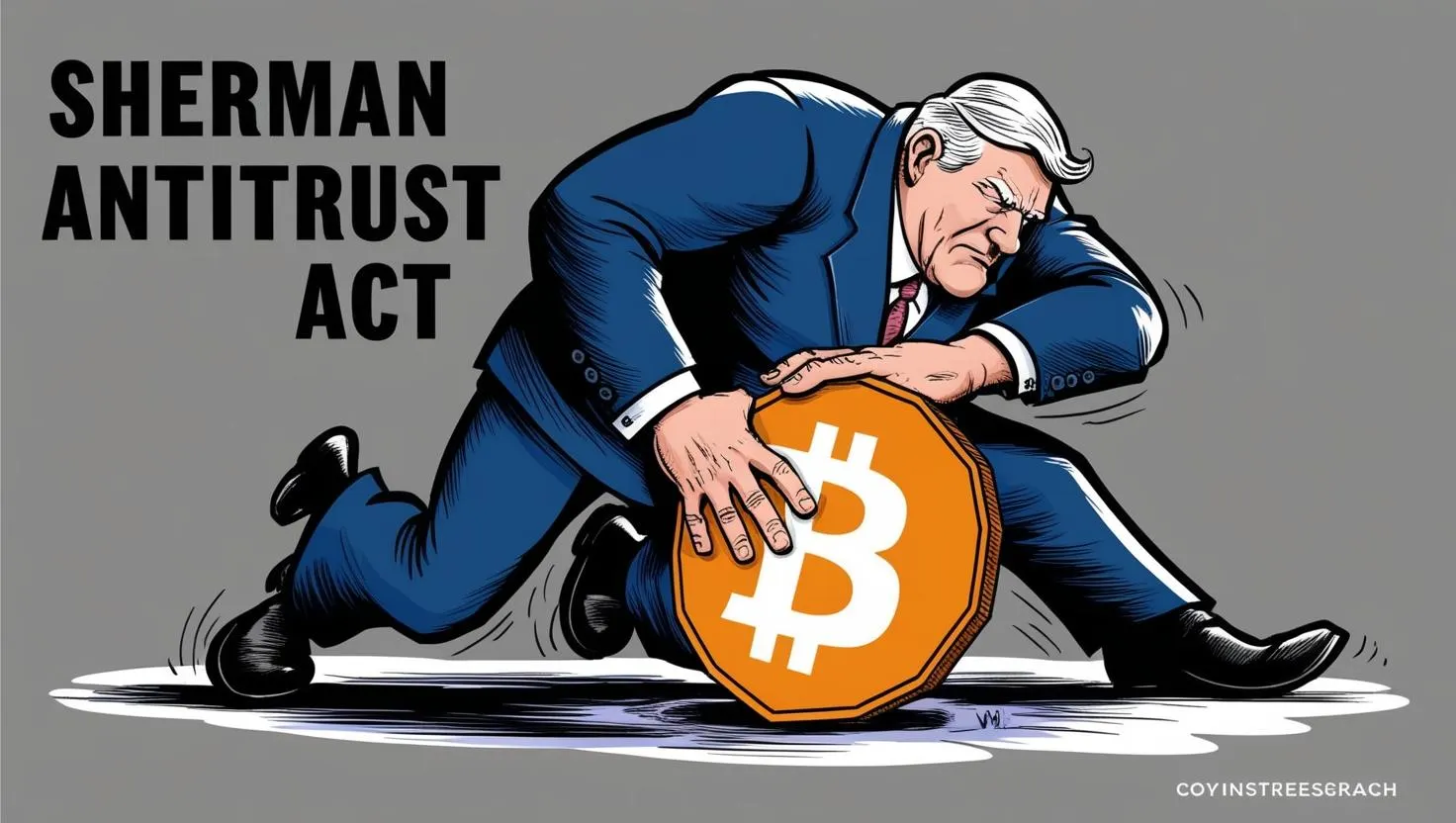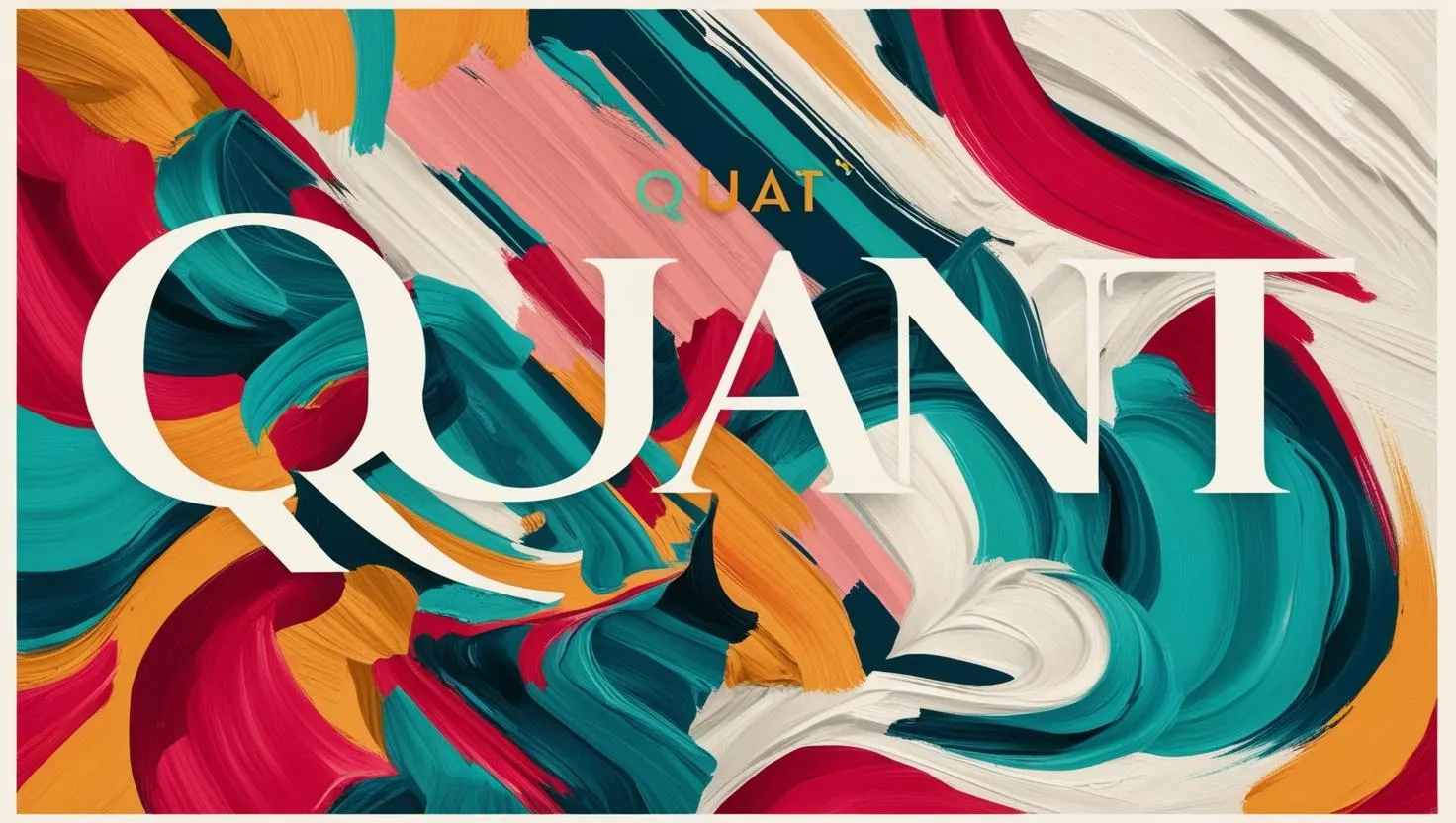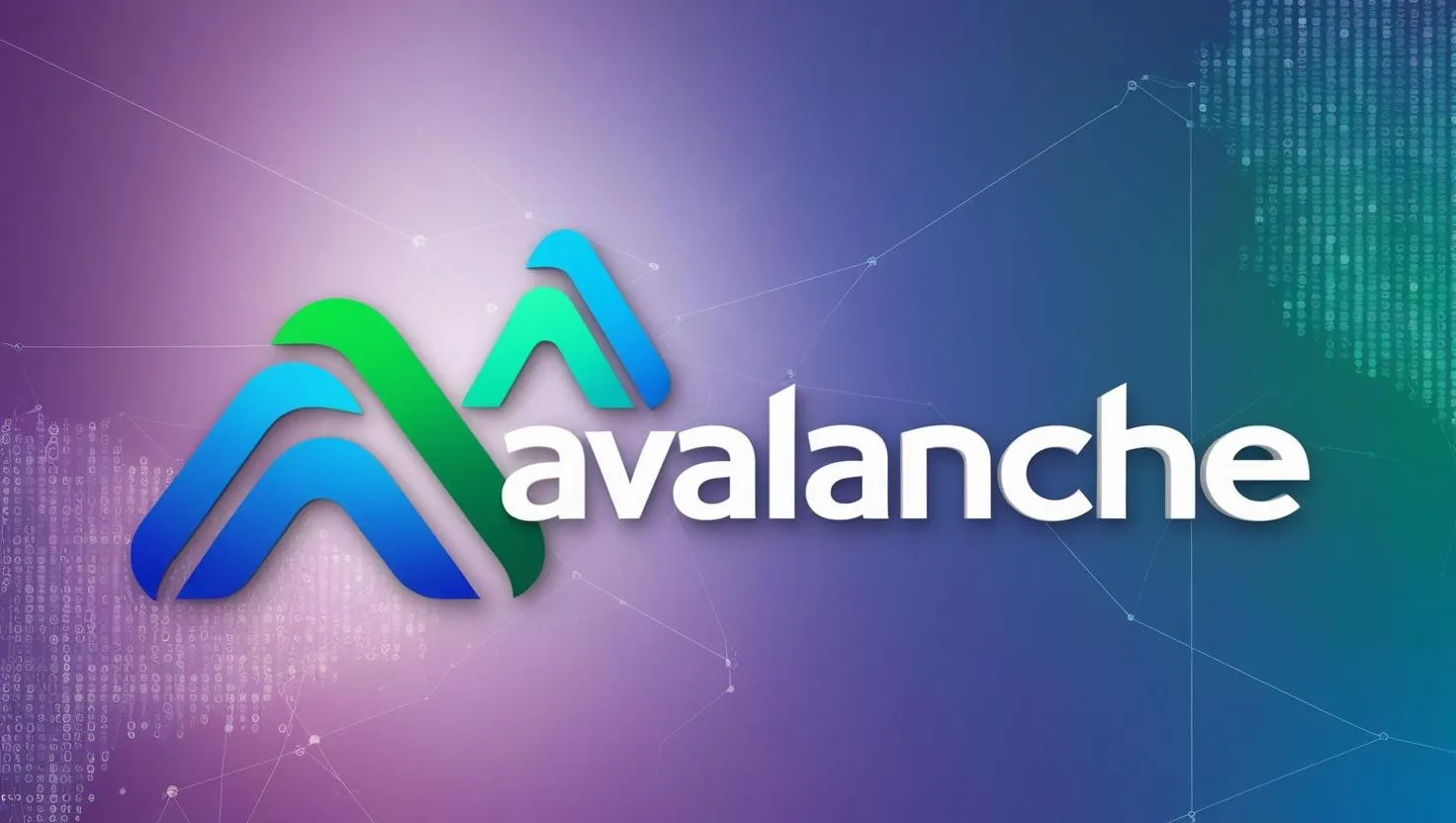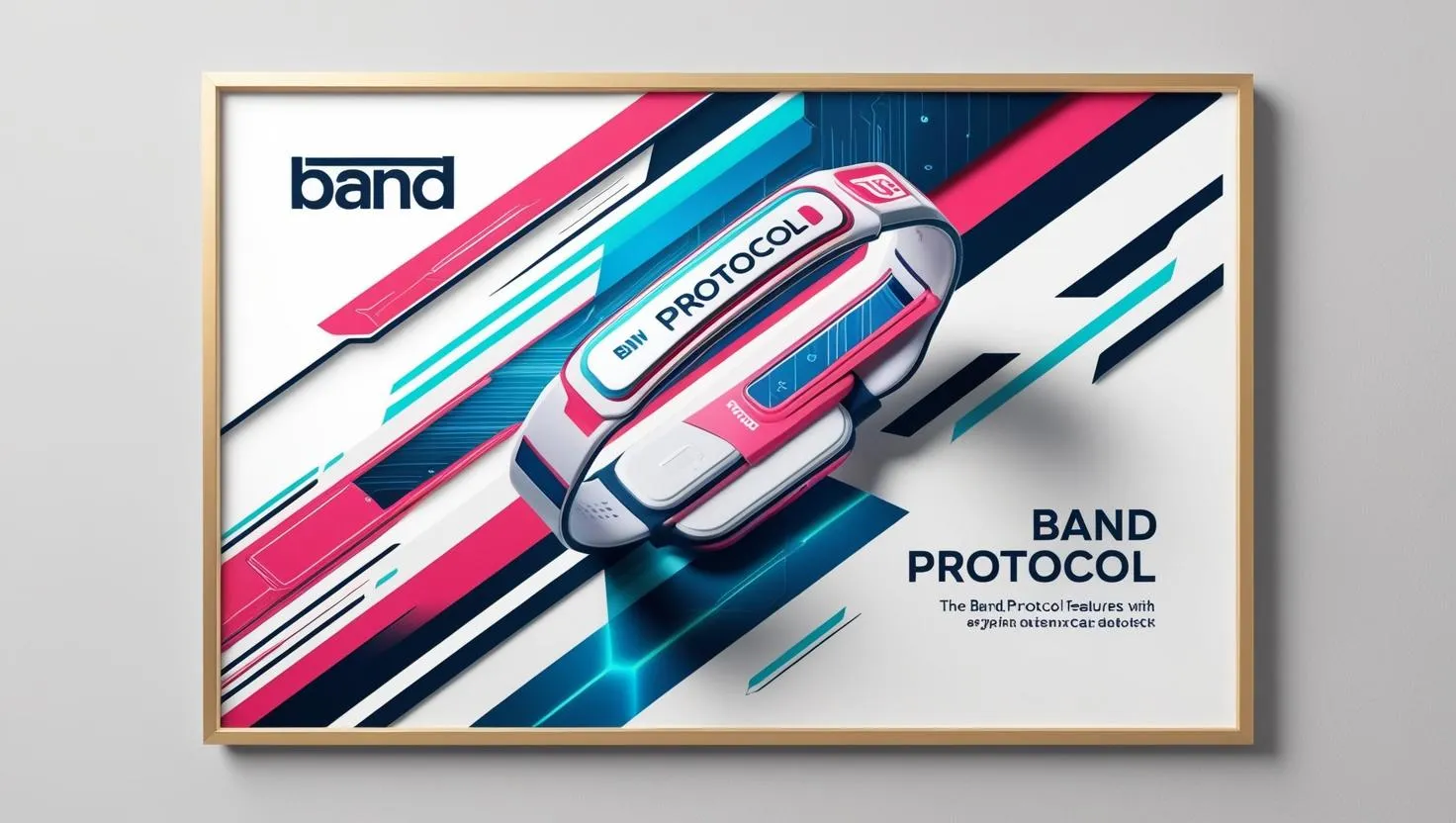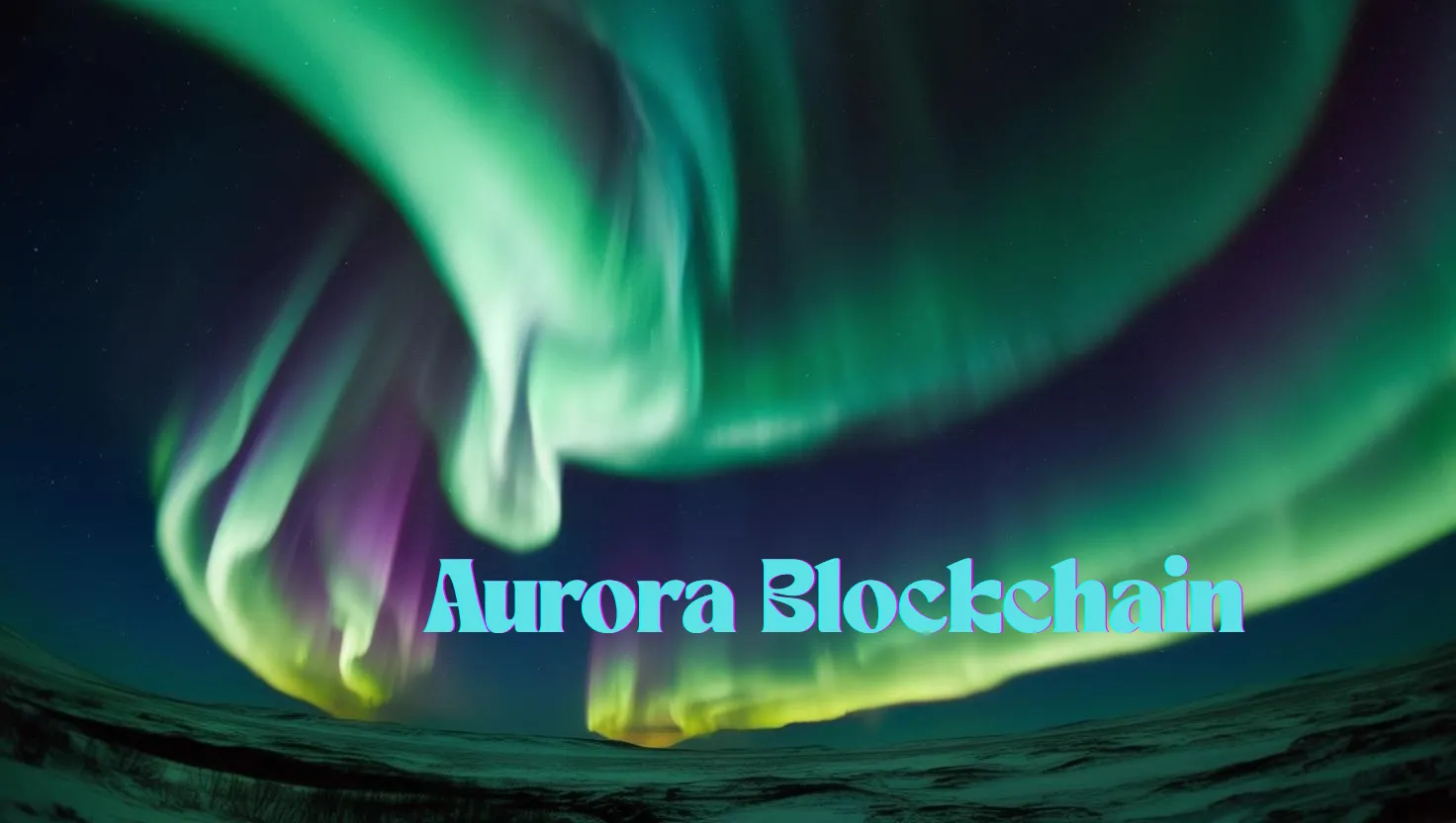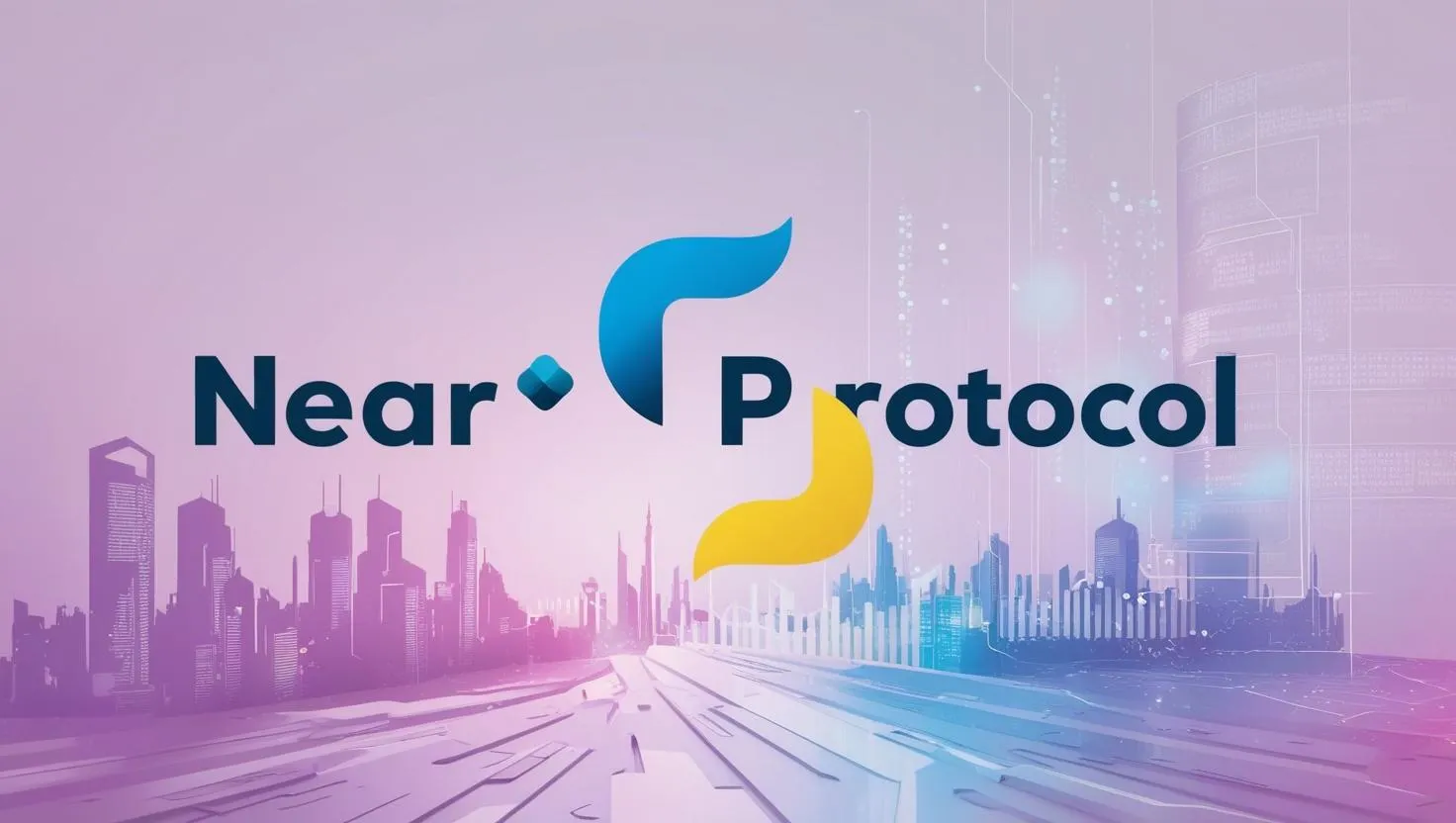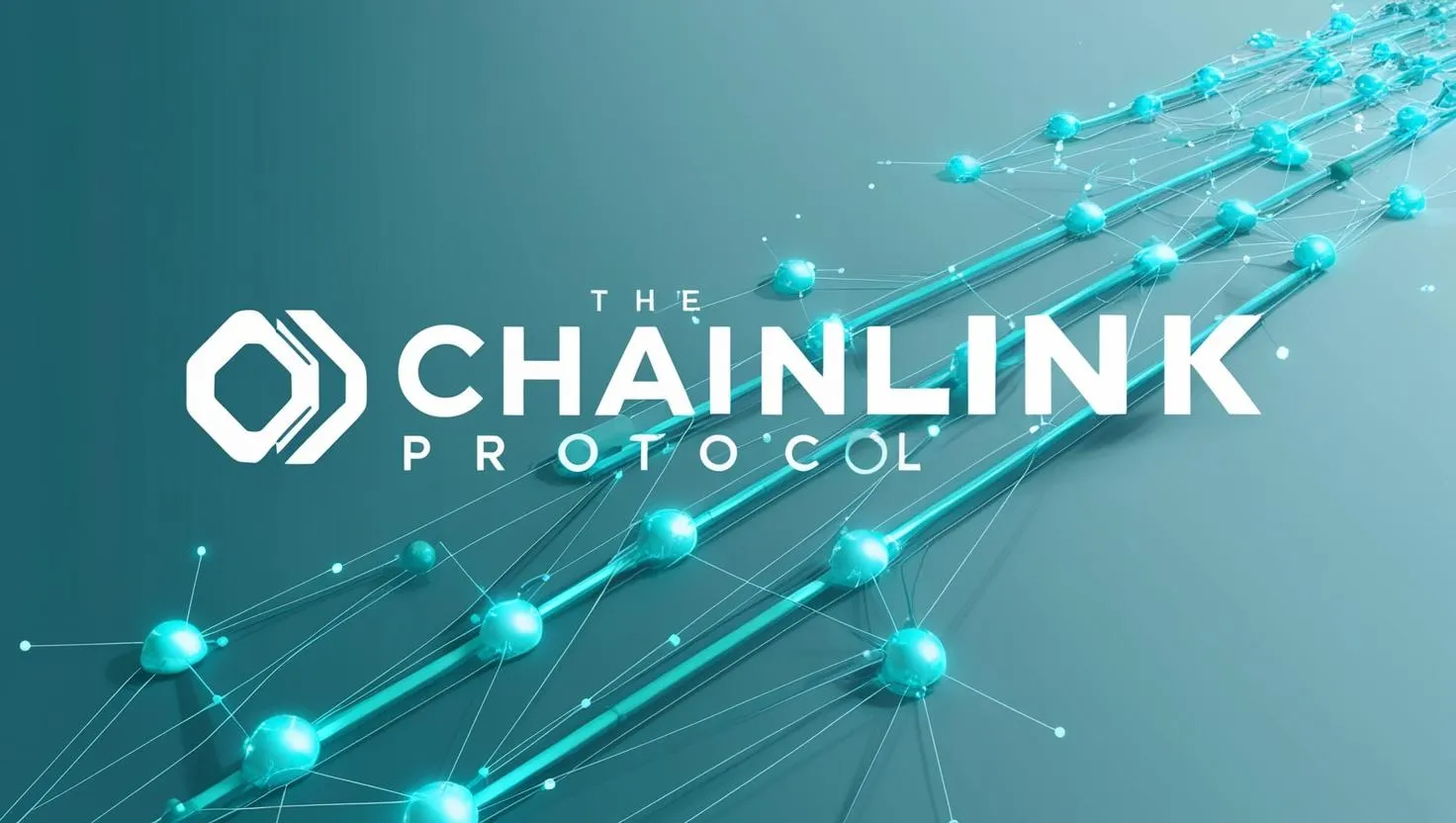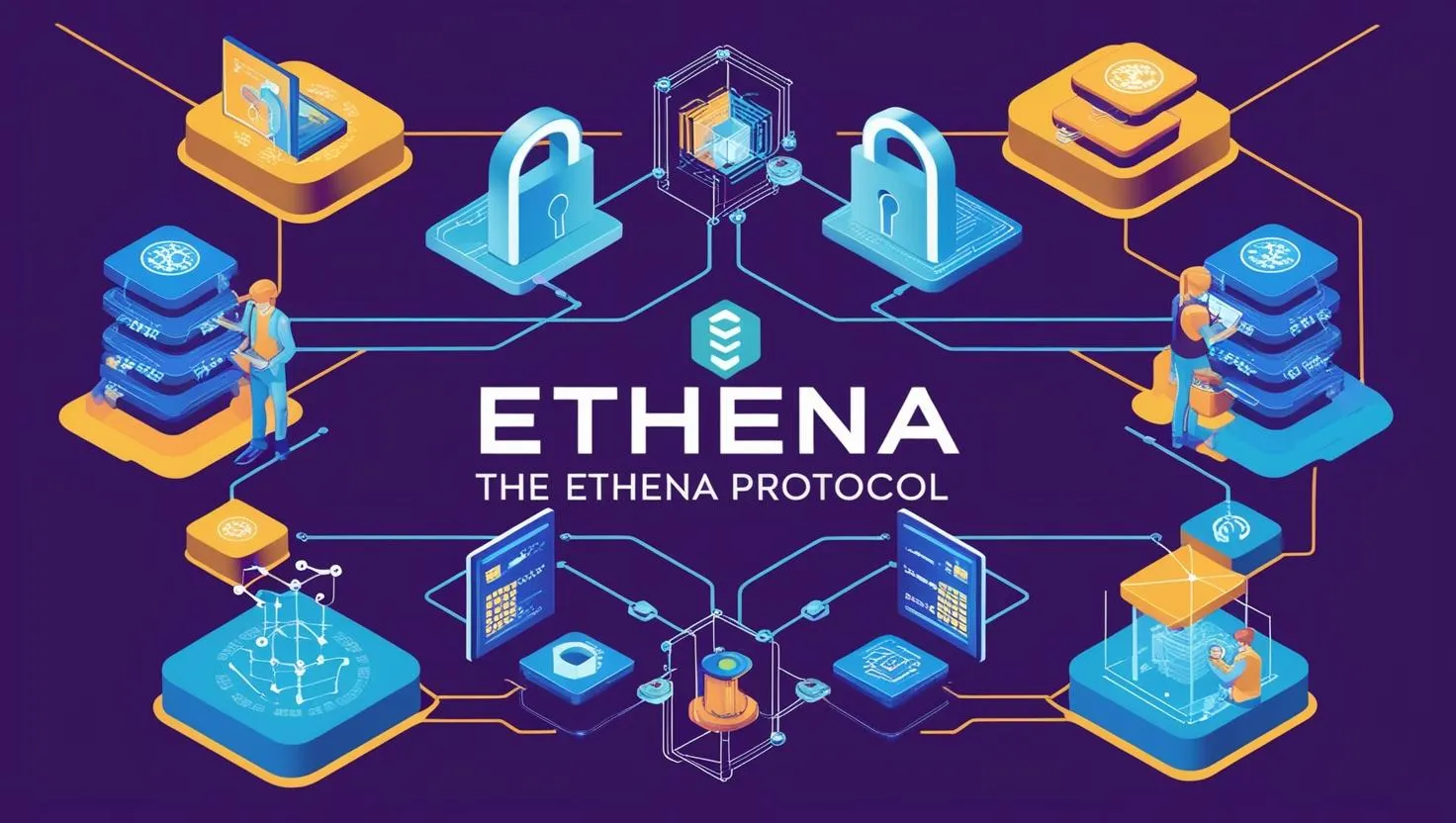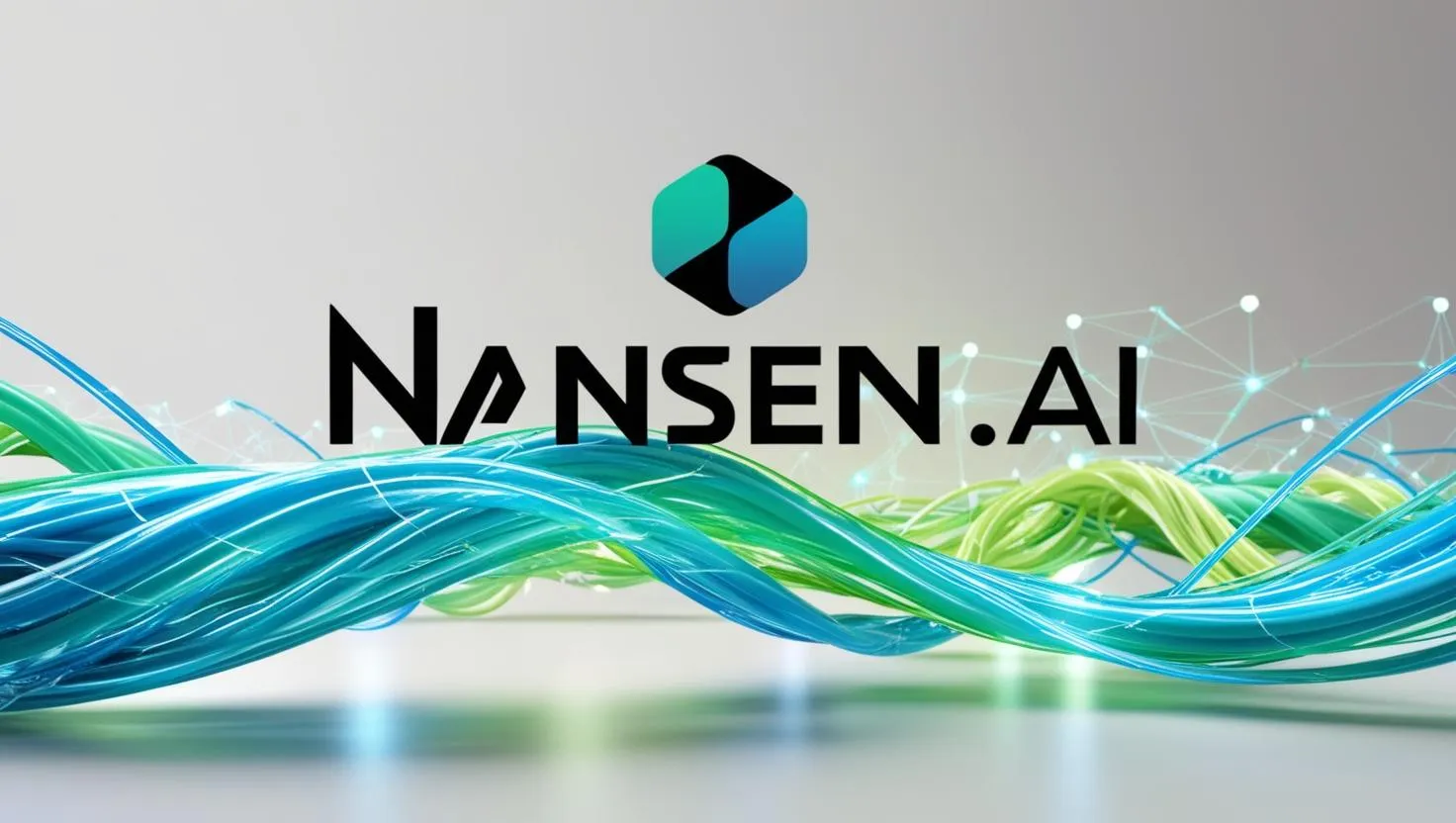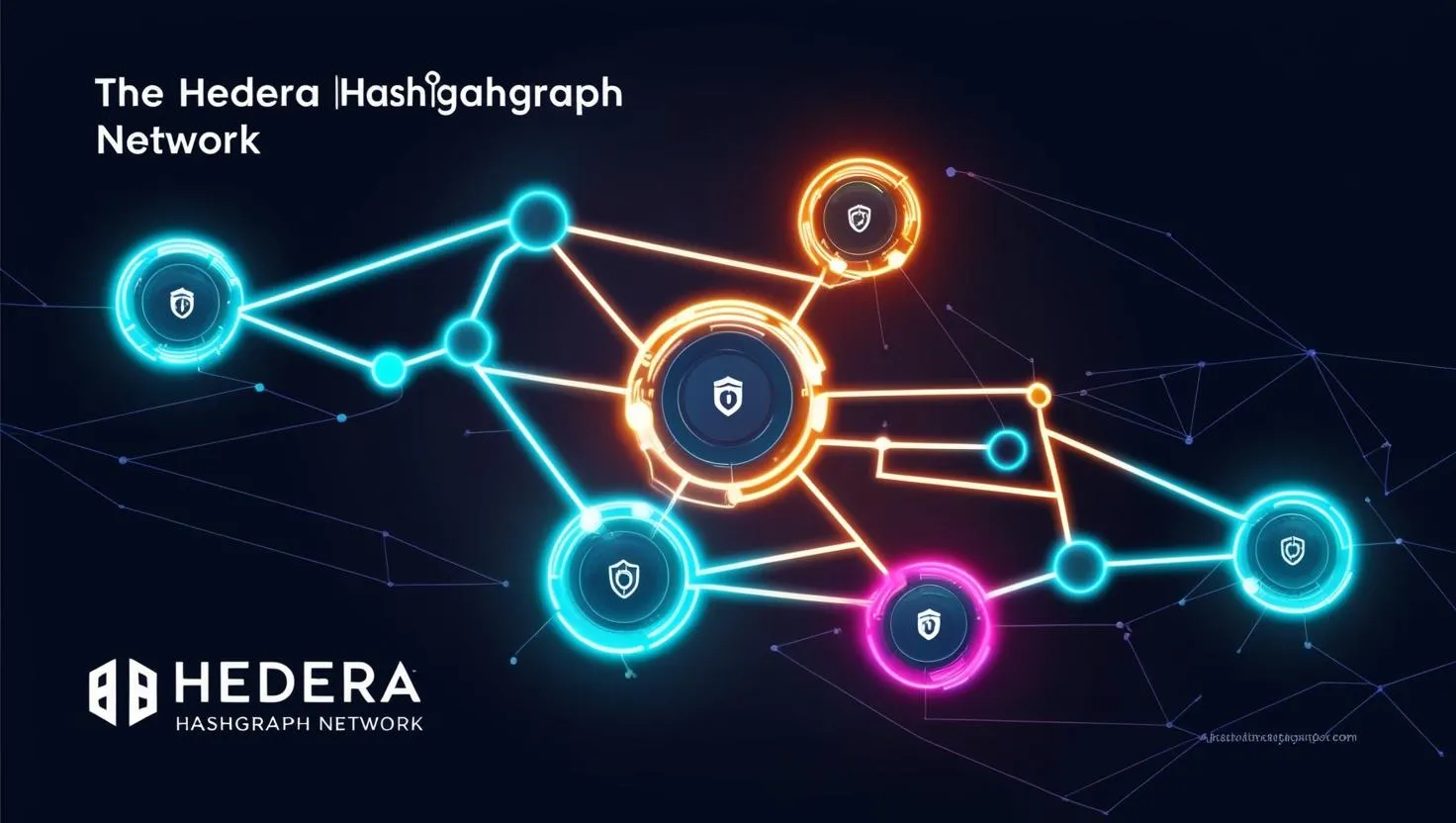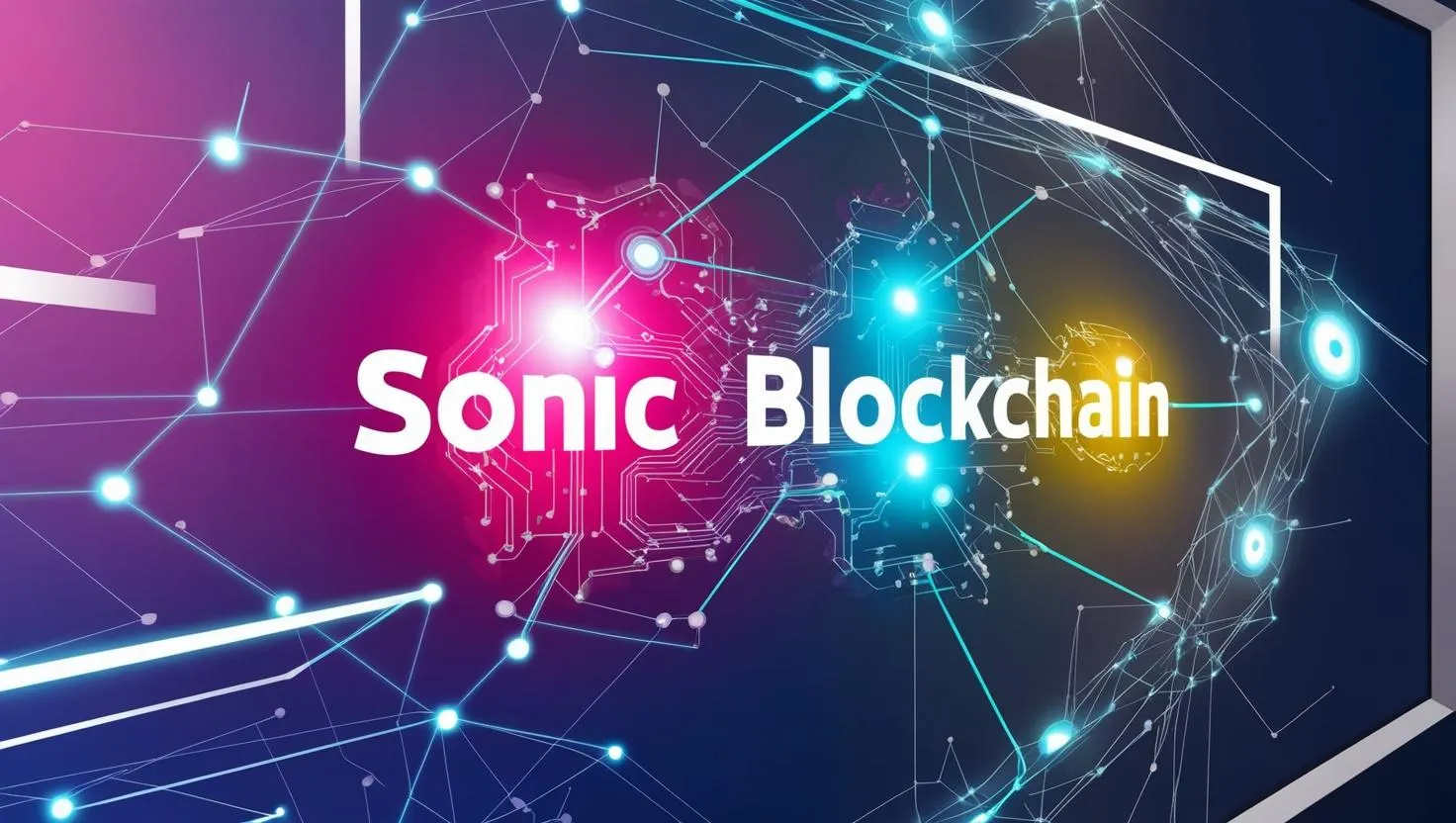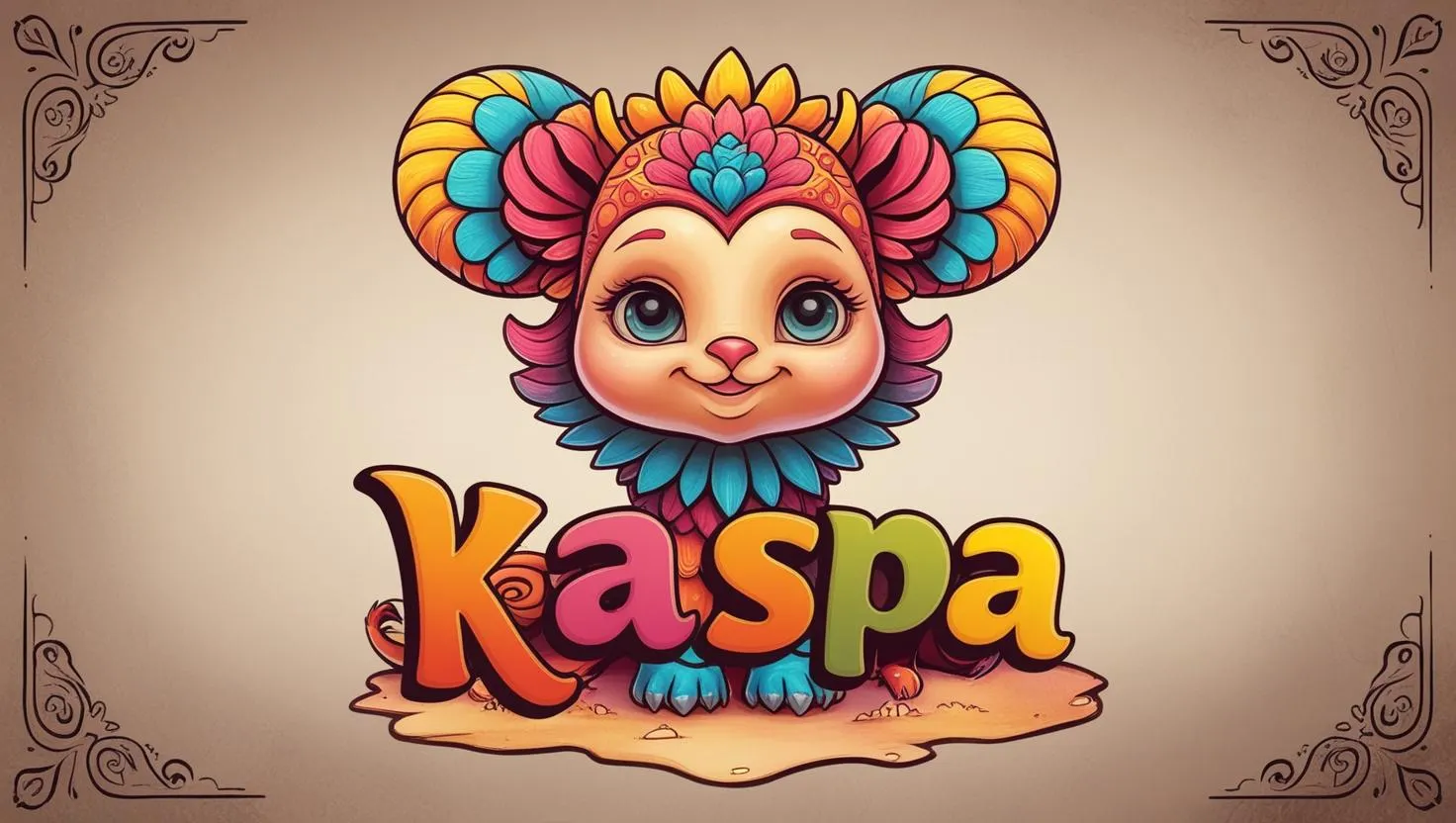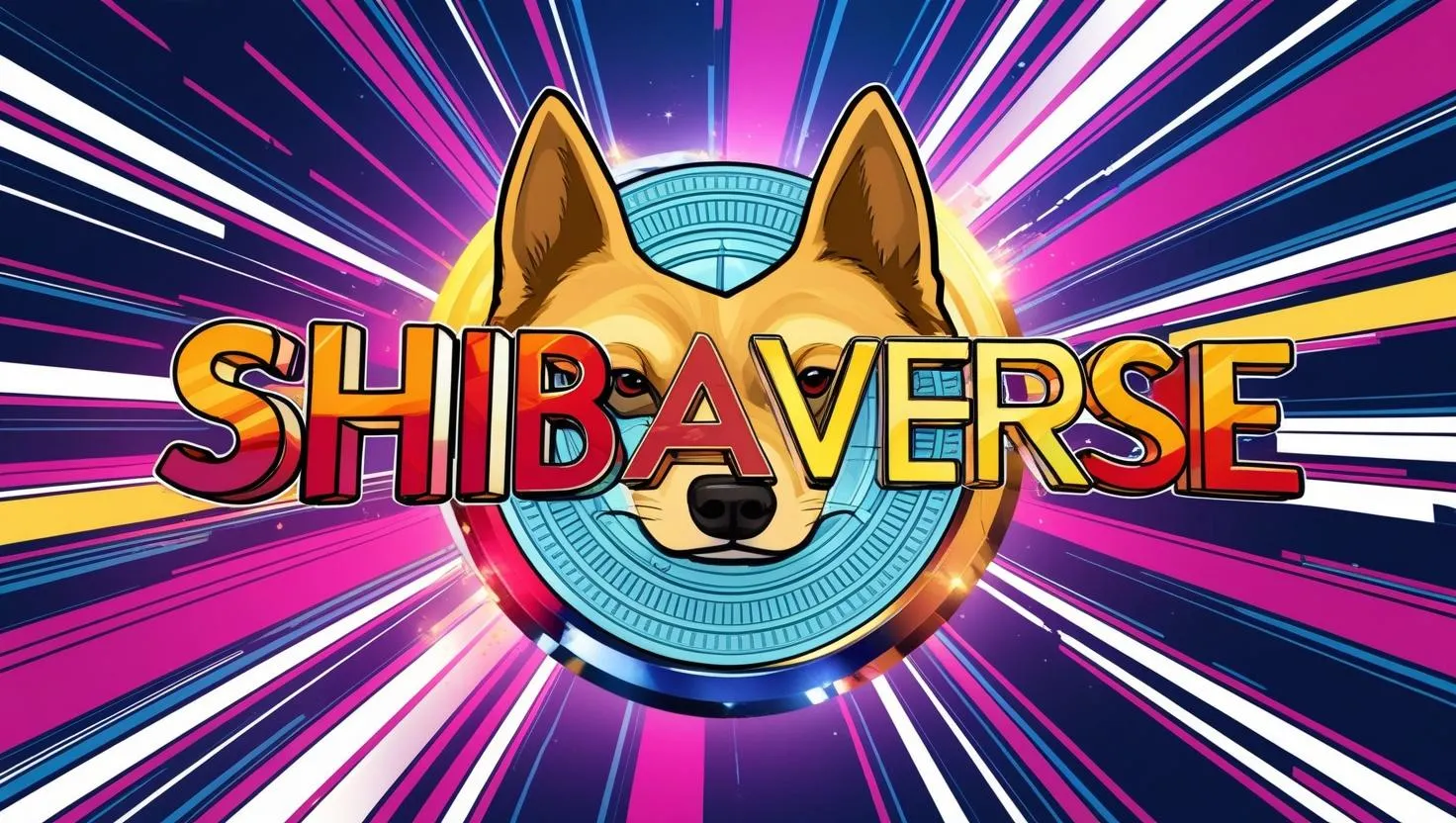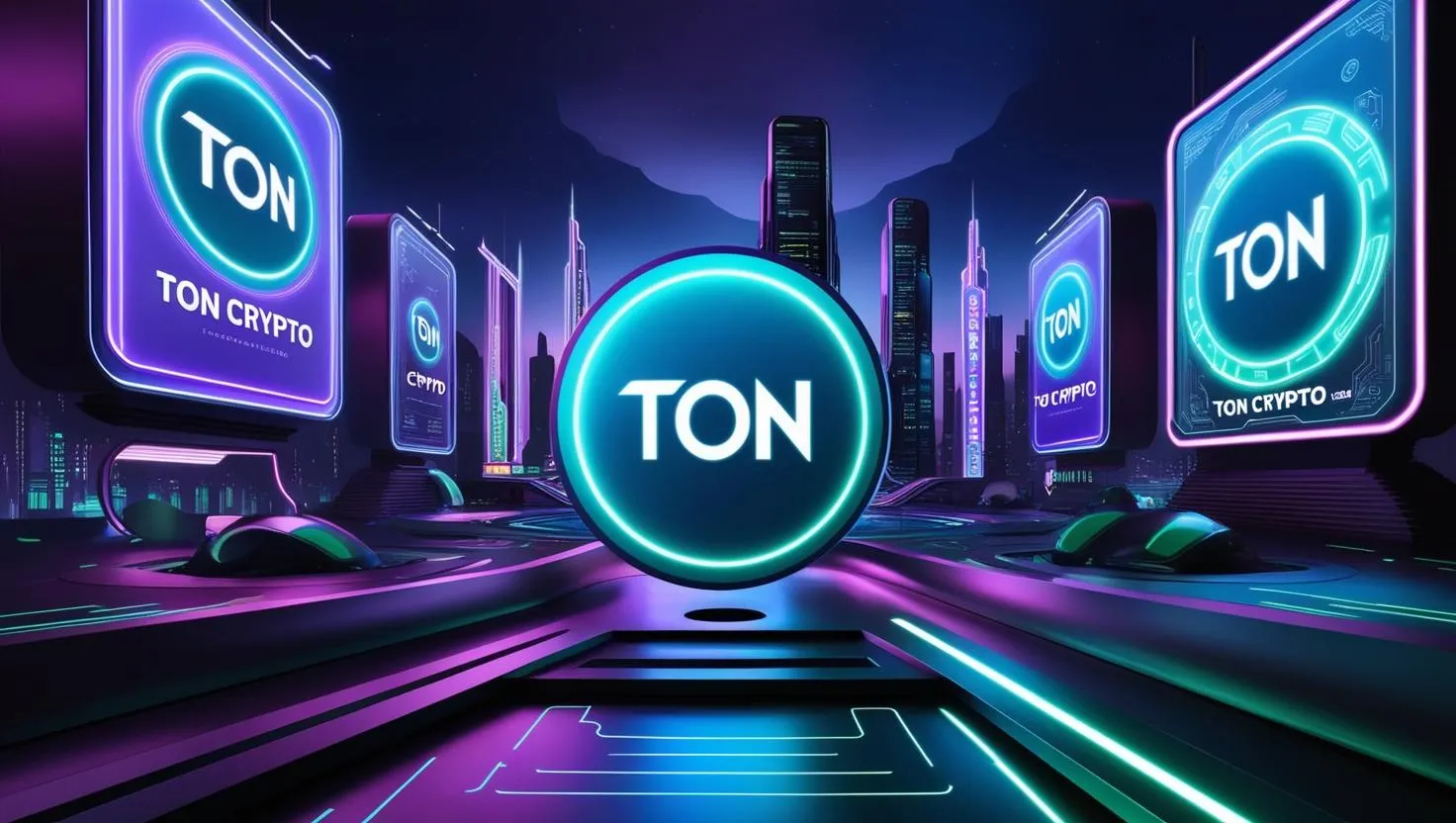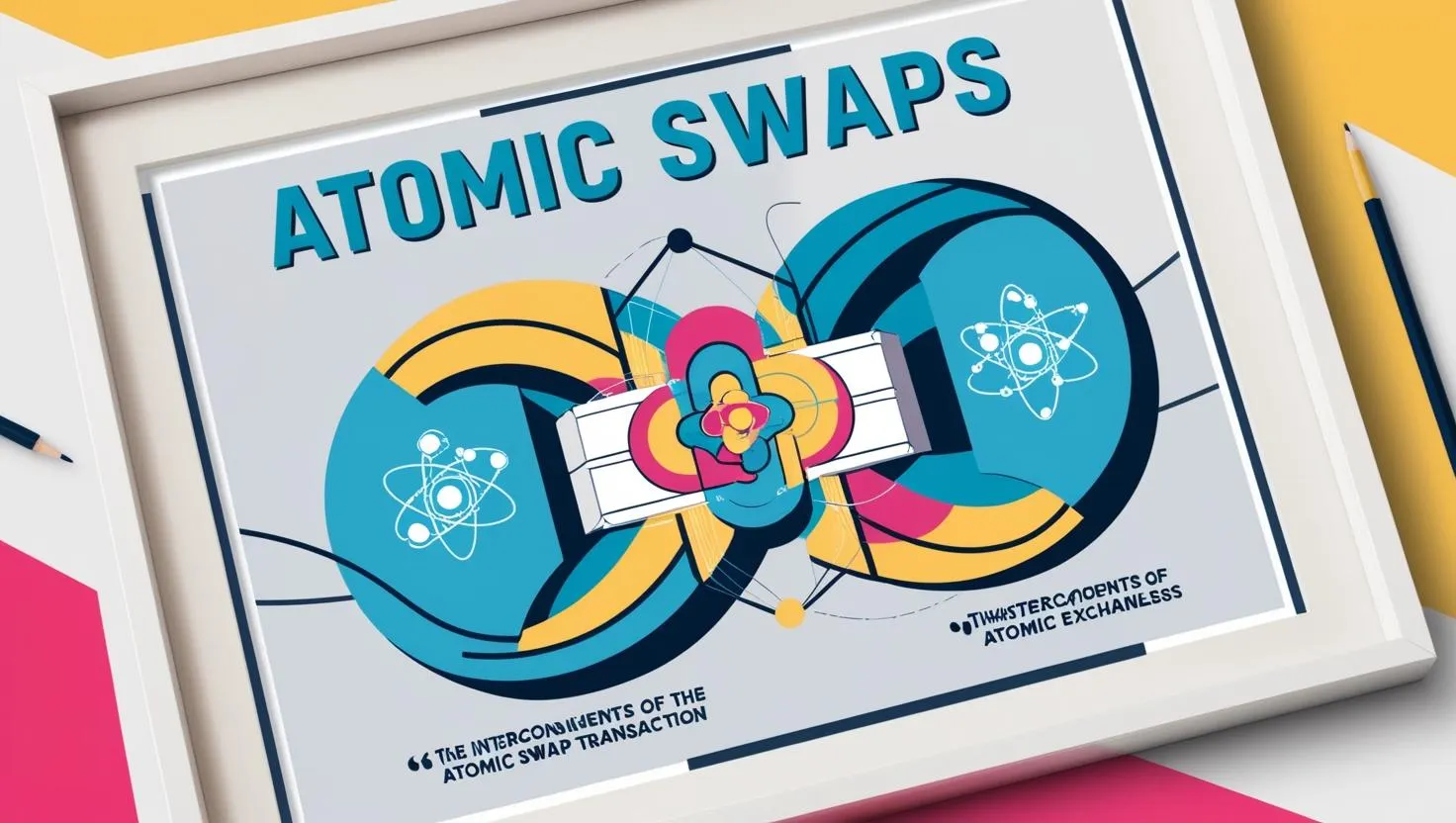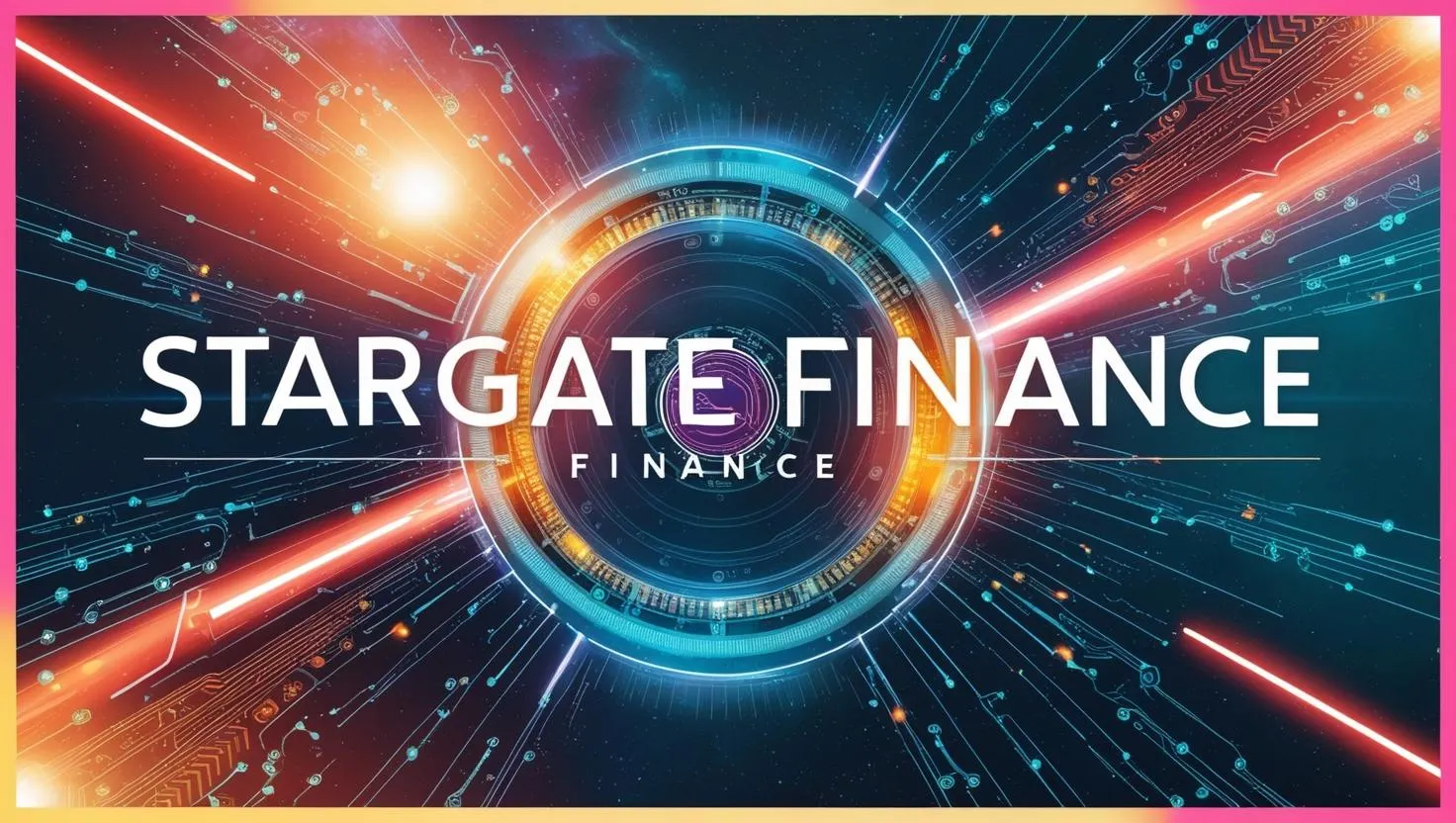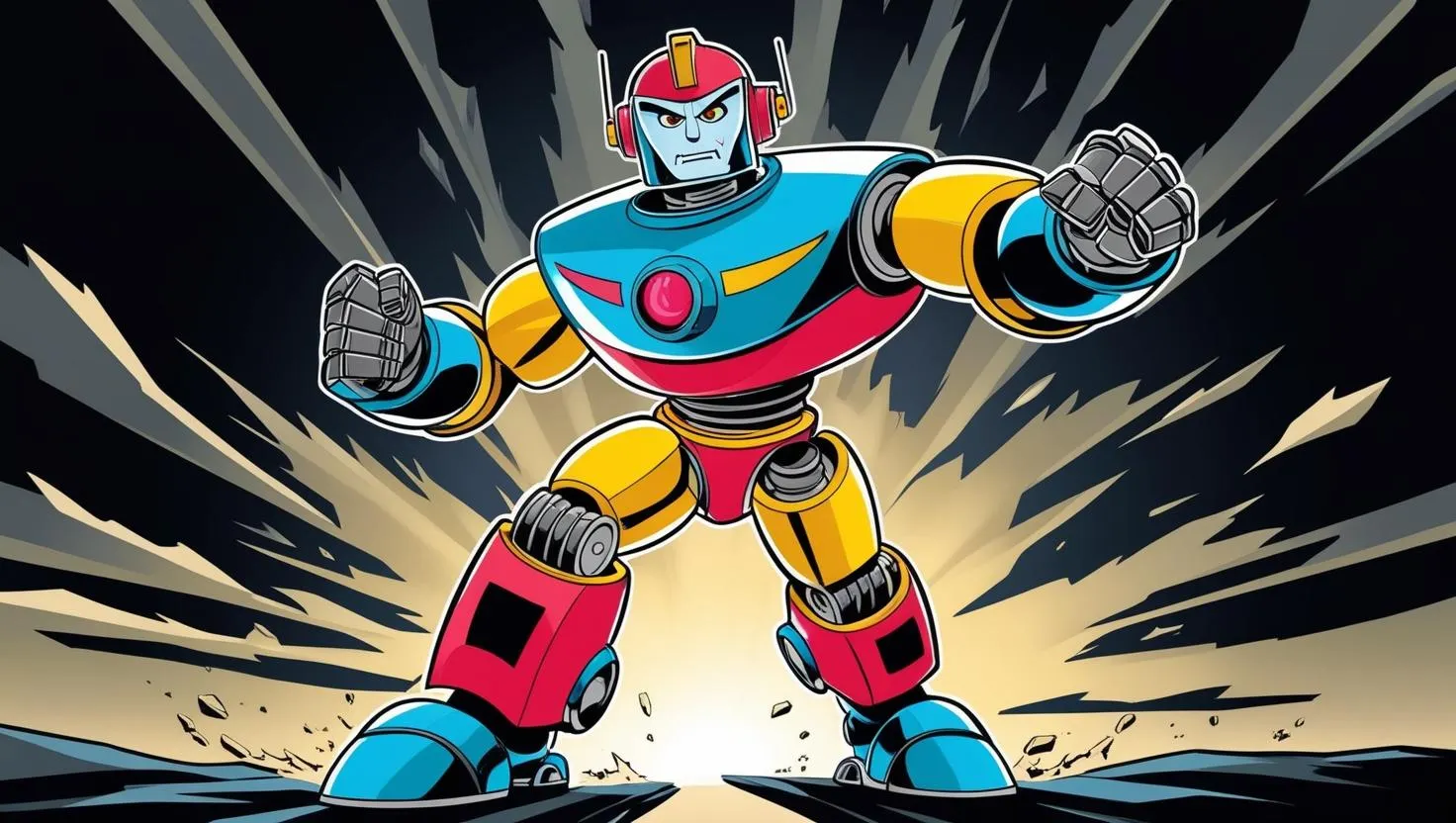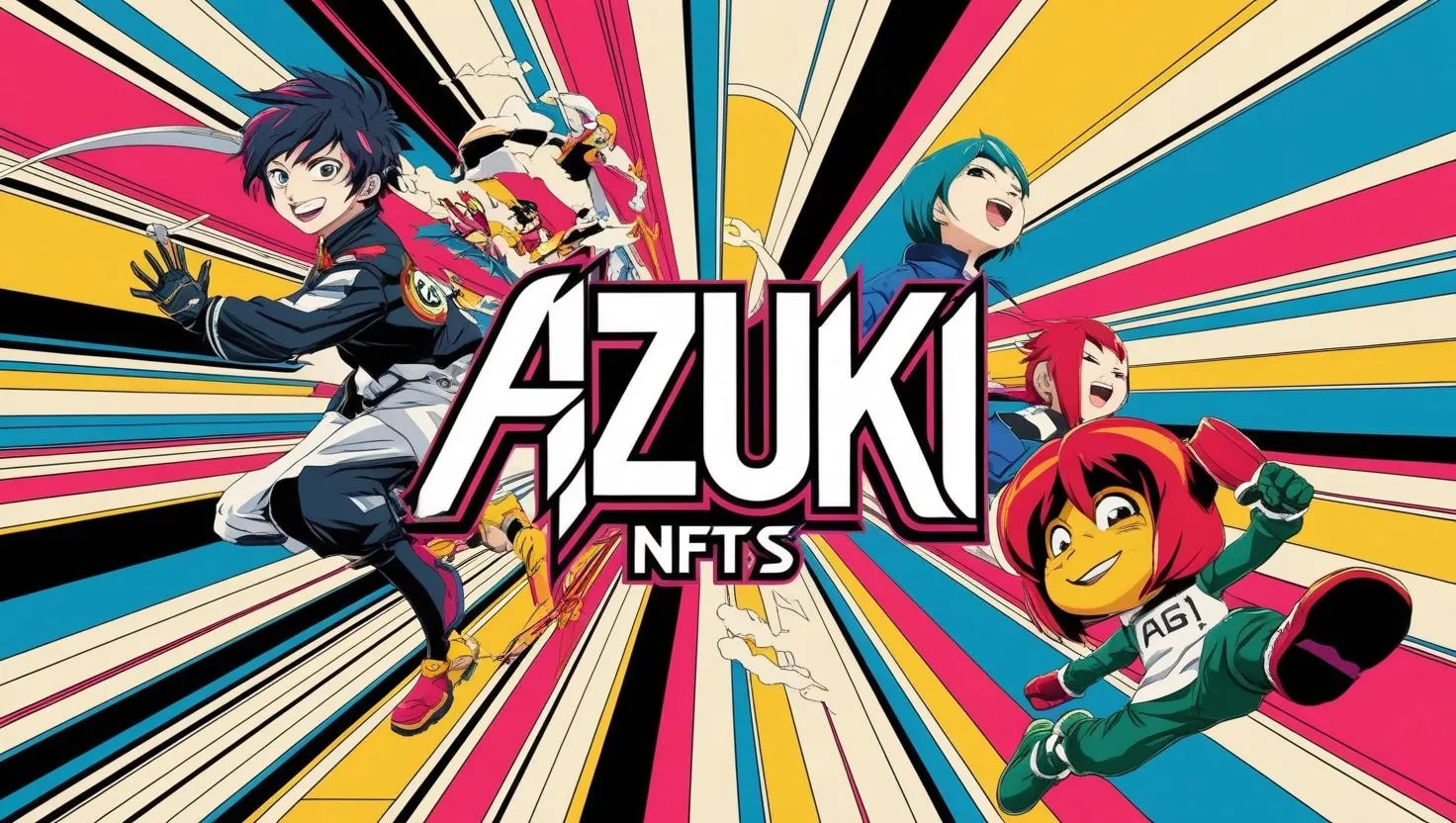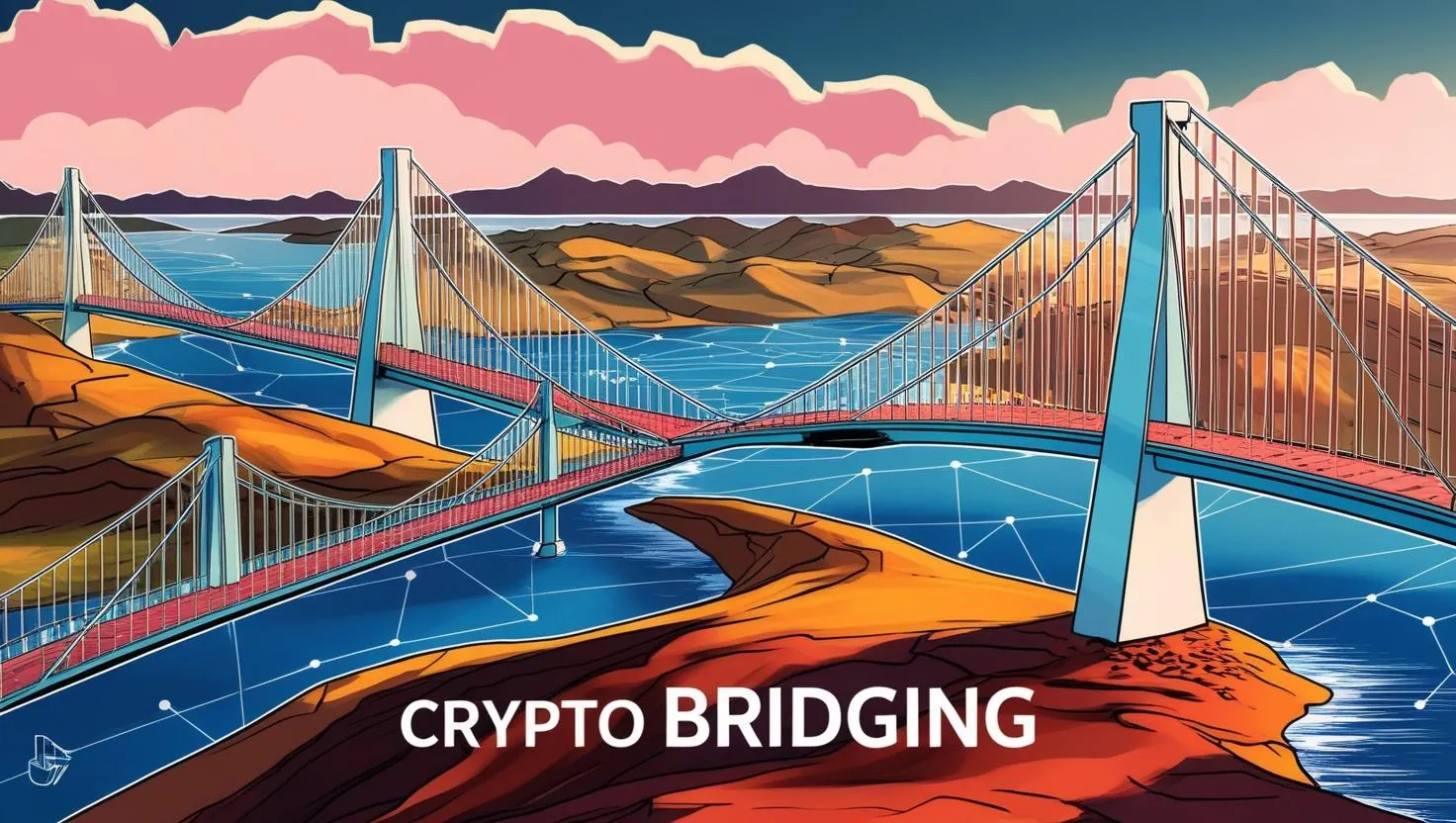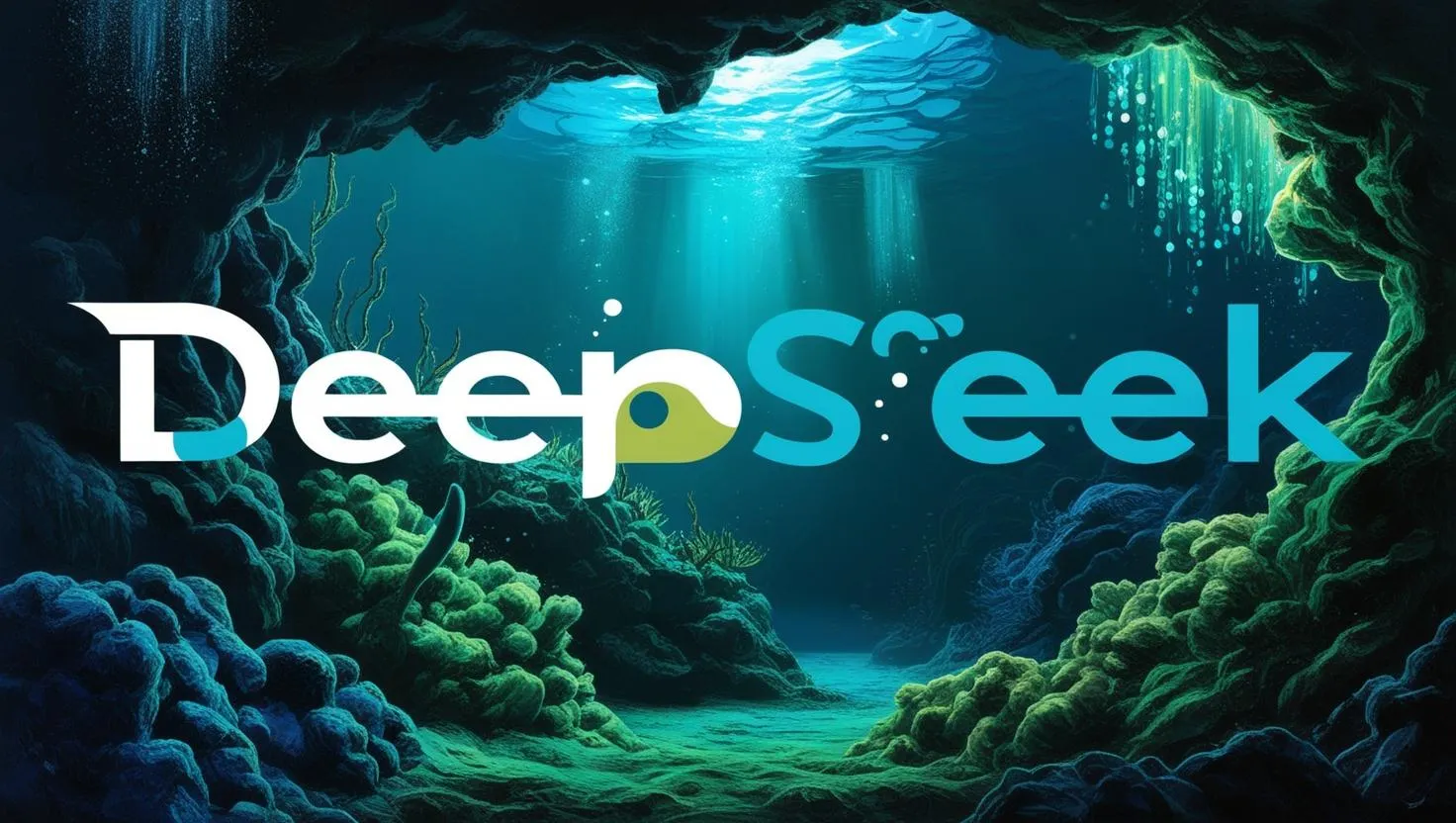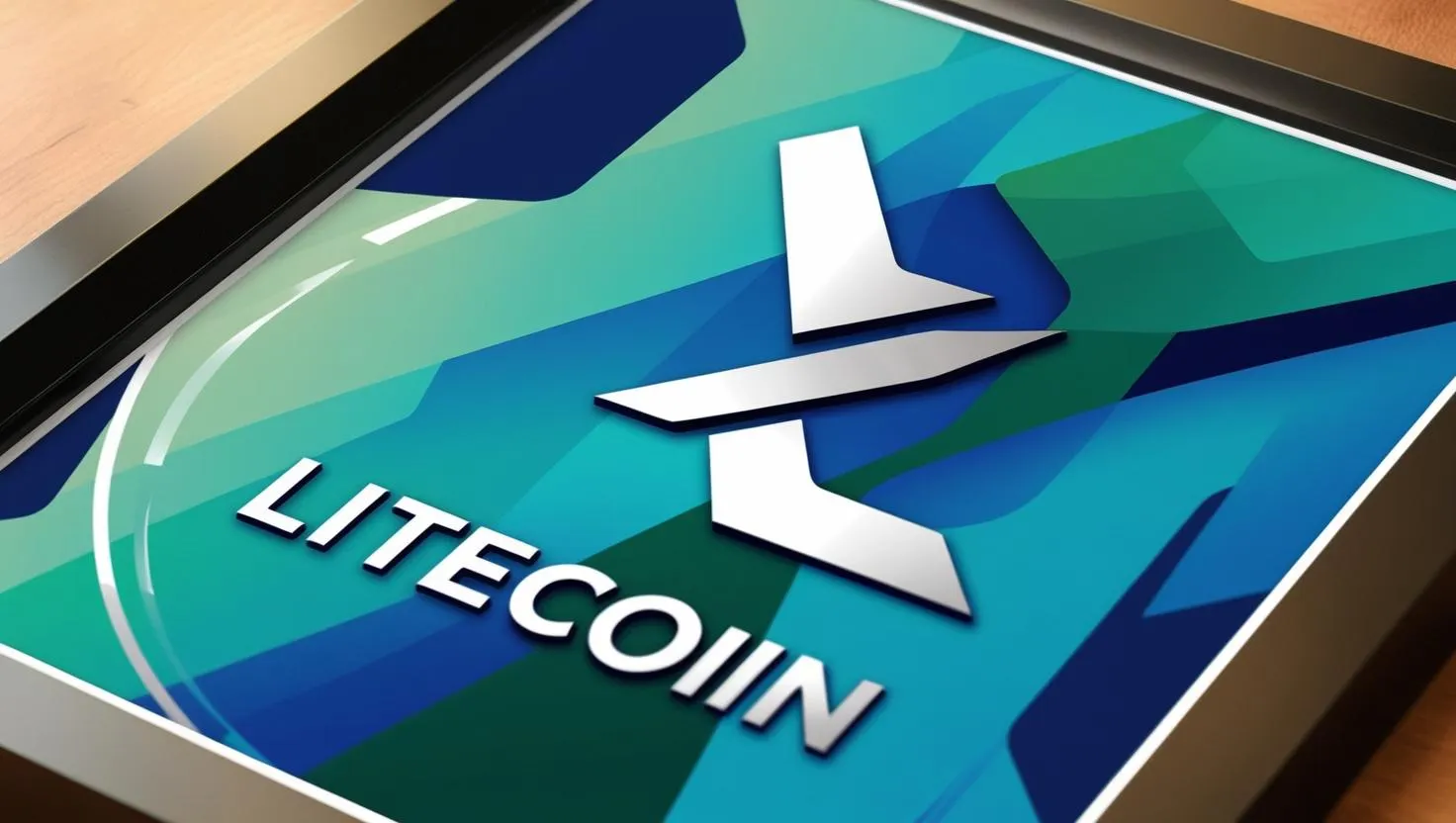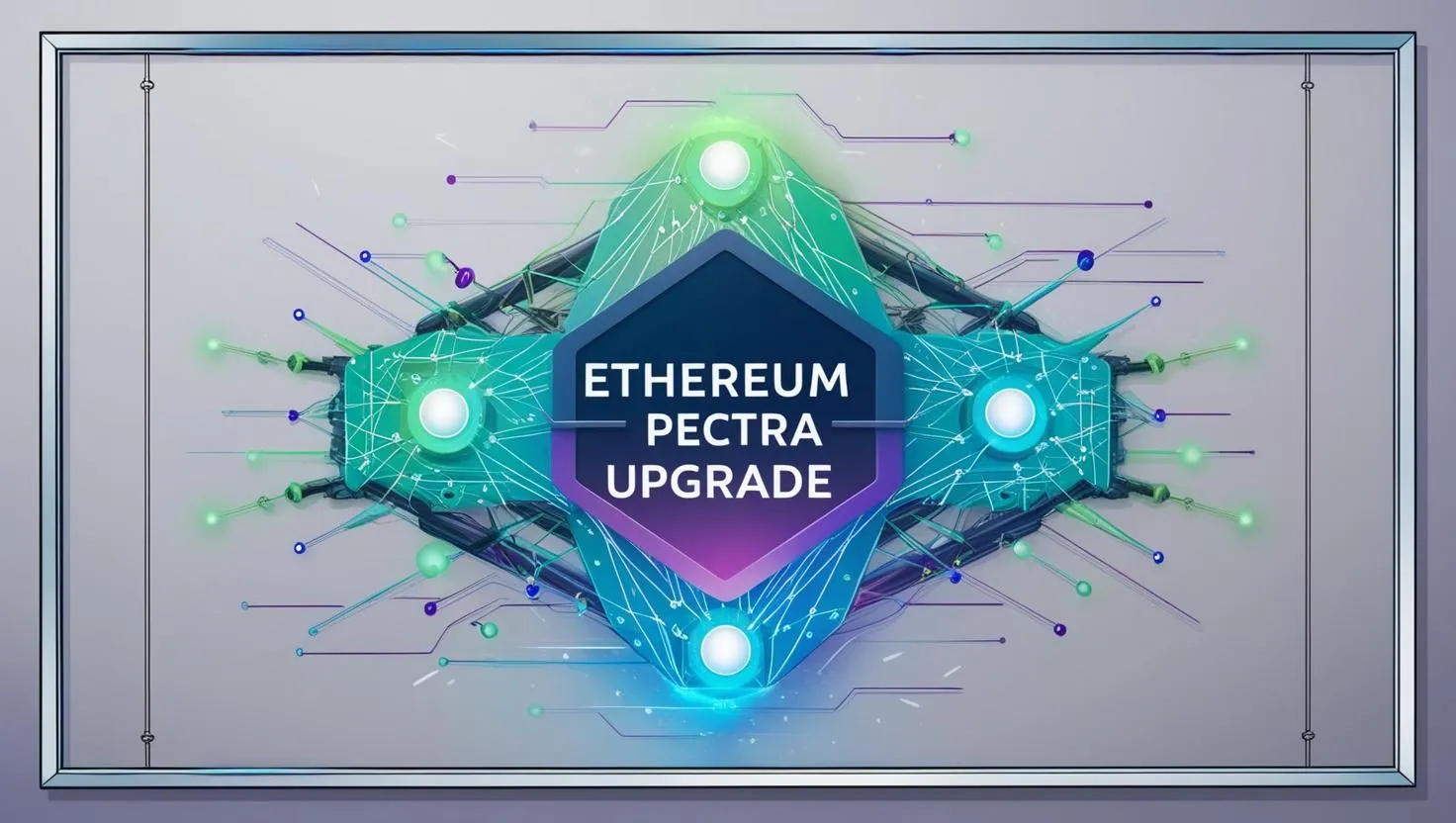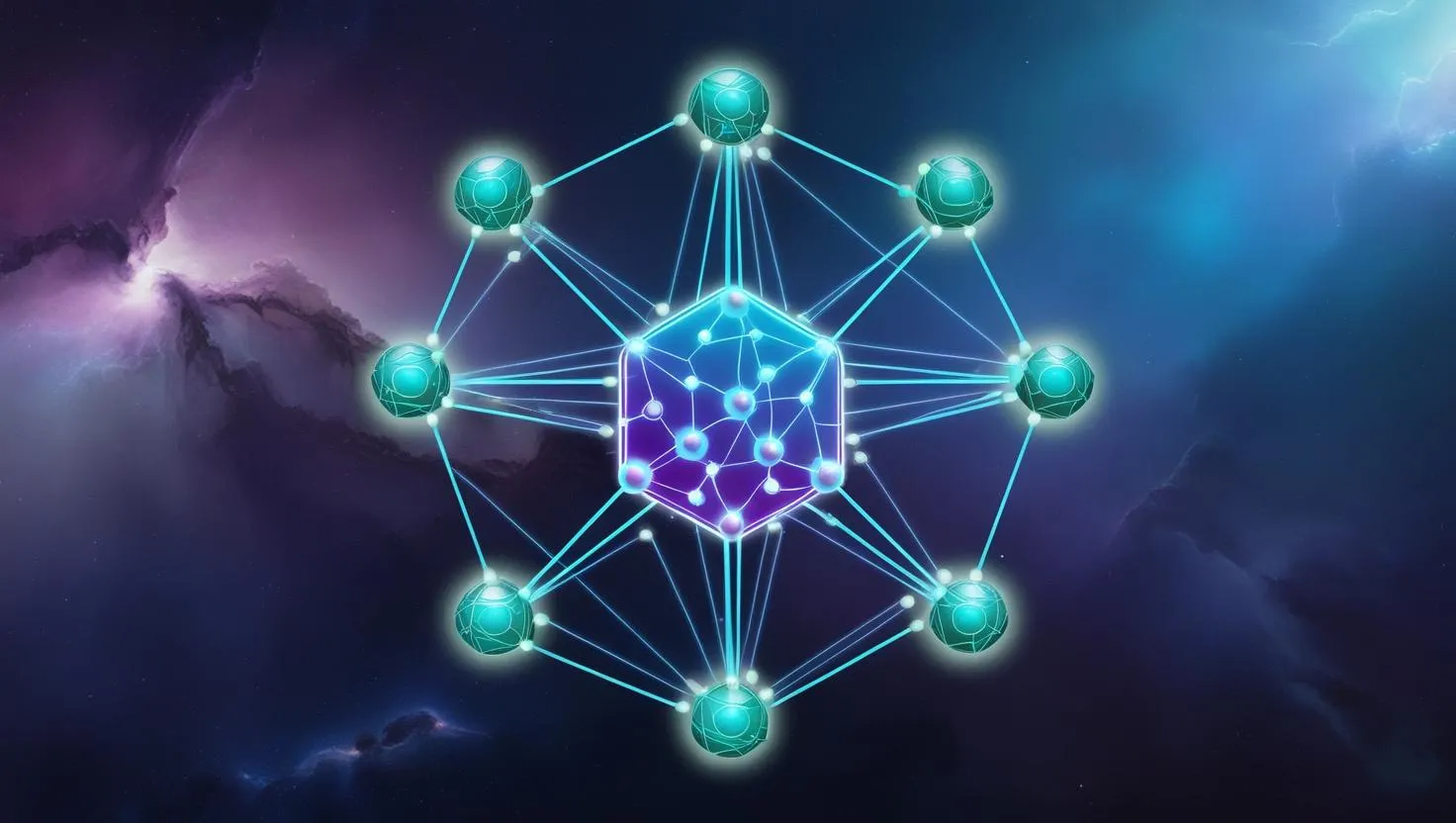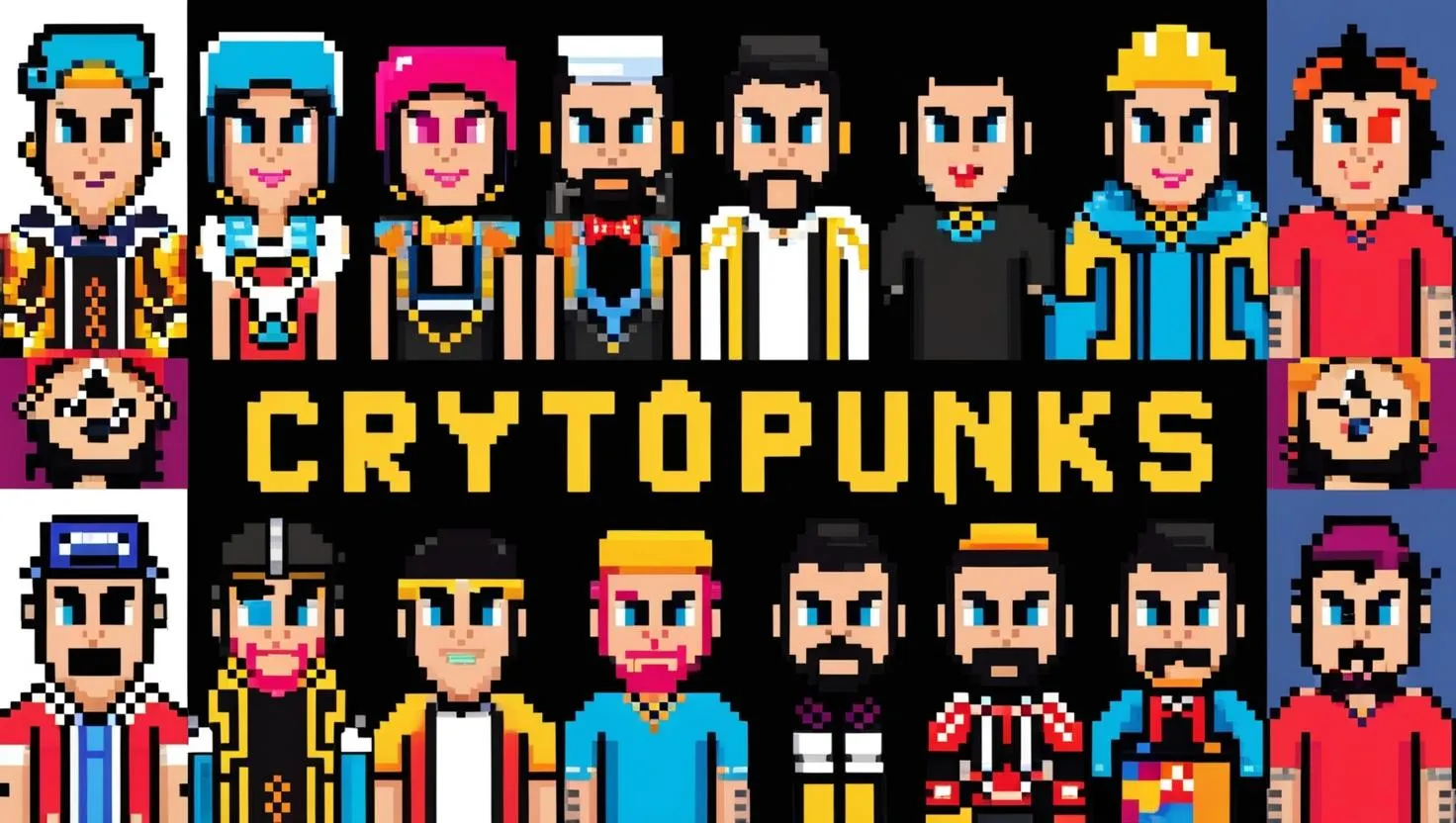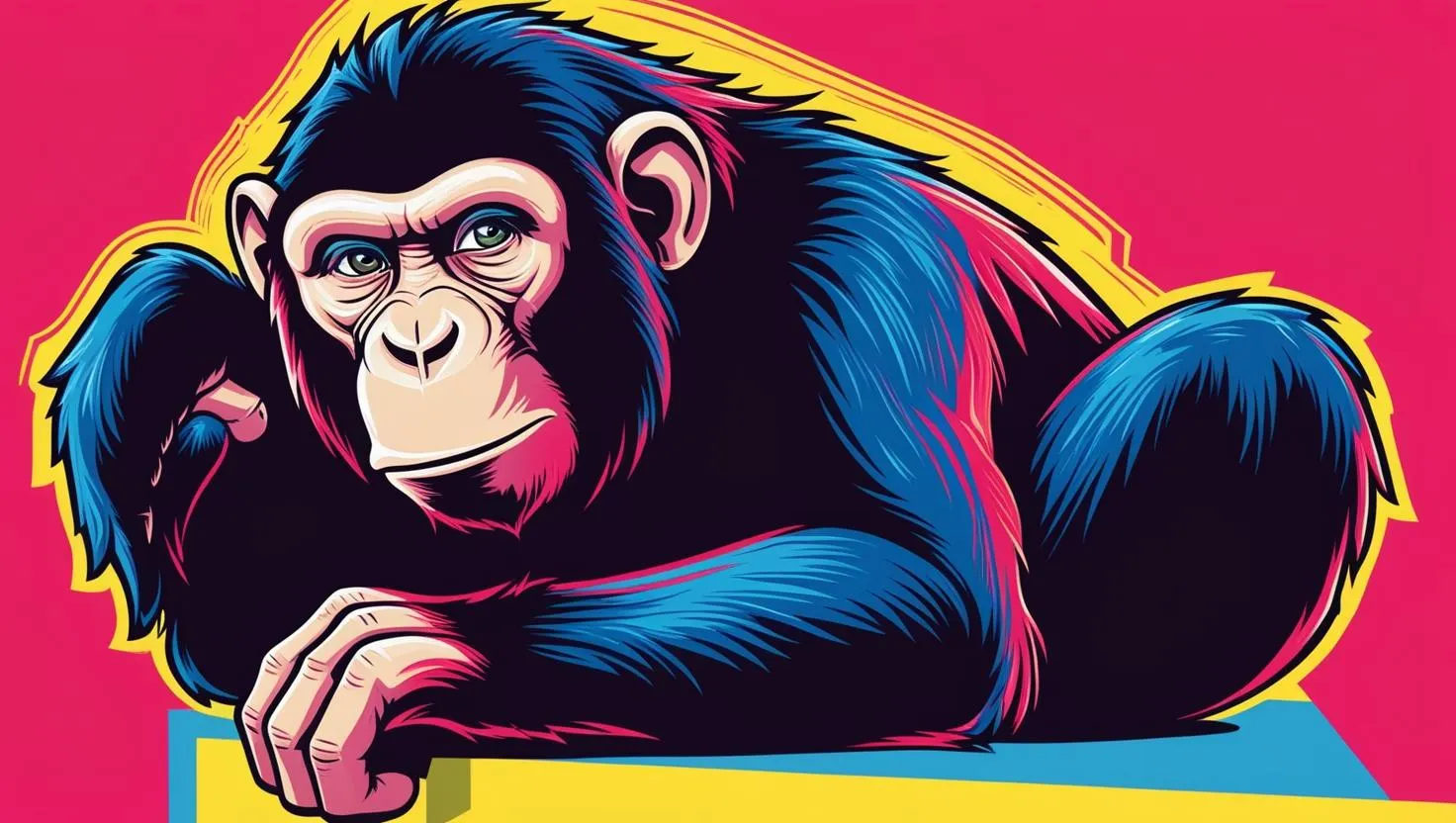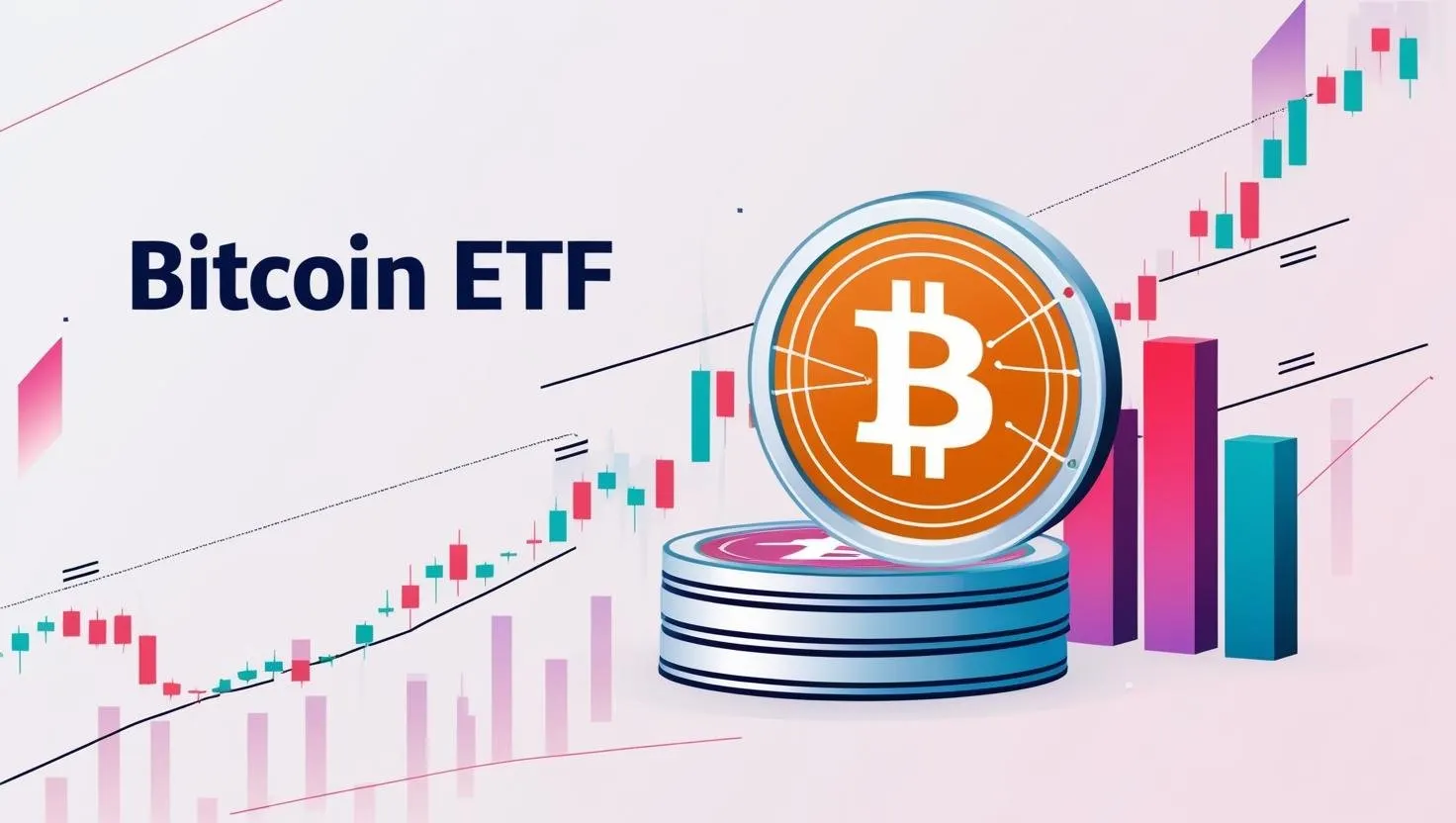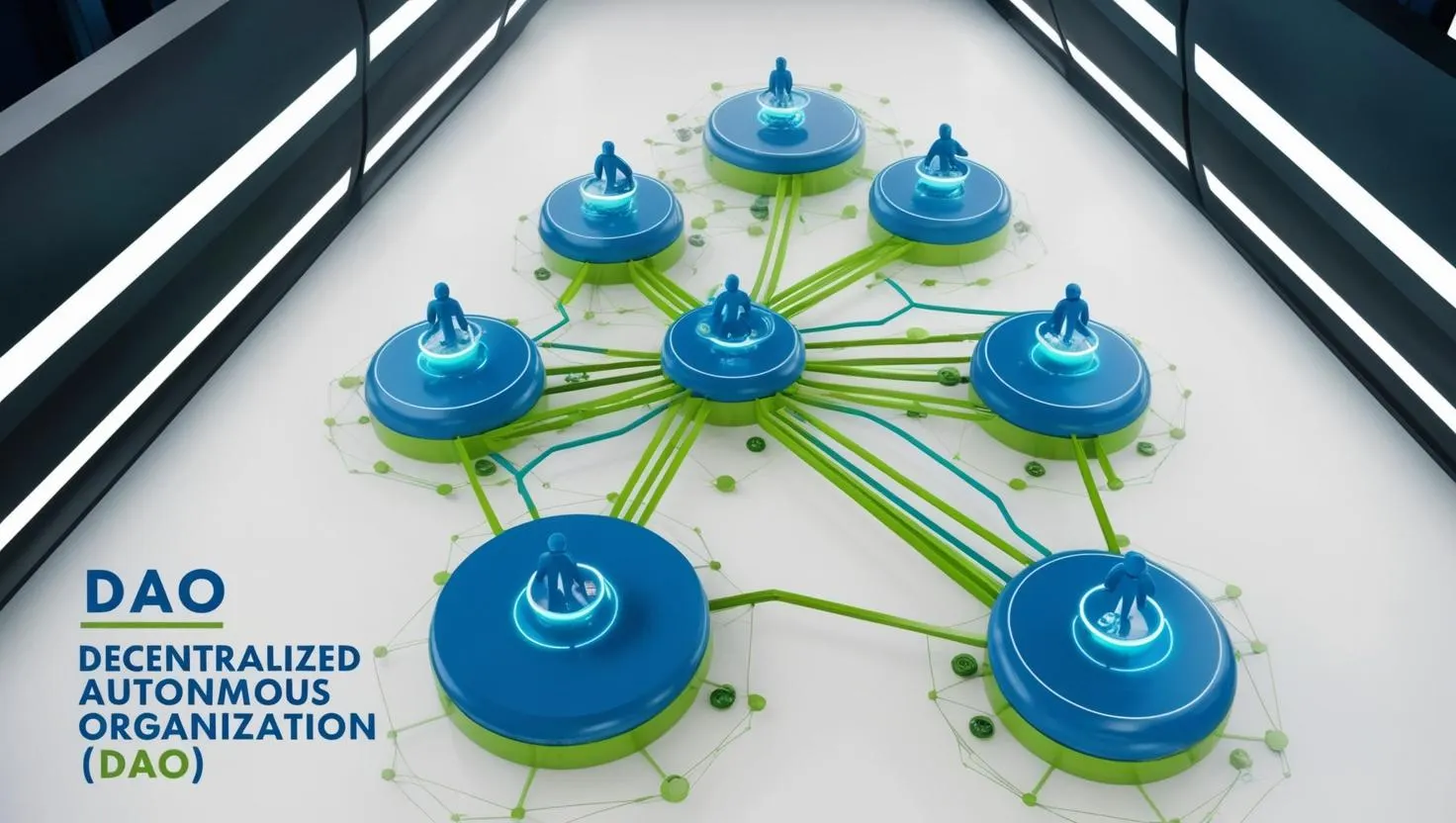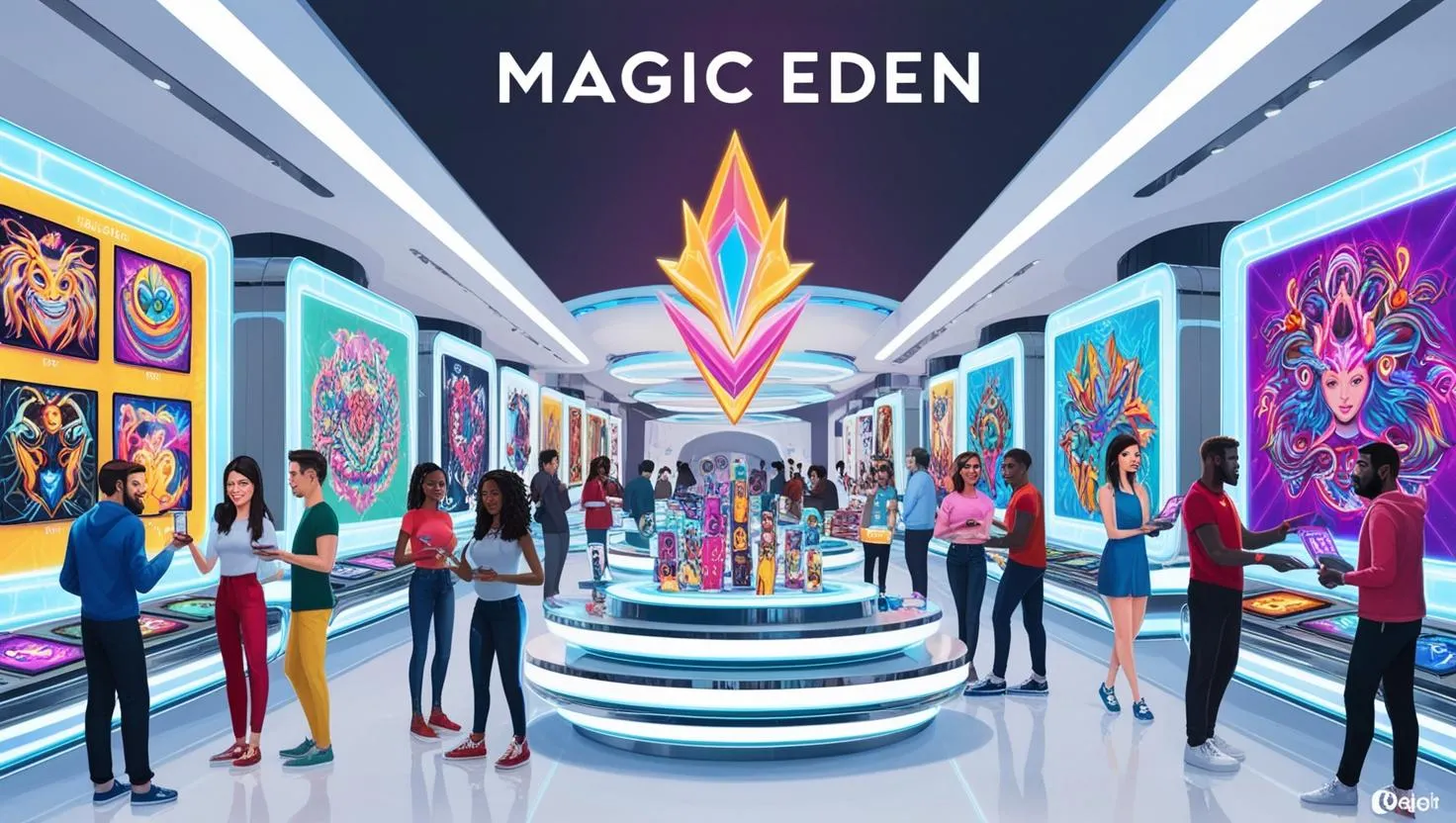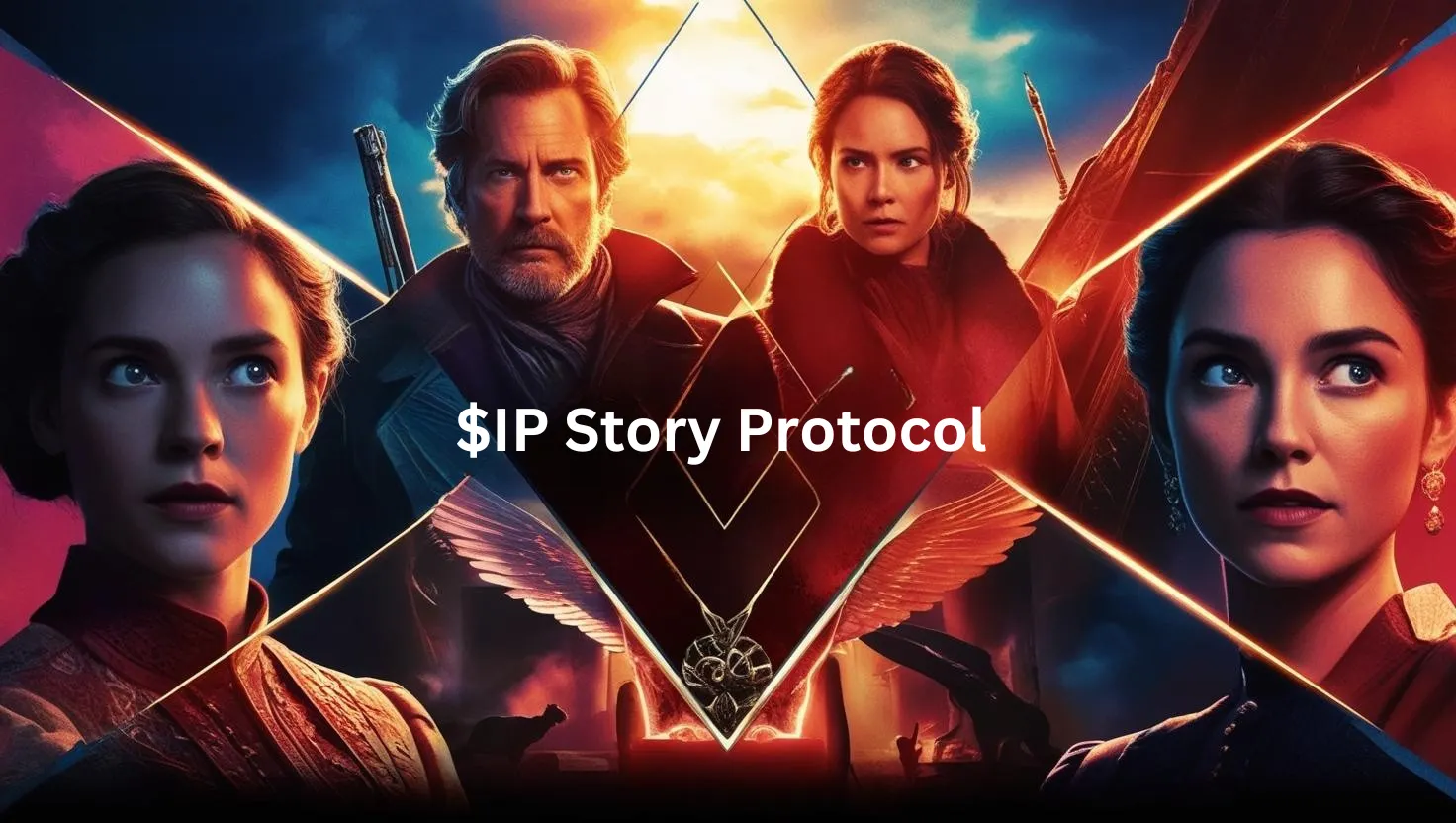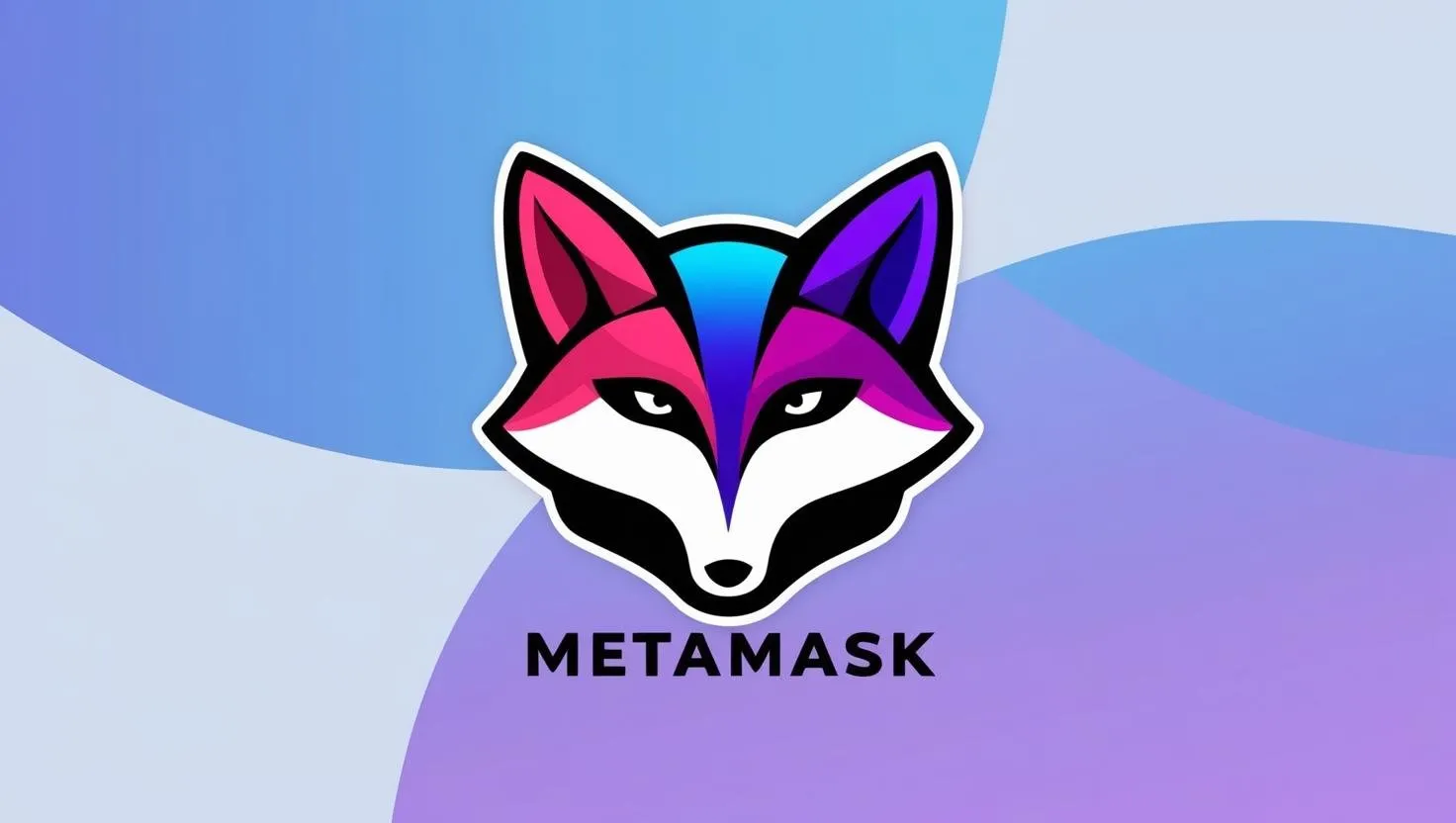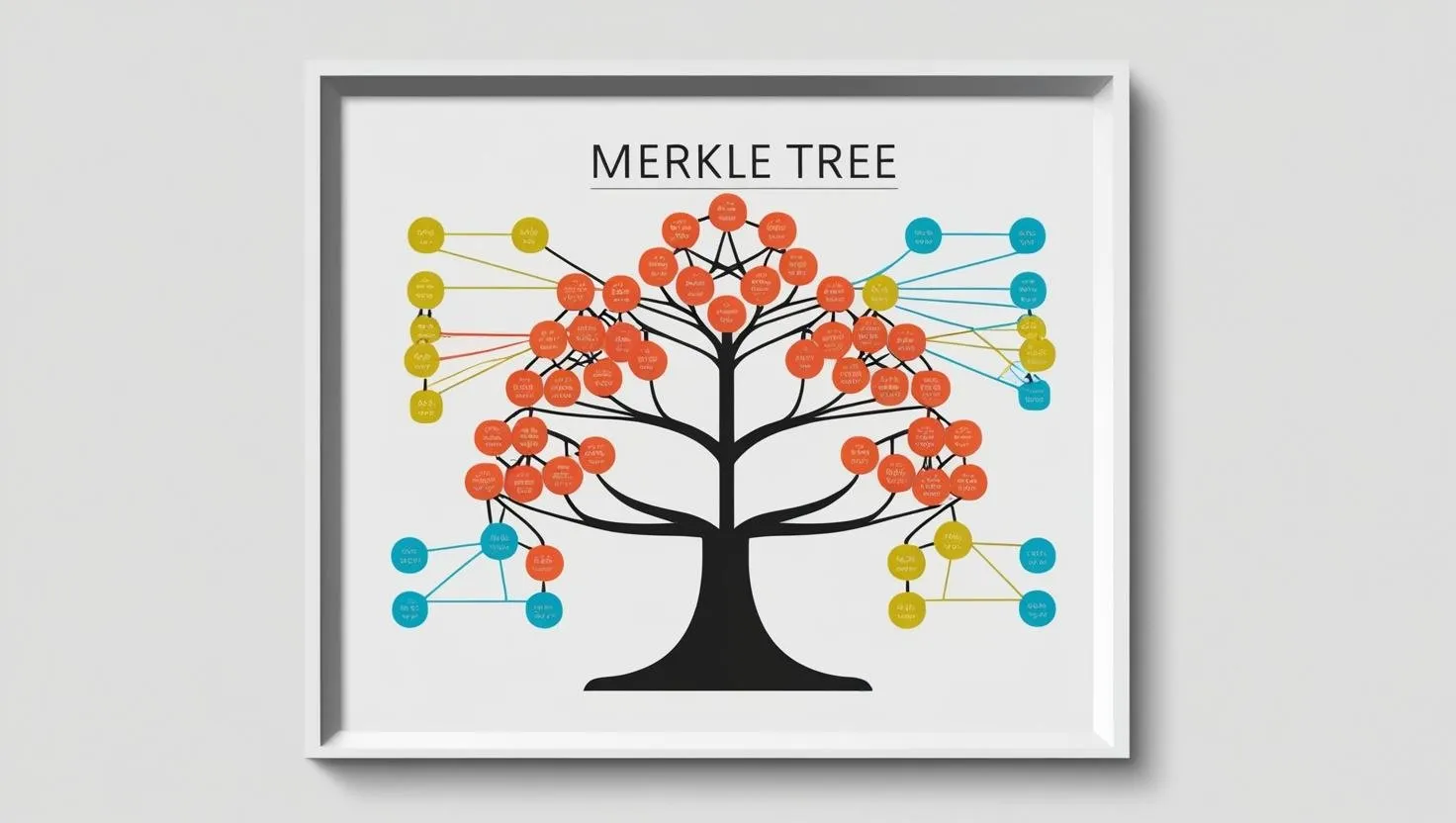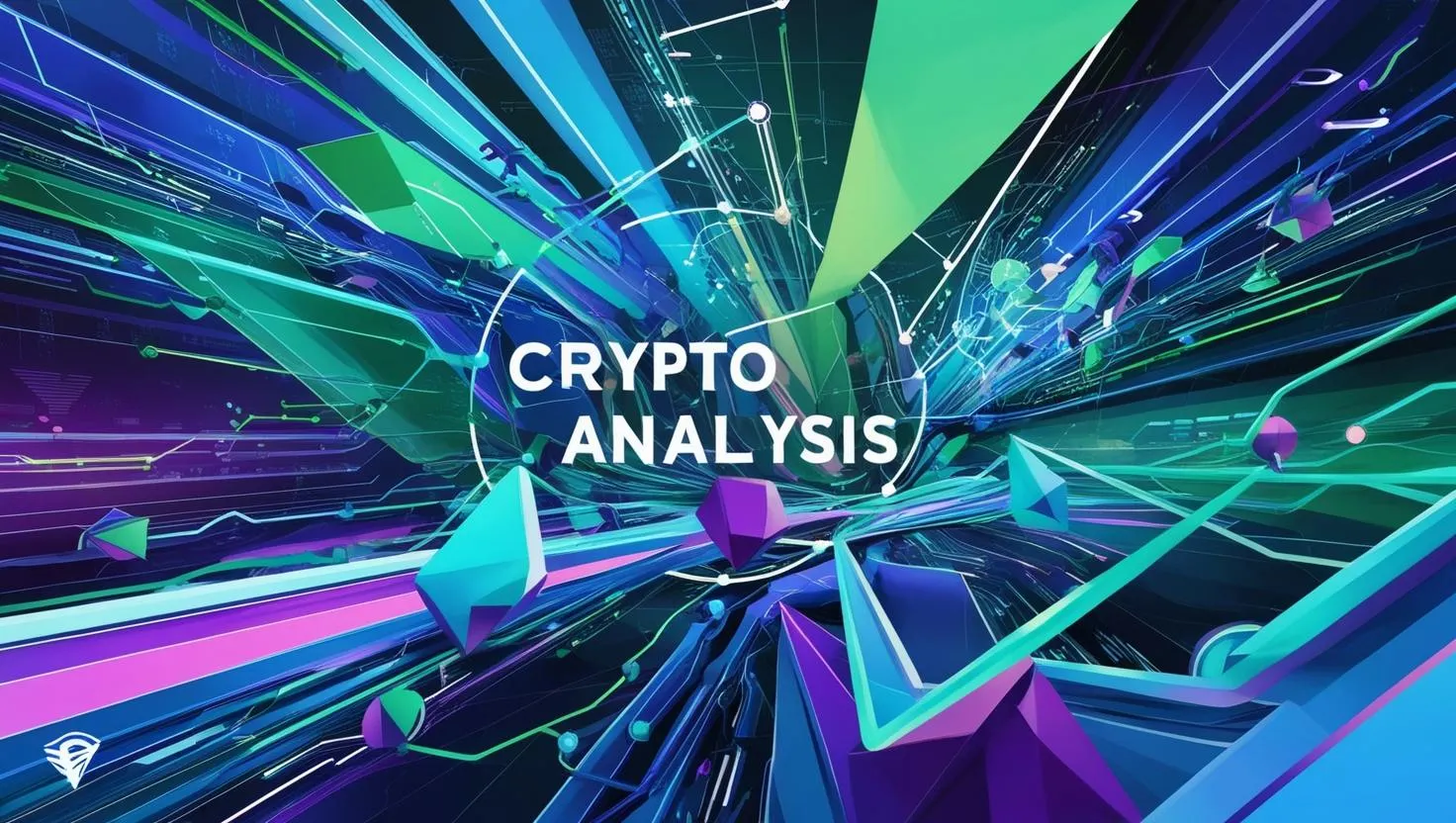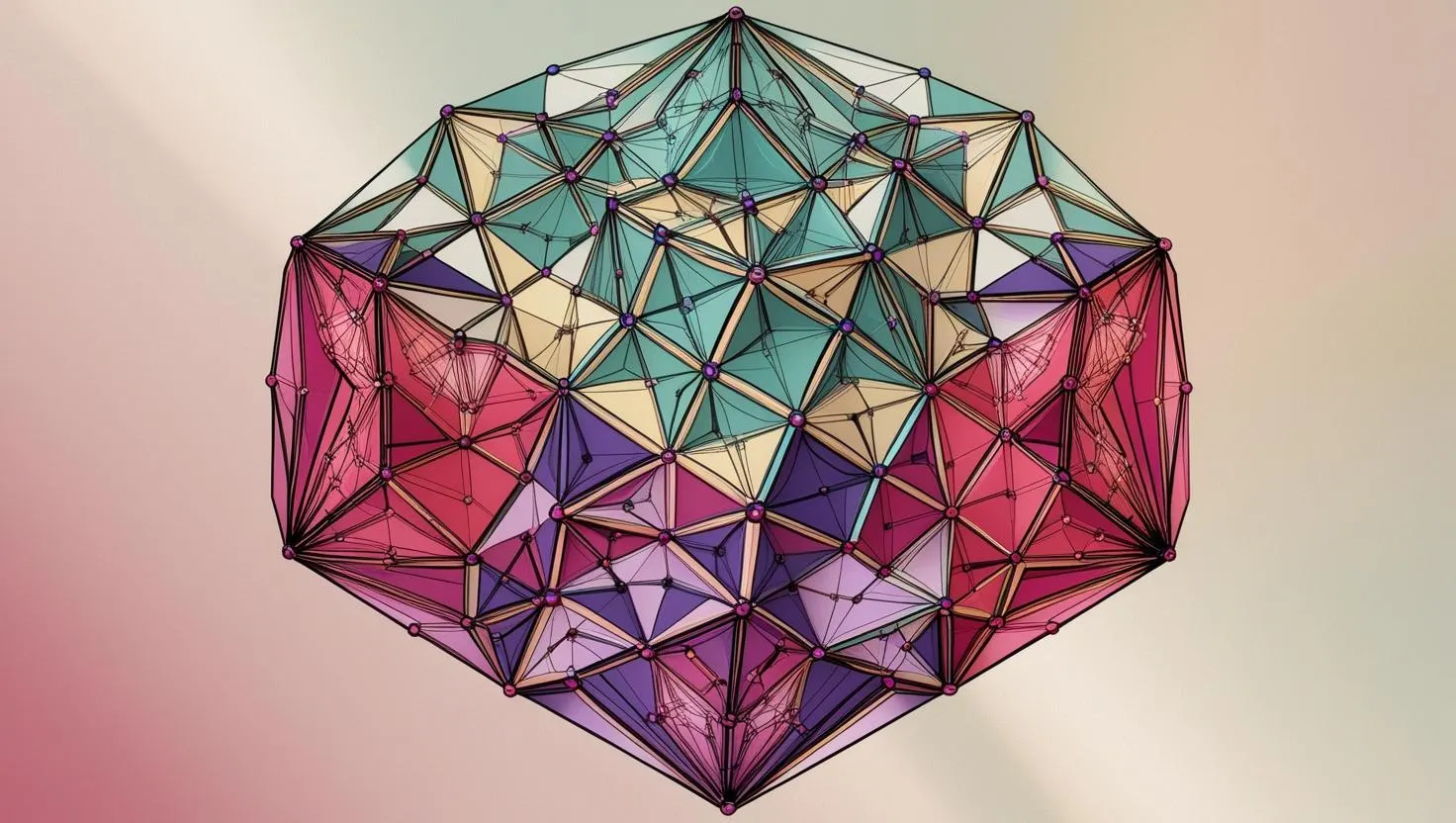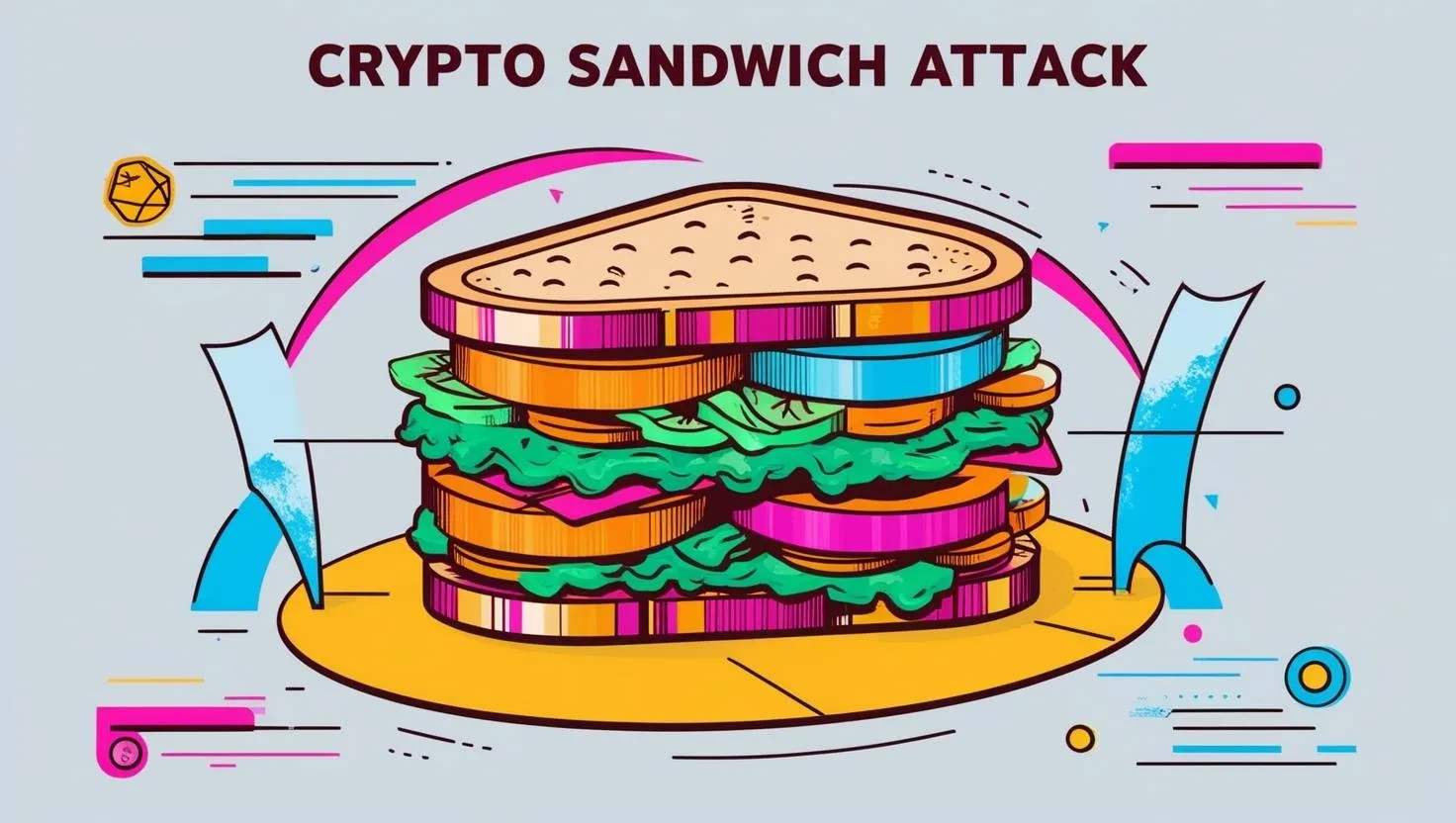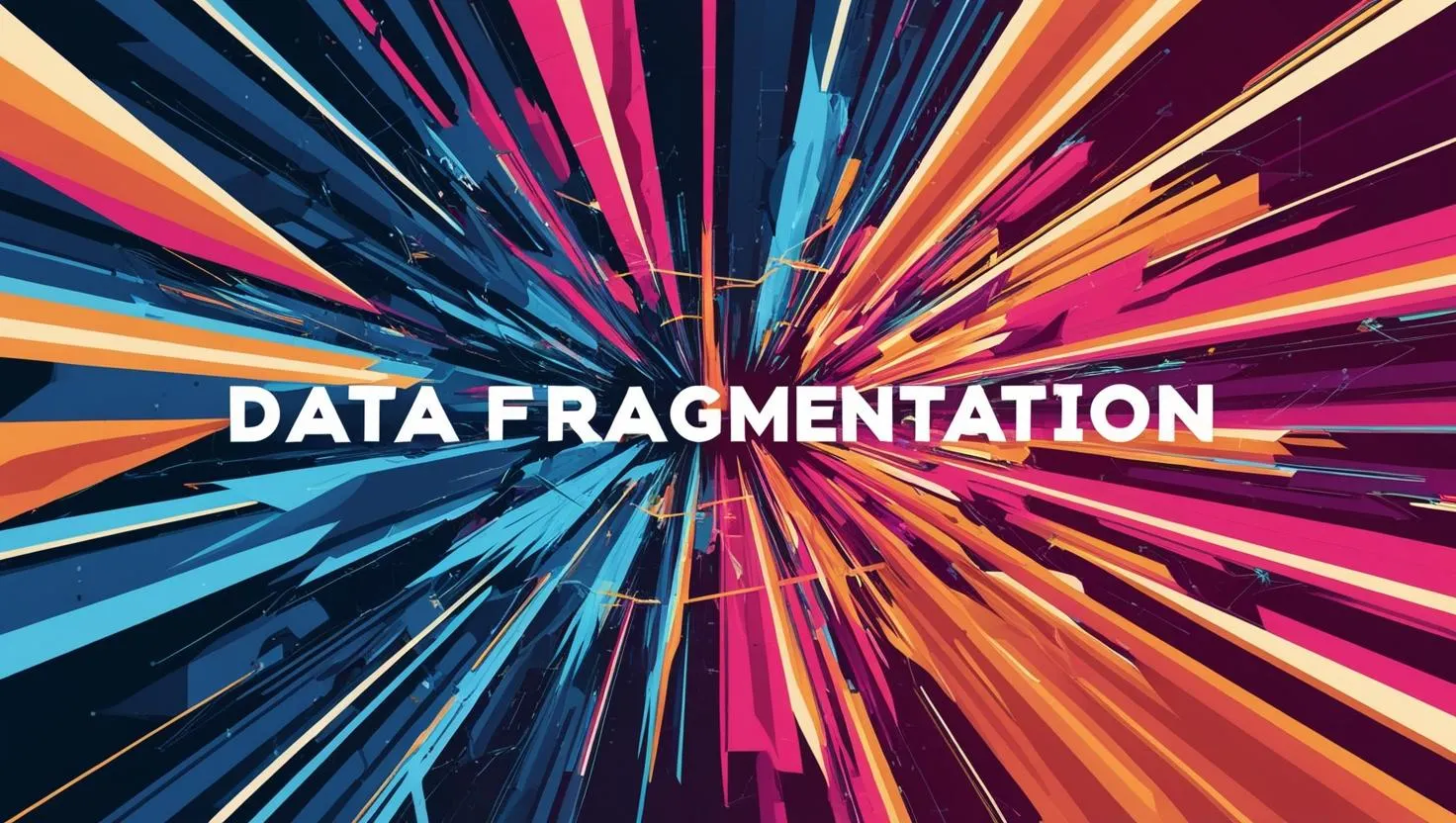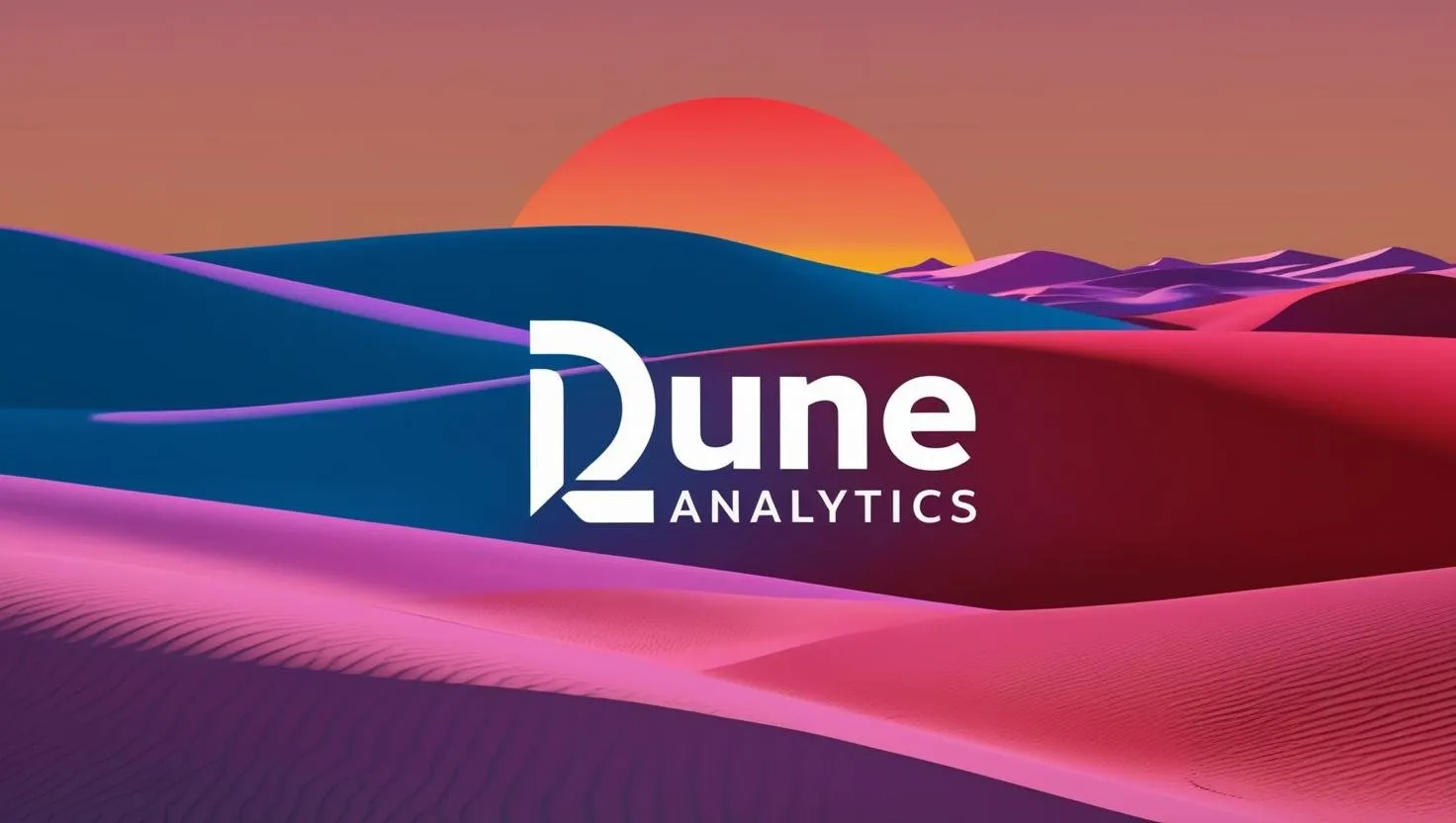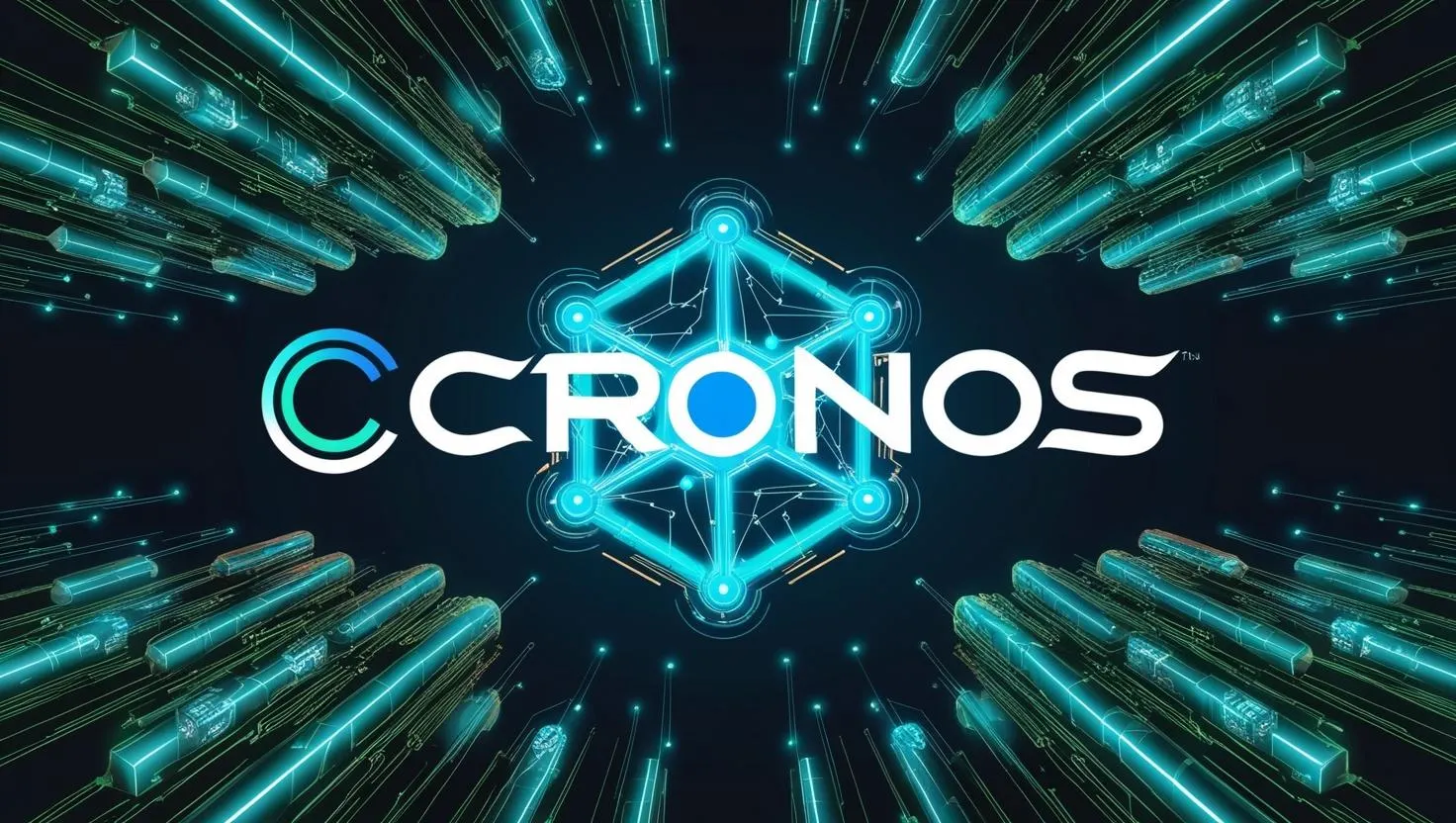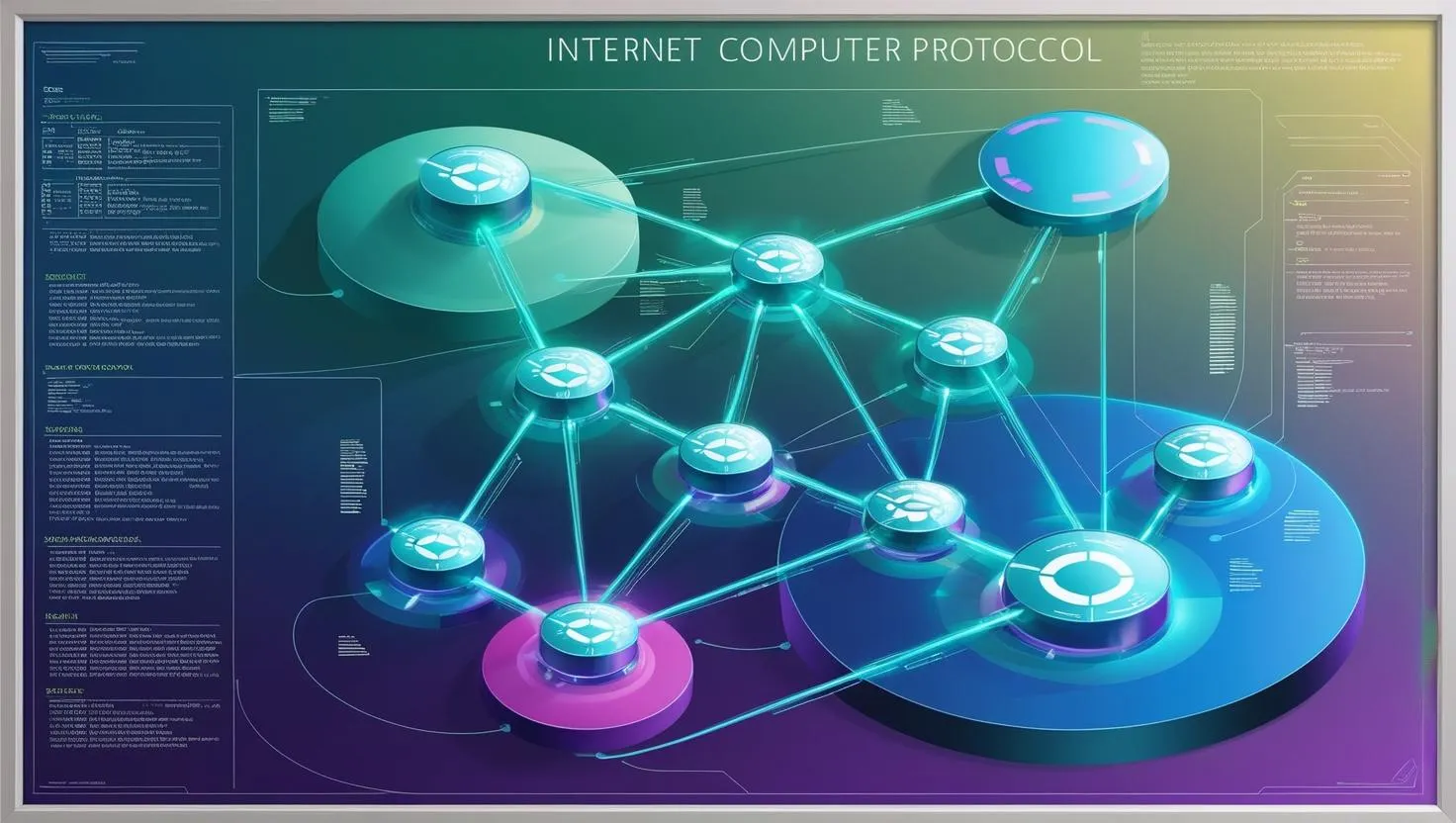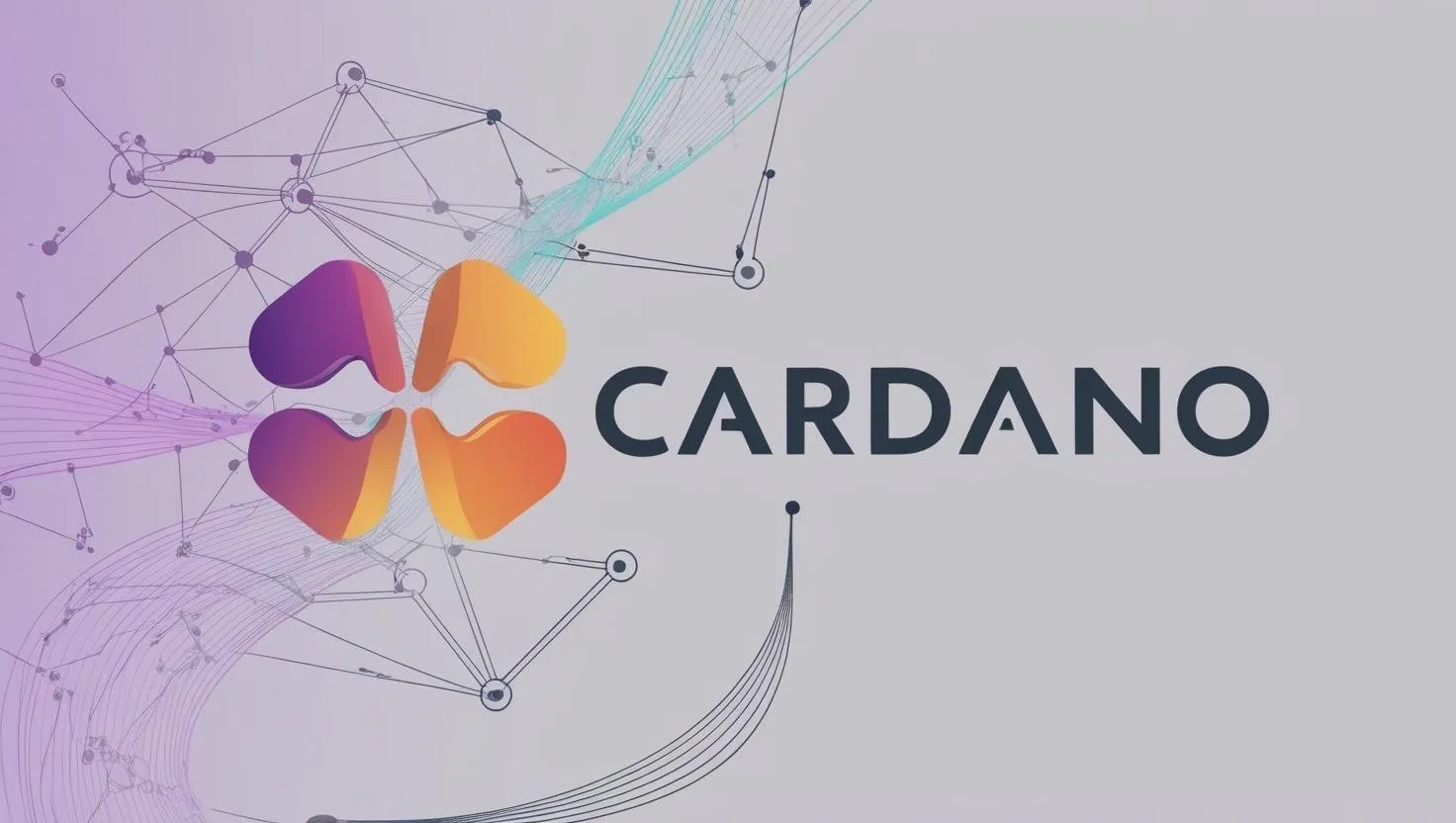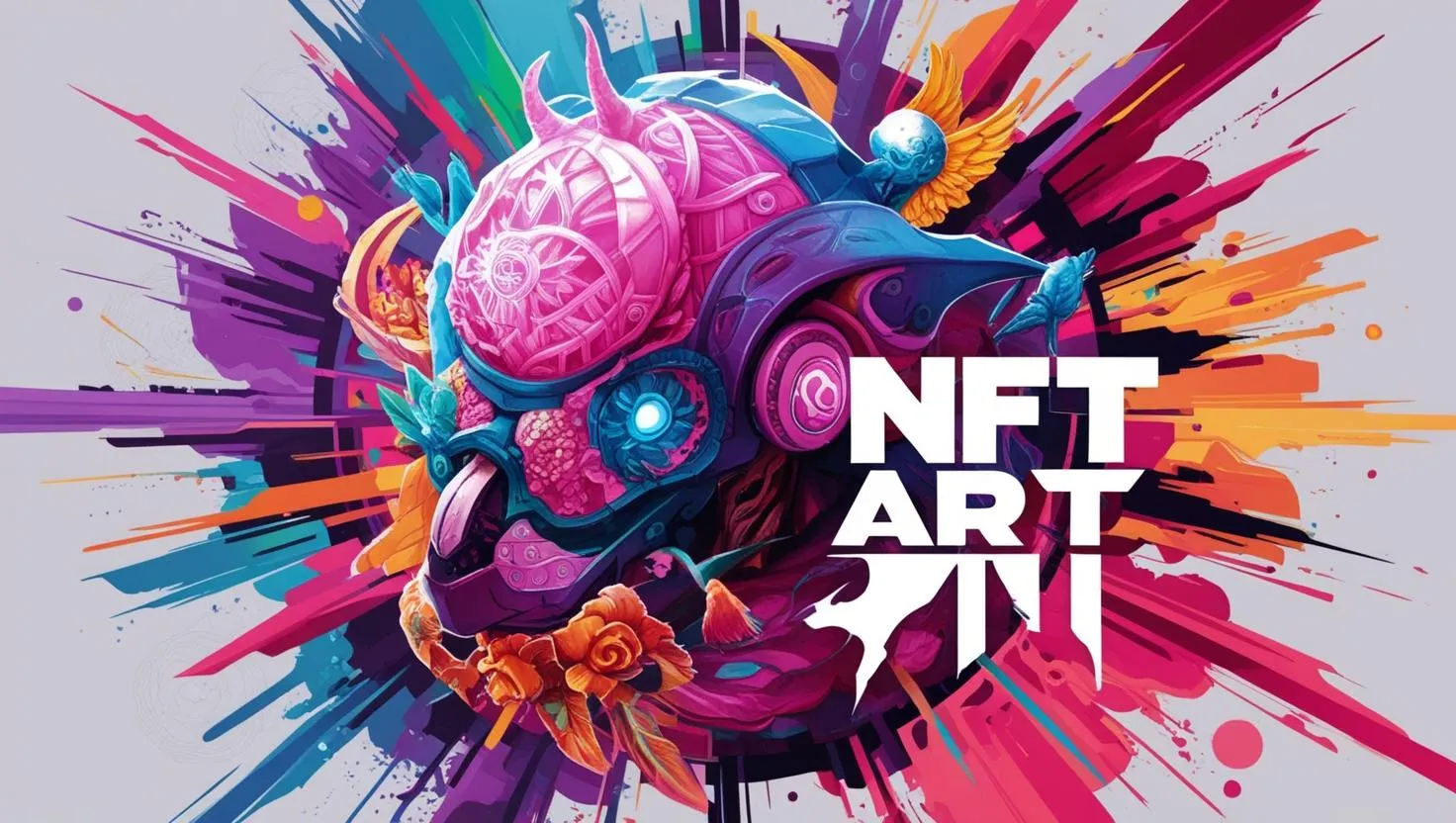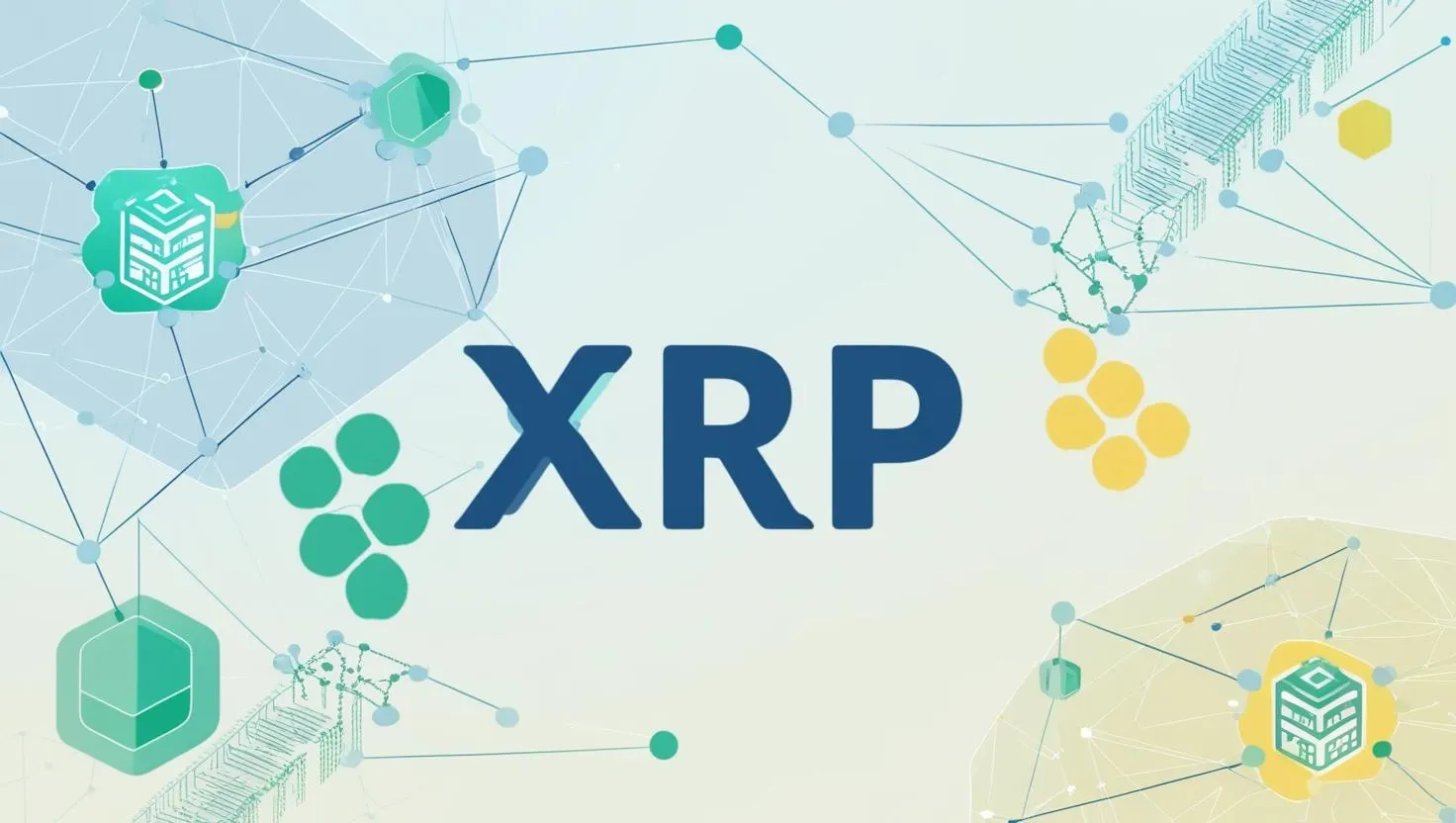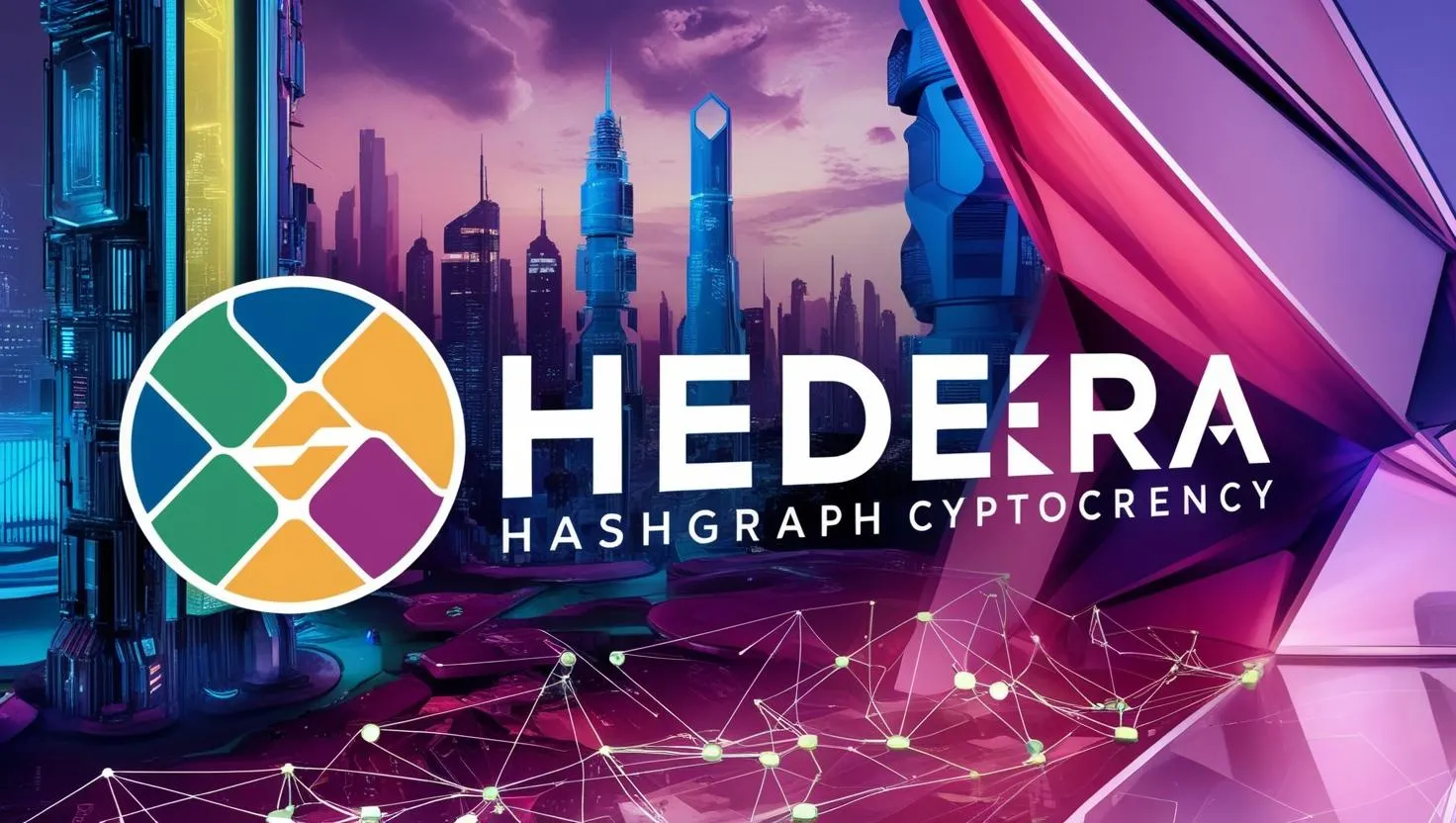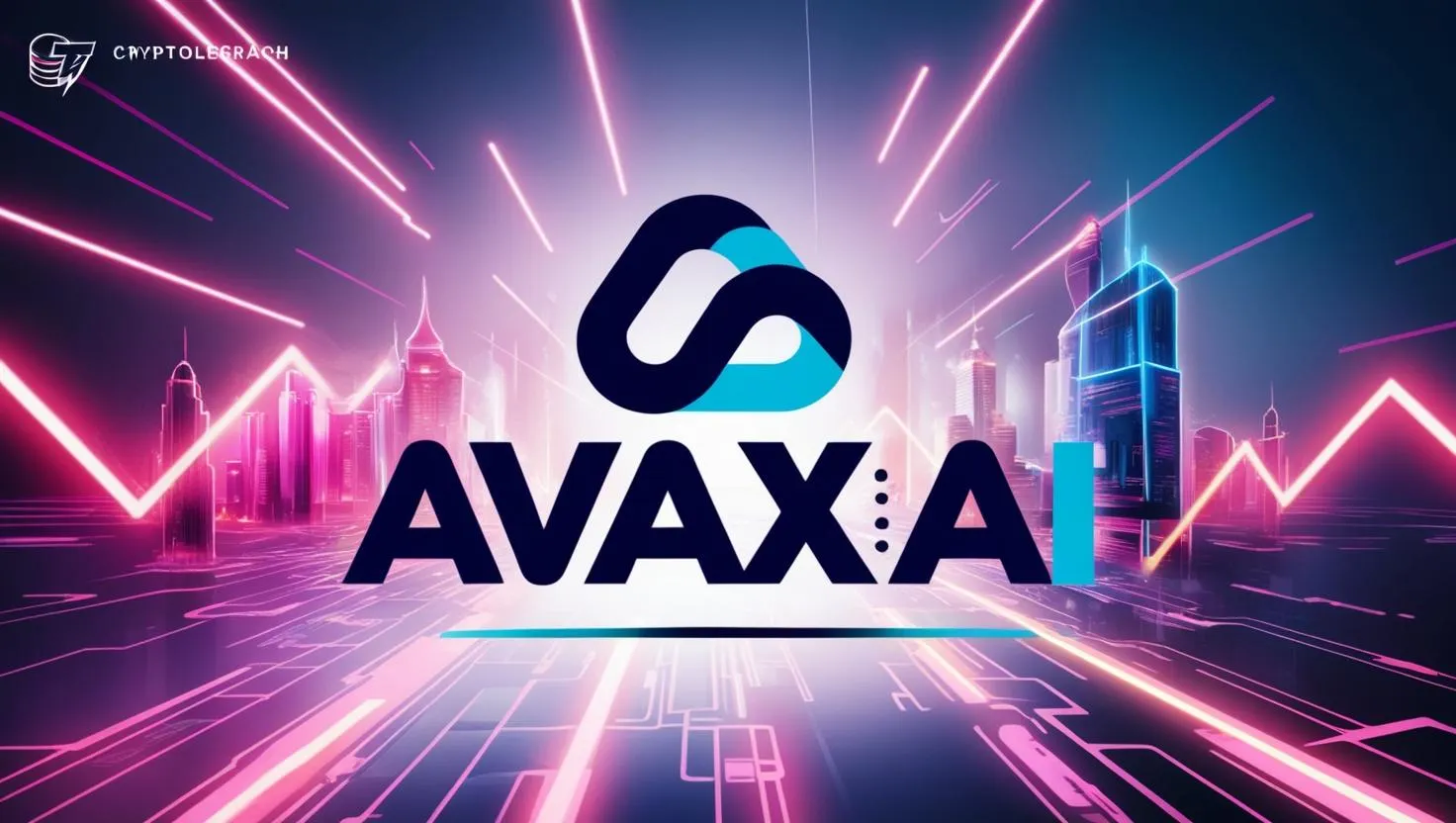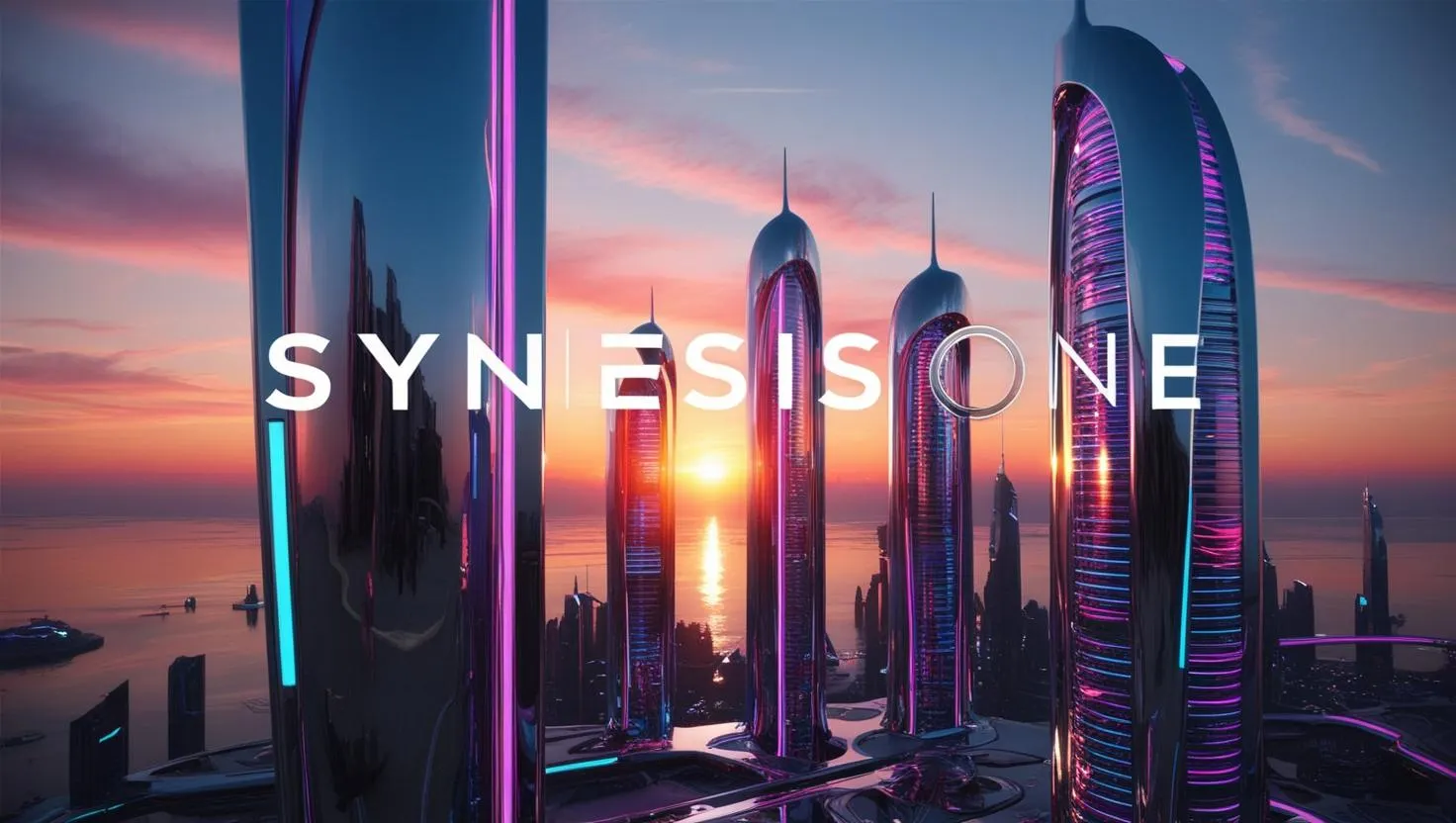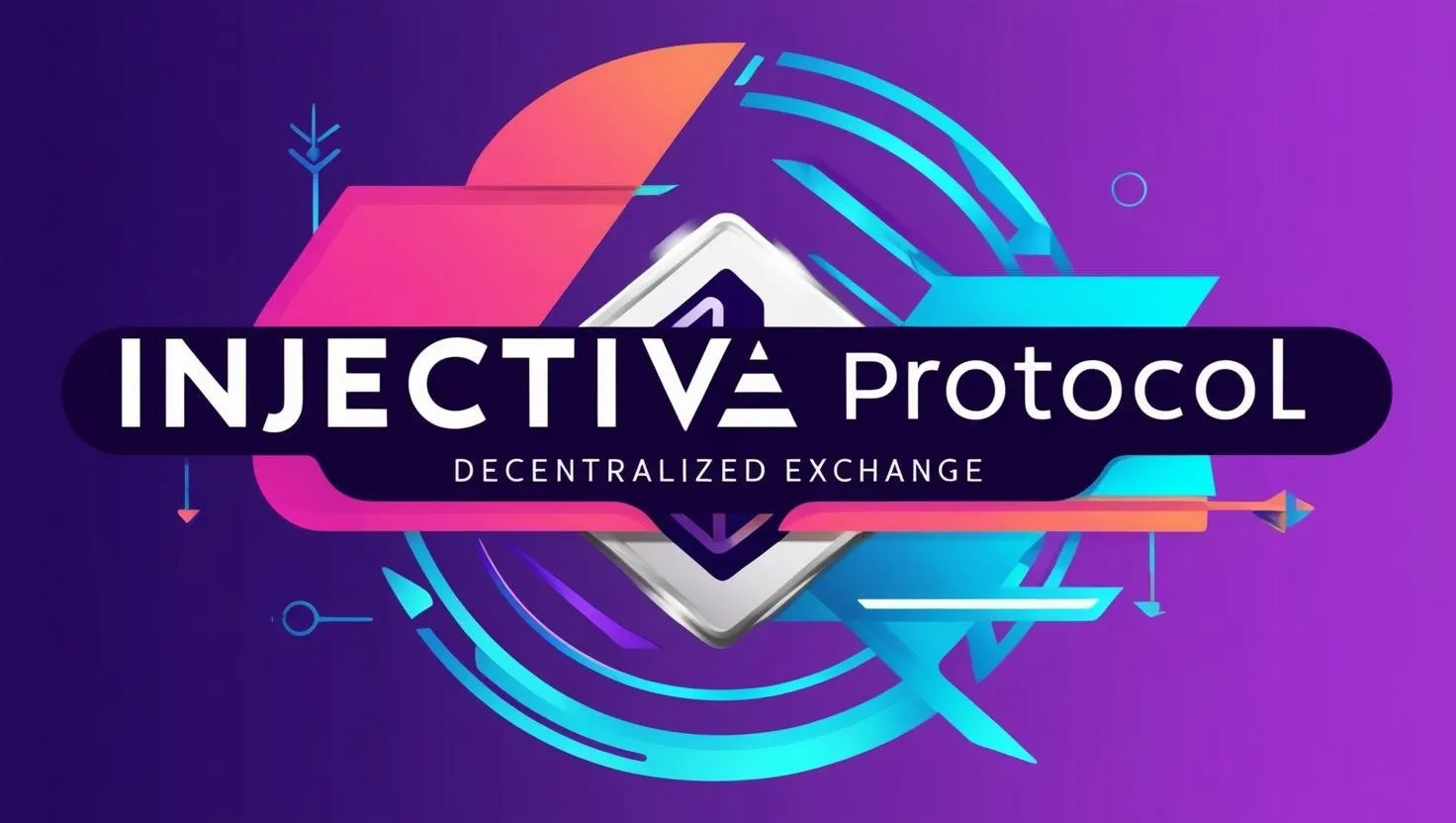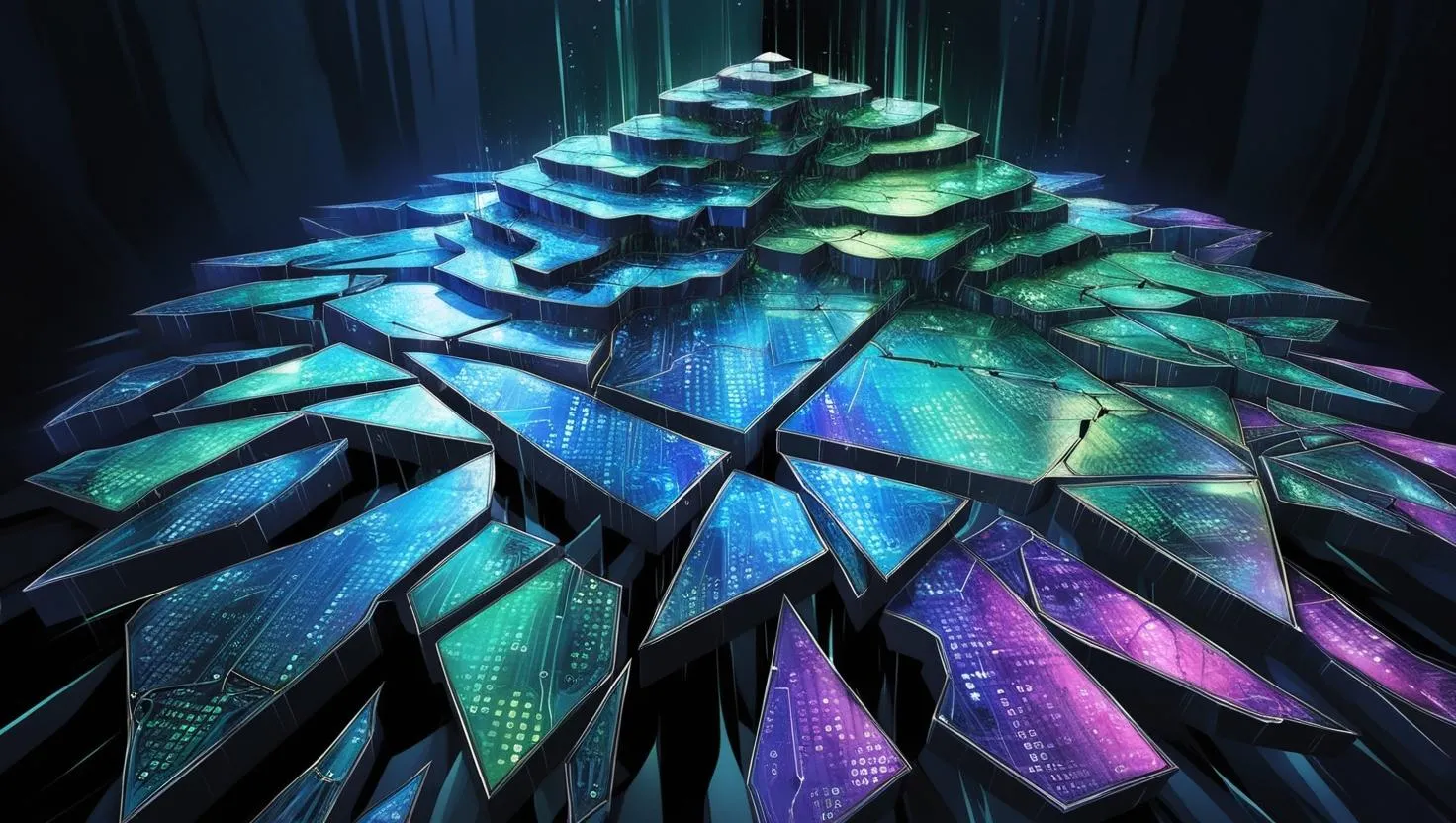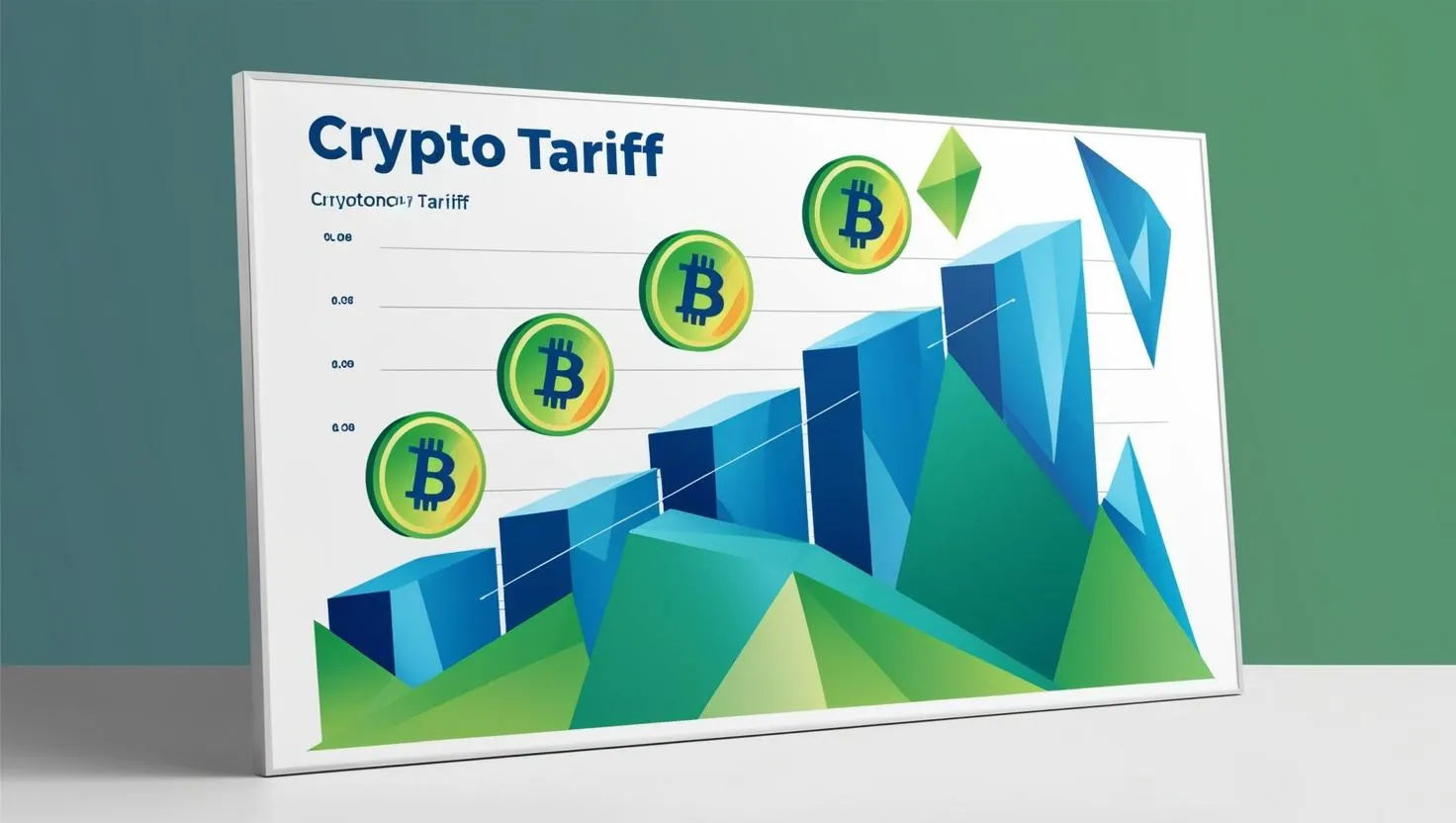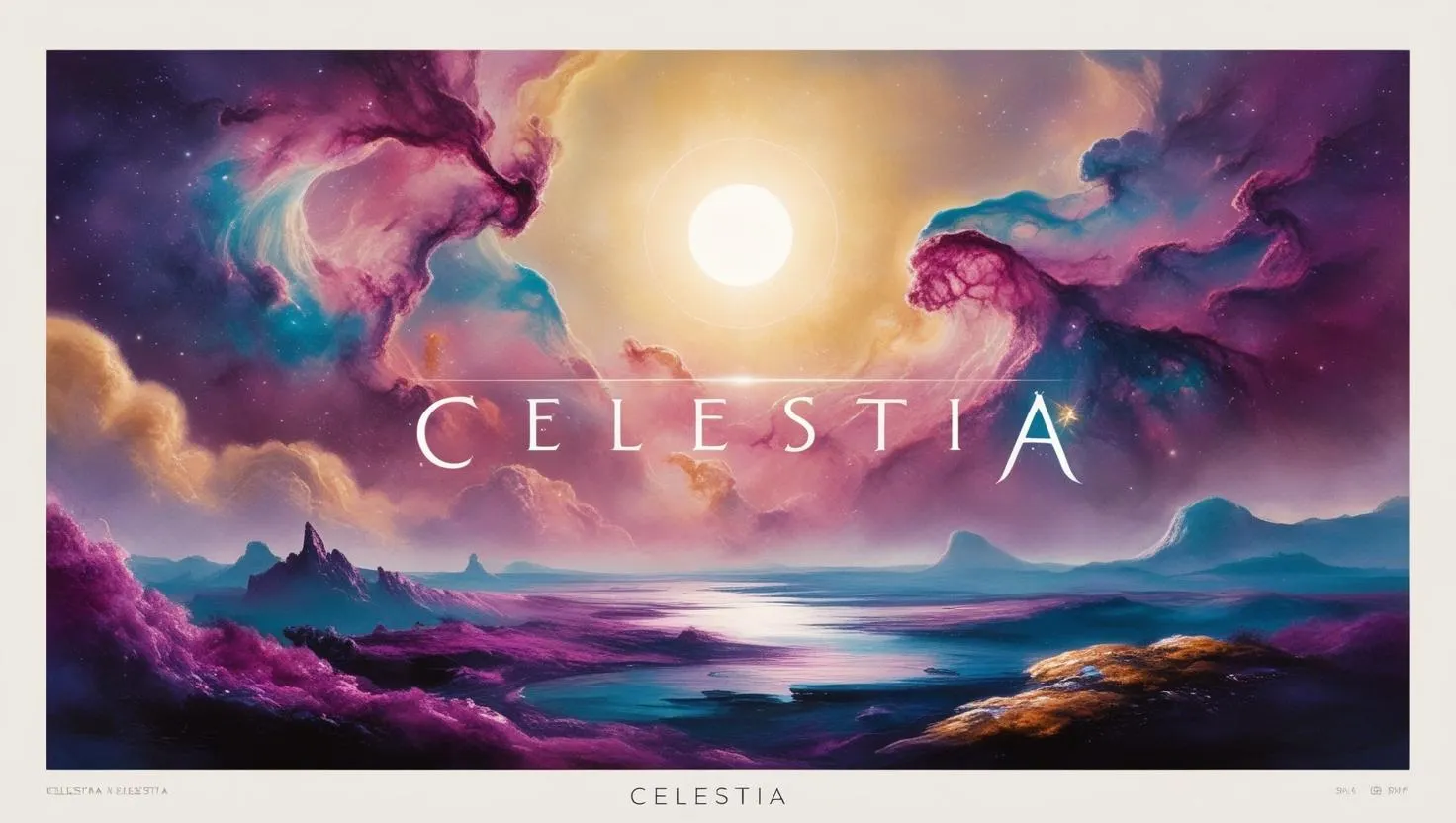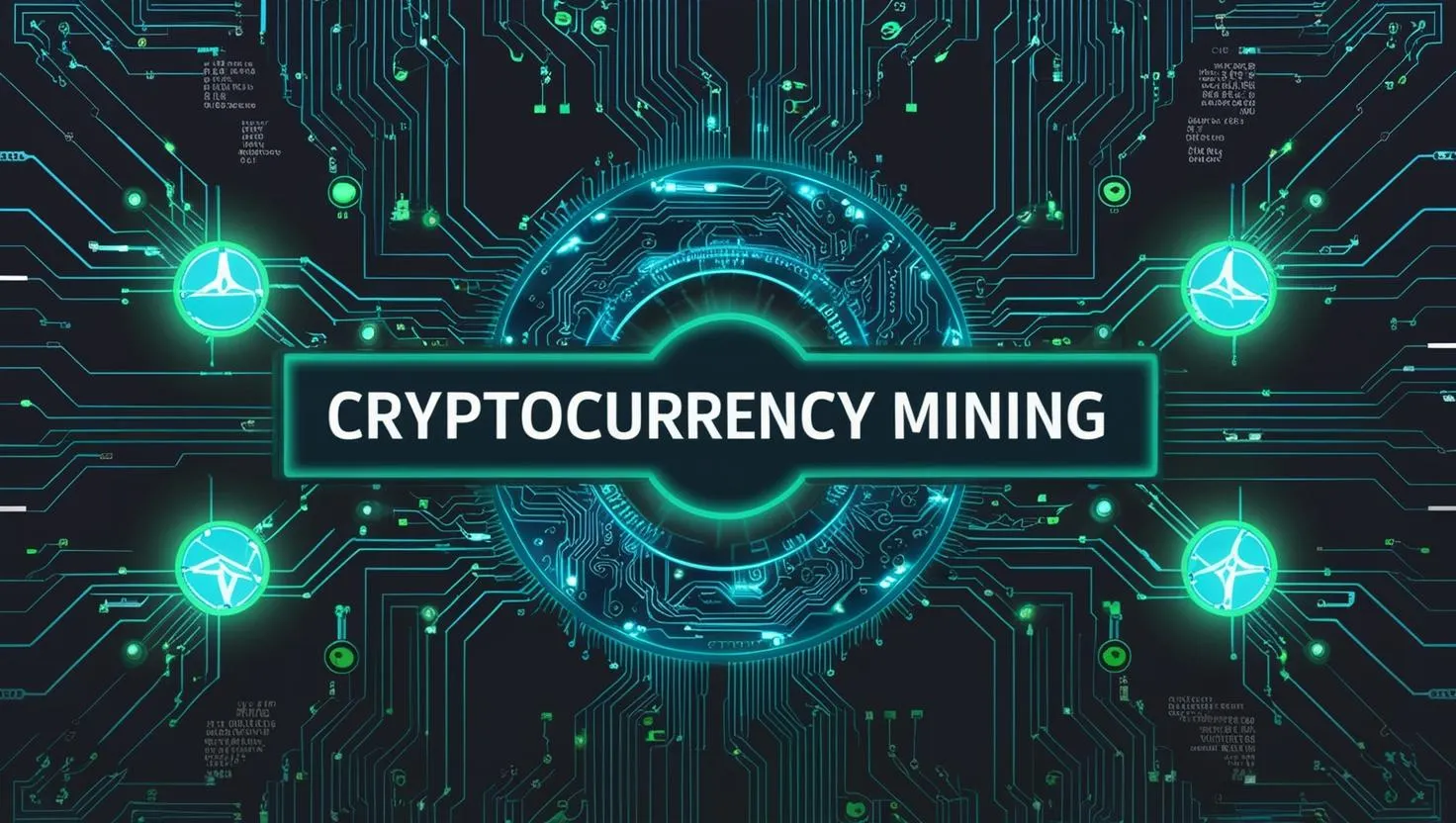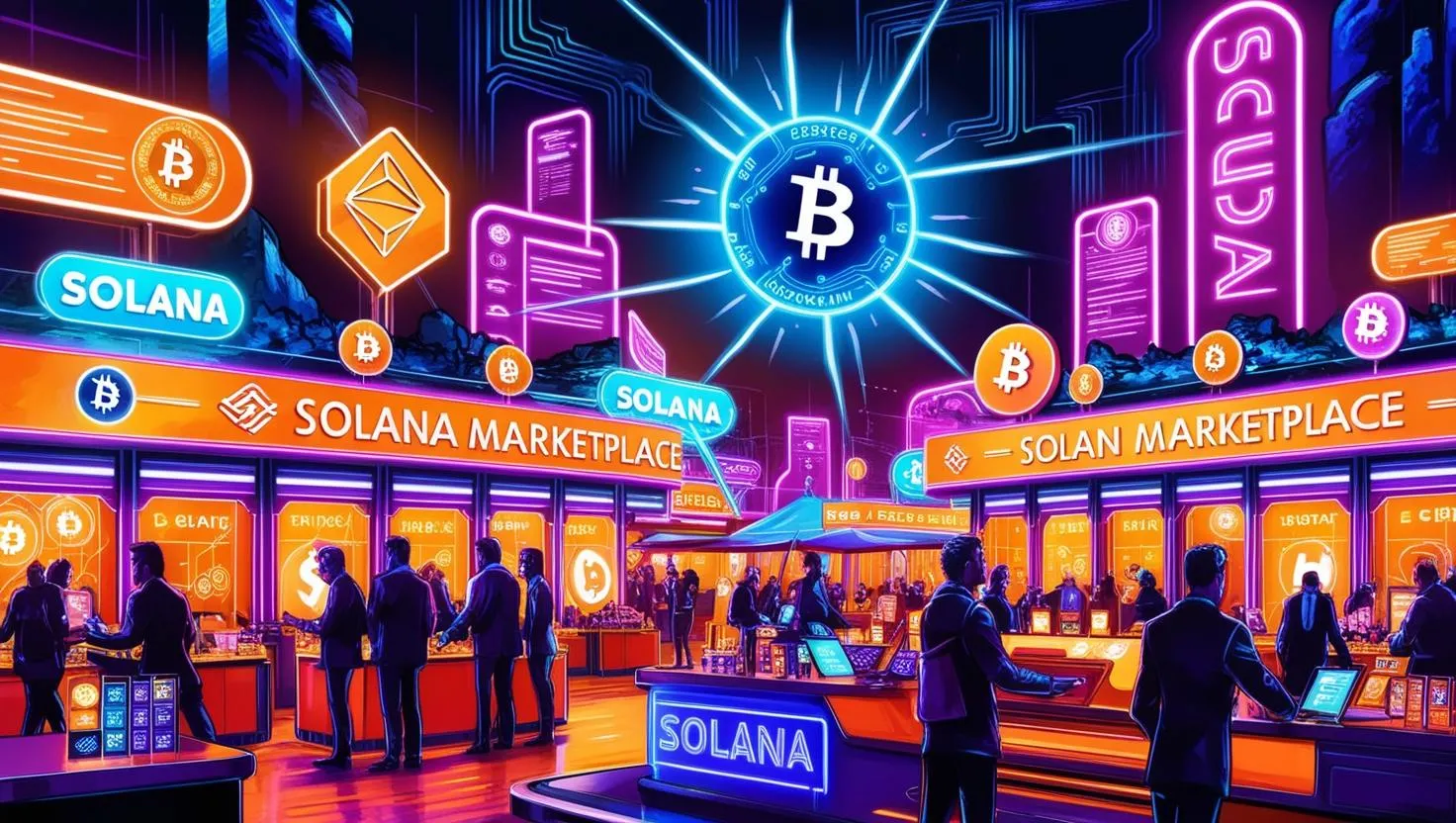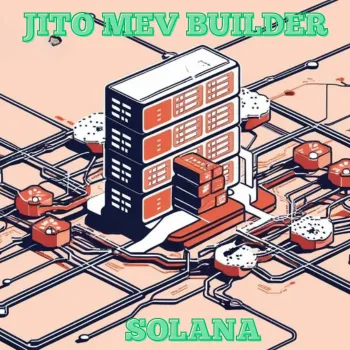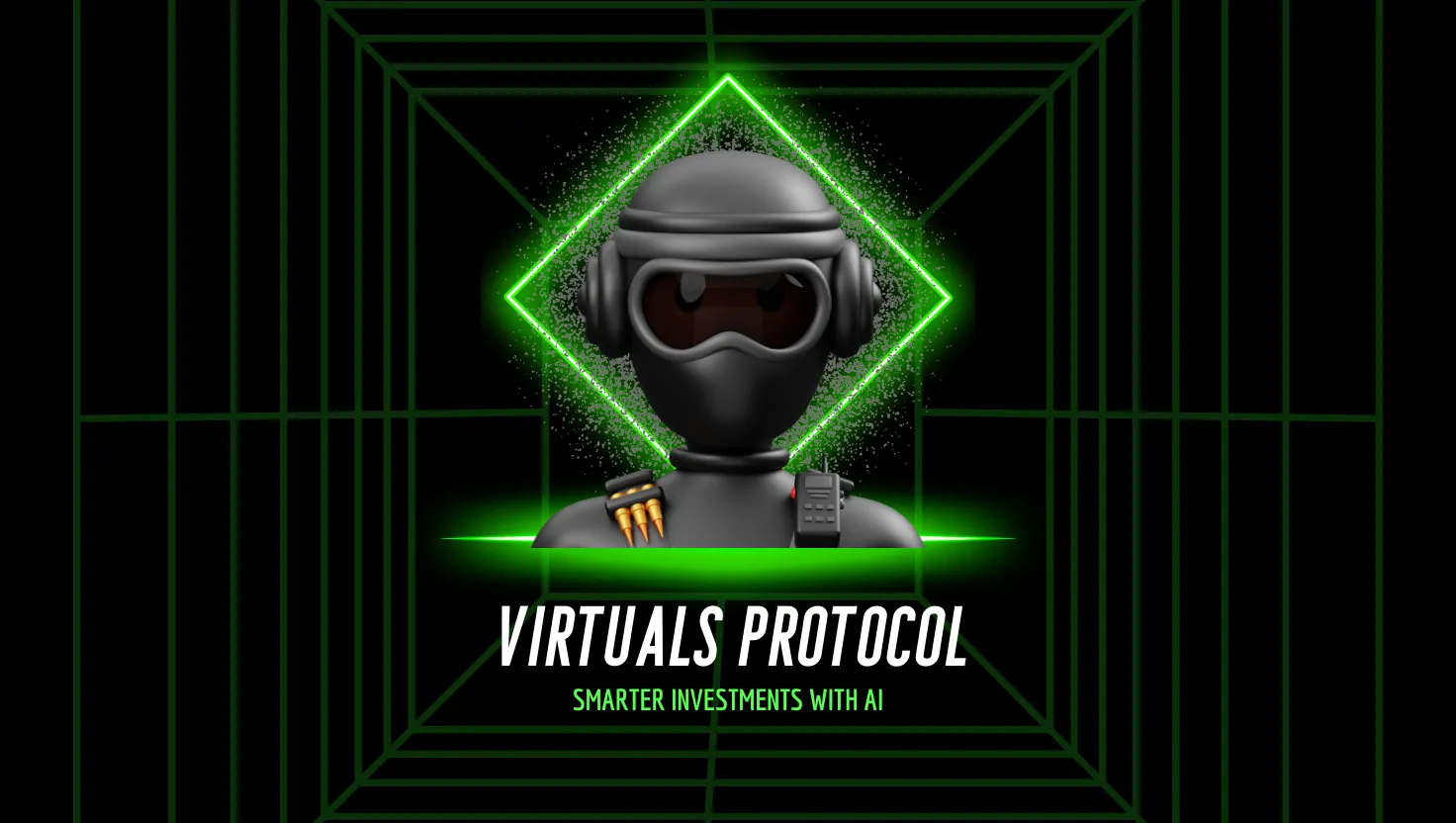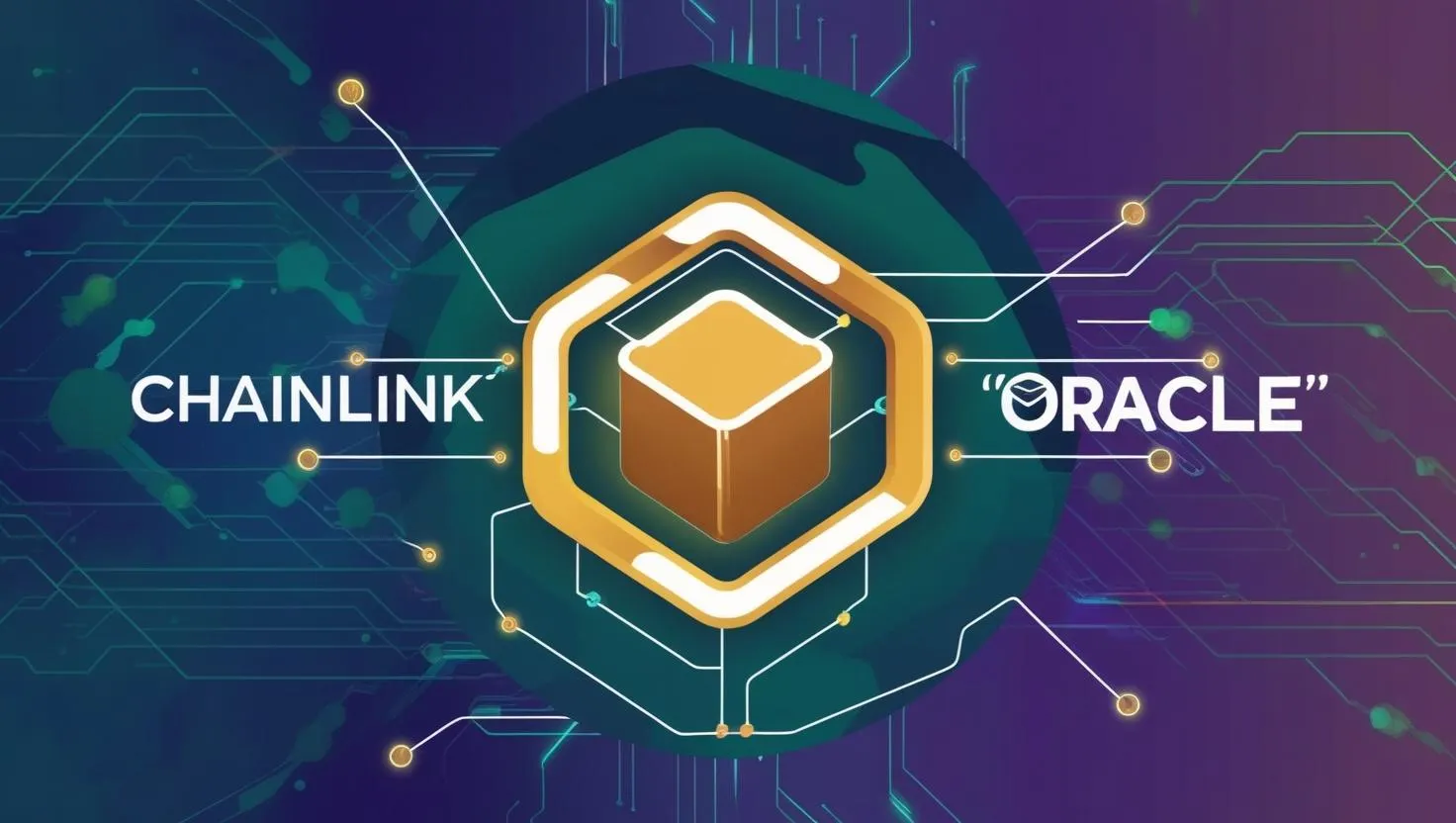BlockDAG: Revolutionizing Blockchain with Directed Acyclic Graph Technology
BlockDAG: Revolutionizing Blockchain with Directed Acyclic Graph Technology
The cryptocurrency landscape is a whirlwind of innovation, with new projects vying to solve the persistent challenges of scalability, speed, and decentralization. Among these contenders, BlockDAG has emerged as a standout, capturing the attention of investors, developers, and blockchain enthusiasts alike.
Promising to redefine Layer 1 blockchain technology through its unique Directed Acyclic Graph (DAG) architecture, BlockDAG aims to overcome the limitations of traditional blockchains like Bitcoin and Ethereum. With over $210 million raised in its presale, a robust team, and ambitious projections of reaching $1 per coin, BlockDAG is positioning itself as a potential game-changer in the crypto space.
But what exactly is BlockDAG, and does it live up to the hype? In this article, we’ll dive deep into its technology, features, team, roadmap, market performance, and the risks investors should consider.
What is BlockDAG?
BlockDAG is a Layer 1 blockchain that combines the security and decentralization of traditional Proof-of-Work (PoW) blockchains with the scalability and speed of Directed Acyclic Graph (DAG) technology. Unlike conventional blockchains, which process transactions in a linear chain of blocks, BlockDAG’s DAG structure allows multiple blocks to be processed simultaneously, referencing multiple preceding nodes.
This architecture eliminates bottlenecks, enabling faster transaction confirmations and higher throughput. BlockDAG claims to handle 10,000–15,000 transactions per second (TPS), far surpassing Bitcoin’s 7 TPS and Ethereum’s 15–30 TPS, making it a compelling solution for decentralized applications (dApps), DeFi, and other blockchain use cases.
Inspired by Bitcoin and Kaspa, BlockDAG builds on the principles of decentralization and security while introducing innovations to address the blockchain trilemma: the challenge of balancing scalability, security, and decentralization. Its hybrid consensus mechanism integrates PoW with DAG’s parallel processing, aiming to deliver industry-leading speeds, robust security, and high decentralization. Additionally, BlockDAG emphasizes accessibility, offering low-code/no-code development tools and mobile-friendly mining solutions to democratize participation in the blockchain ecosystem.
Core Technology: The Power of DAG
At the heart of BlockDAG’s innovation is its Directed Acyclic Graph (DAG) architecture. Traditional blockchains, such as Bitcoin, rely on a linear structure where each block references a single predecessor, leading to scalability issues as transaction volumes grow. In contrast, BlockDAG’s DAG allows blocks to reference multiple preceding nodes, enabling parallel transaction processing. This structure reduces latency, lowers transaction fees, and increases throughput, making it ideal for high-demand applications.
BlockDAG’s hybrid consensus mechanism combines the strengths of PoW and DAG. The PoW component ensures security and decentralization, preventing double-spending and maintaining network integrity through rigorous cryptographic audits. Meanwhile, the DAG structure enhances efficiency, allowing the network to process thousands of transactions per second without compromising security. The project also supports Ethereum-compatible smart contracts, leveraging the Ethereum Virtual Machine (EVM) and WebAssembly (WASM) to attract developers from Ethereum’s ecosystem. This interoperability broadens BlockDAG’s appeal for DeFi, NFTs, and other dApps.
Another key feature is BlockDAG’s focus on energy efficiency. Unlike Bitcoin’s energy-intensive mining, BlockDAG’s PoW algorithm is designed to be less resource-intensive, aligning with growing demands for environmentally sustainable blockchain solutions. The project’s eco-conscious mining approach, coupled with user-friendly tools like the X1 Miner App, allows individuals to mine BDAG coins using smartphones, lowering barriers to entry.
The BlockDAG Team: Expertise Driving Innovation
A project’s success often hinges on the strength of its team, and BlockDAG boasts a roster of experienced professionals in blockchain, cybersecurity, and fintech. Key contributors include:
- Antony Turner (Advisor for Partnerships Policy): A C-level executive and serial entrepreneur with extensive experience in fintech and blockchain, Turner drives strategic collaborations to advance BlockDAG’s industry presence.
- Dr. Maurice Herlihy (Advisor): A renowned computer scientist with a Ph.D. from MIT, Herlihy brings academic rigor and expertise in distributed computing. He has received prestigious awards, including the 2003 Dijkstra Prize and the 2004 Gödel Prize, and his research underpins BlockDAG’s technical foundation.
- Jeremy Harkness (Chief Technology Officer): With a background in blockchain, AI, and data engineering, Harkness leads BlockDAG’s technological development, ensuring scalable and secure solutions.
- Dr. Youssef Khaoulaj (Chief Security Officer): A cybersecurity and blockchain expert, Khaoulaj develops robust security strategies and conducts smart contract audits, bolstering BlockDAG’s defenses against vulnerabilities.
- Marius Bock (Senior Project Manager): Based in Cape Town, South Africa, Bock brings over 25 years of experience in blockchain, fintech, and enterprise software development to manage BlockDAG’s operations.
- Steven Clarke-Martin (Advisor): A technologist with two decades of experience in blockchain and digital transformation, Clarke-Martin contributes strategic insights to drive innovation.
The team’s transparency, with publicly listed profiles and credentials, enhances BlockDAG’s credibility. However, some skeptics on platforms like Reddit have questioned the authenticity of high-profile team members’ involvement, urging investors to verify claims independently.
Roadmap and Development Phases
BlockDAG’s roadmap, outlined in its 2024 plan, is ambitious yet structured, focusing on rapid development and market entry. The project is divided into key phases:
- Launch Phase (Presale and Foundation):
- Set and publicize the initial value of BDAG coins.
- Develop and deploy BDAG smart contracts, followed by thorough audits.
- Launch targeted marketing campaigns to attract global investors.
- Development Phase (Presale Growth and Mainnet):
- Continue mainnet development while maintaining presale momentum.
- Develop BDAG-optimized hardware and mobile apps, such as the X1 Miner App.
- Form strategic partnerships with technologists for mining solutions.
- Conduct market research to stay ahead of trends and engage the community.
- Testnet and Mainnet Launch:
- The Primordial Testnet launched in September 2024, allowing developers to test BlockDAG’s infrastructure. Early feedback praised its transaction speeds, with internal trials exceeding standard blockchain rates.
- The Alpha Testnet is currently live, marking a milestone toward the mainnet launch, projected within six months from early 2025. This aggressive timeline underscores BlockDAG’s operational vigor.
- Exchange Listings and Ecosystem Growth:
- BlockDAG plans to list BDAG on over 10 centralized exchanges (CEXs) in 2025, boosting liquidity and visibility. CEO Antony Turner has expressed confidence in a “launch for the record books.”
- The Decentralized Collaboration Fund, a $15 million initiative, supports independent developers and startups building DAG-based projects, fostering ecosystem growth.
- Educational initiatives, including webinars, hackathons, and courses, aim to onboard users and developers. A hackathon slated for Q1 2025 offers up to $250,000 in prizes for dApp innovations.
The roadmap’s focus on community engagement, transparency, and rapid execution has fueled optimism, but some investors remain cautious, citing delays in delivering promised features like miners and clear launch dates.
Presale Performance: A Meteoric Rise
BlockDAG’s presale has been nothing short of extraordinary, raising over $210.5 million and selling 19.1 billion BDAG coins across 27 batches. Starting at $0.001 per coin, the price has surged to $0.0248, delivering a 2,380% ROI for early investors. This success reflects strong market confidence and growing adoption, with over 170,000 unique holders and significant interest from institutional and whale investors.
The presale structure emphasizes fair token distribution, with 33% allocated to presale, 66% to community and miners, and just 1% to the team, fostering a decentralized ecosystem. Analysts predict BDAG could reach $1 by 2025 post-listing, driven by CEX listings and increasing demand. Some even project a 20,000x ROI by 2027, with a potential price of $20, though such forecasts are speculative and depend on market conditions.
Mining and Accessibility
BlockDAG’s mining model is designed to be inclusive and energy-efficient, contrasting with Bitcoin’s resource-intensive requirements. The project offers a range of mining devices, including:
- X1 Miner App: A mobile app that transforms smartphones into mining devices, making crypto accessible to novices.
- X10, X30, and X100 Miners: Hardware solutions for hobbyists and large-scale operations, optimized for efficiency and profitability.
BlockDAG’s mining architecture promotes decentralization by distributing power among a diverse community, reducing the risk of network control by a single entity. However, some users on Trustpilot have raised concerns about the legitimacy of mining devices, alleging that images resemble photoshopped ASIC miners. Others defend the approach, comparing it to tuning hardware for efficiency, but skepticism persists.
Community and Transparency
BlockDAG prioritizes community engagement through initiatives like the TG Tap Miner game, which gamifies blockchain learning, and regular polls to guide feature development. The project’s Ask Me Anything (AMA) sessions, such as the one in December 2024, provide transparent updates on progress and address community concerns.
However, transparency has been a point of contention. While BlockDAG lists its team and roadmap publicly, some investors on Reddit and Trustpilot have criticized unclear responses regarding partnerships (e.g., with Borussia Dortmund and Inter Milan) and unfulfilled promises, such as the TG Tap Miner’s 200:1 conversion ratio. Reports of coins disappearing from dashboards and a dissolved company (DAG Systems LTD) linked to BlockDAG have fueled scam allegations, though supporters argue these issues stem from impersonation or misinformation.
Risks and Considerations
While BlockDAG’s potential is undeniable, investing in cryptocurrencies, especially presales, carries significant risks:
- Speculative Nature: Price predictions like $1 or $20 are speculative and depend on market adoption, competition, and macroeconomic factors. Past crypto failures, such as Luna, highlight the volatility of presales.
- Transparency Concerns: Allegations of fake partnerships, AI-generated content, and unresolved investor complaints raise red flags. The dissolved status of DAG Systems LTD since 2014 is particularly concerning, though it’s unclear if this entity is directly tied to BlockDAG’s operations.
- Technical Risks: Despite a successful testnet, the mainnet’s performance remains unproven. Scalability claims of 15,000 TPS are ambitious, and any vulnerabilities could undermine trust.
- Market Competition: BlockDAG competes with established Layer 1 blockchains like Solana, Cardano, and Kaspa, which have proven track records. Its success hinges on delivering on promises and attracting developers.
Investors should conduct thorough due diligence, verify partnerships, and only invest what they can afford to lose. Consulting a financial advisor is advisable, as crypto markets are inherently volatile.
BlockDAG vs. Competitors
To understand BlockDAG’s position, let’s compare it to two notable competitors:
- Kaspa: Like BlockDAG, Kaspa uses a BlockDAG structure for high transaction throughput. However, BlockDAG claims superior scalability (15,000 TPS vs. Kaspa’s 100 TPS) and EVM compatibility, making it more versatile for dApps. Critics argue BlockDAG’s marketing mimics Kaspa to attract its community, raising ethical concerns.
- Solana: Solana’s Proof-of-History consensus achieves high speeds (65,000 TPS) but has faced outages, highlighting centralization risks. BlockDAG’s hybrid PoW-DAG model prioritizes decentralization, though its real-world performance is untested.
BlockDAG’s low-code tools and mobile mining give it an edge in accessibility, but it must prove its technical superiority to compete with Solana’s established ecosystem.
The Future of BlockDAG
BlockDAG is at a pivotal moment. Its presale success, innovative technology, and ambitious roadmap position it as a crypto to watch in 2025. The planned CEX listings, mainnet launch, and $15 million Decentralized Collaboration Fund signal a commitment to growth and adoption. If BlockDAG delivers on its promises—achieving 15,000 TPS, maintaining decentralization, and fostering a vibrant dApp ecosystem—it could rival top Layer 1 blockchains.
However, challenges remain. Transparency issues, unverified partnerships, and scam allegations could erode trust if not addressed. The crypto market is unforgiving, and projects that fail to deliver often fade into obscurity. BlockDAG’s ability to execute its roadmap, engage its community, and navigate competition will determine whether it becomes the “next big thing” or another cautionary tale.
Conclusion: Should You Invest in BlockDAG?
BlockDAG offers a compelling vision: a scalable, secure, and decentralized blockchain that empowers users and developers alike. Its DAG architecture, eco-friendly mining, and EVM compatibility make it a strong contender in the Layer 1 space. With a presale haul of over $210 million and projections of significant price growth, it’s no surprise that investors are excited.
Yet, enthusiasm must be tempered with caution. The crypto market is rife with risks, and BlockDAG’s transparency issues and unproven mainnet warrant scrutiny. For those considering investment, thorough research is essential. Verify the team’s credentials, scrutinize partnerships, and monitor community feedback on platforms like Reddit and Trustpilot. Above all, only invest what you can afford to lose, as the crypto rollercoaster is unpredictable.
BlockDAG represents a bold step toward a decentralized future, but its success hinges on execution and trust. Whether you’re a developer, investor, or crypto enthusiast, keep an eye on BlockDAG—it might just redefine what’s possible in blockchain technology. For more information, visit blockdag.network and join the conversation on their Telegram or Discord.

